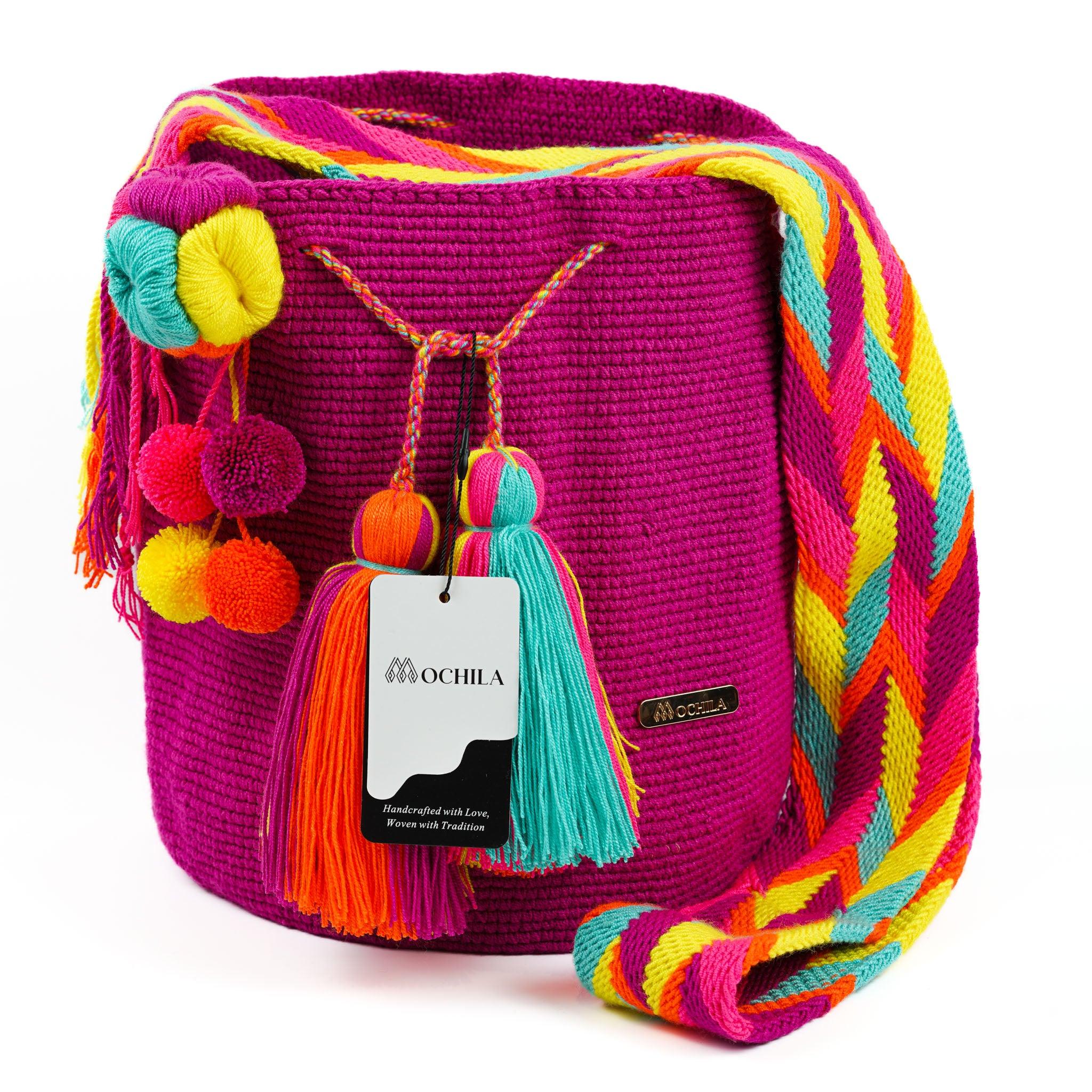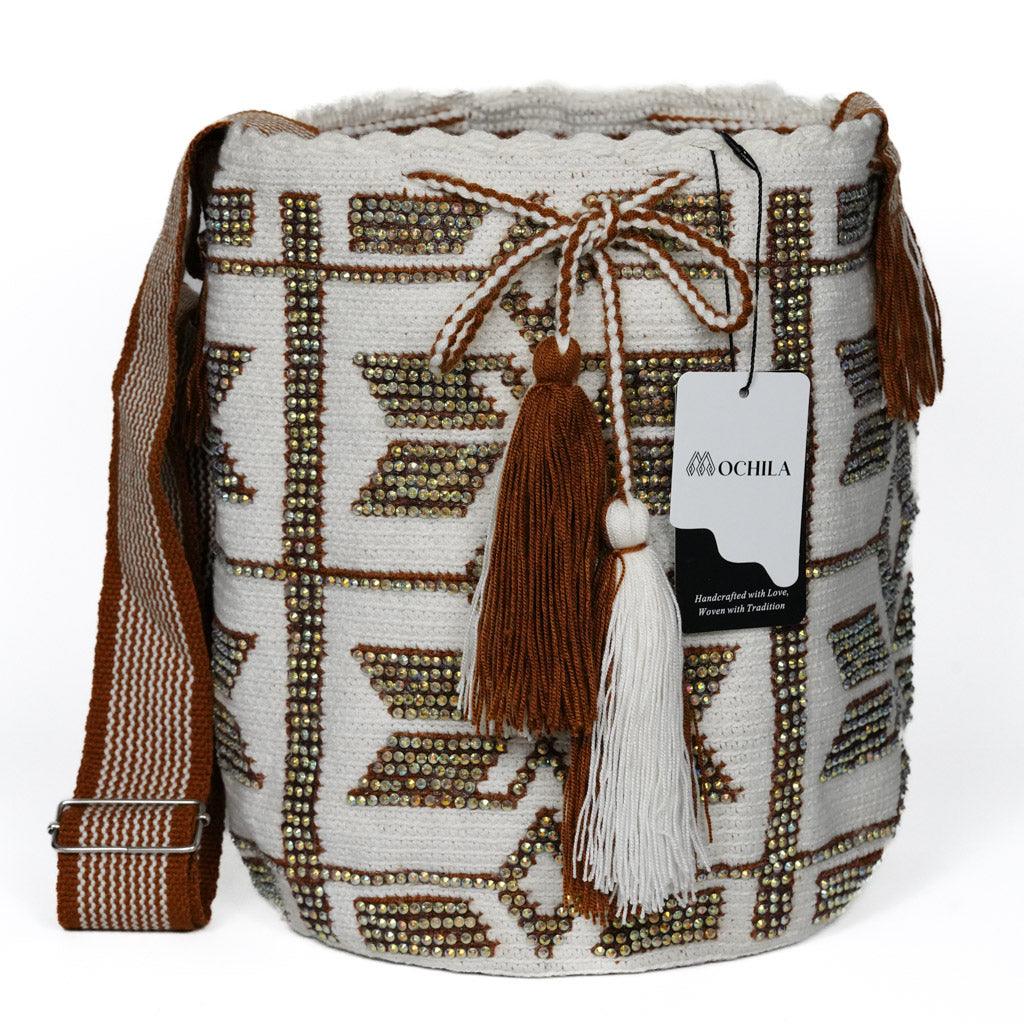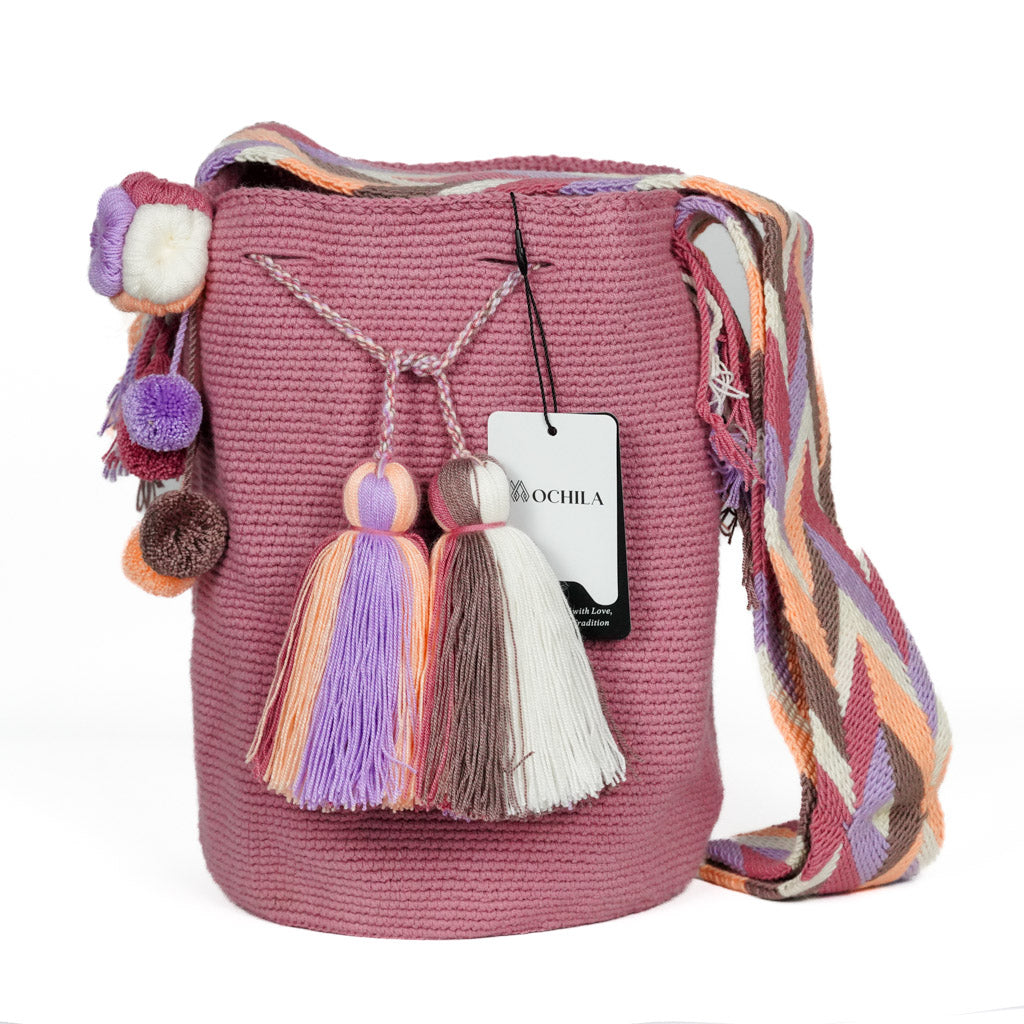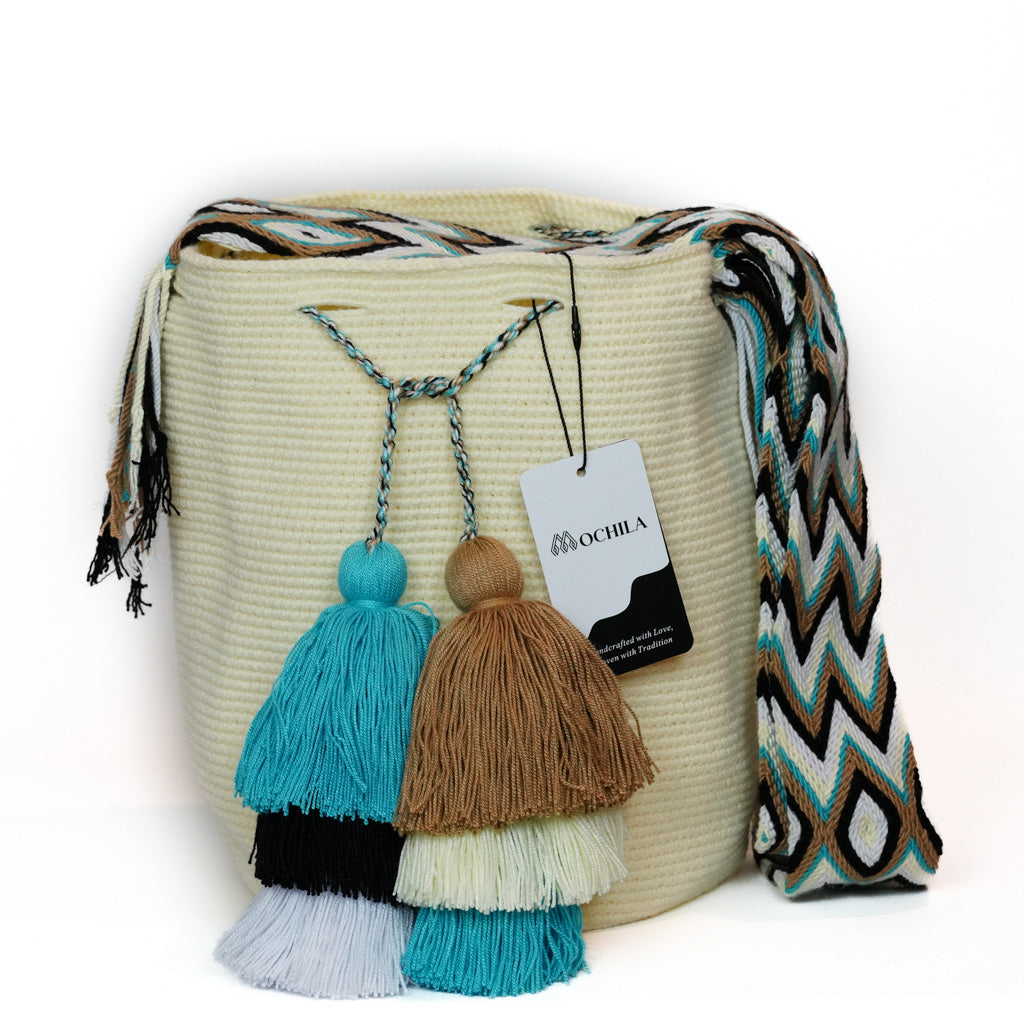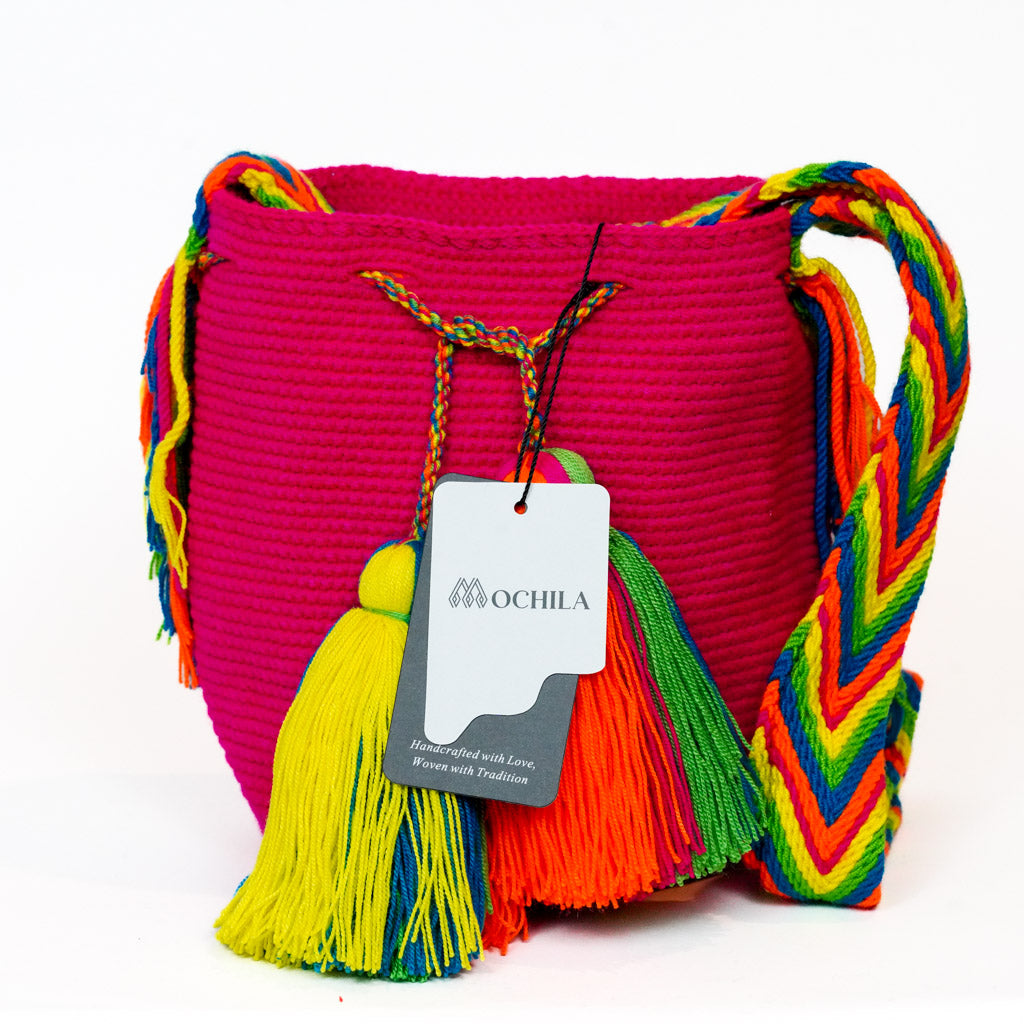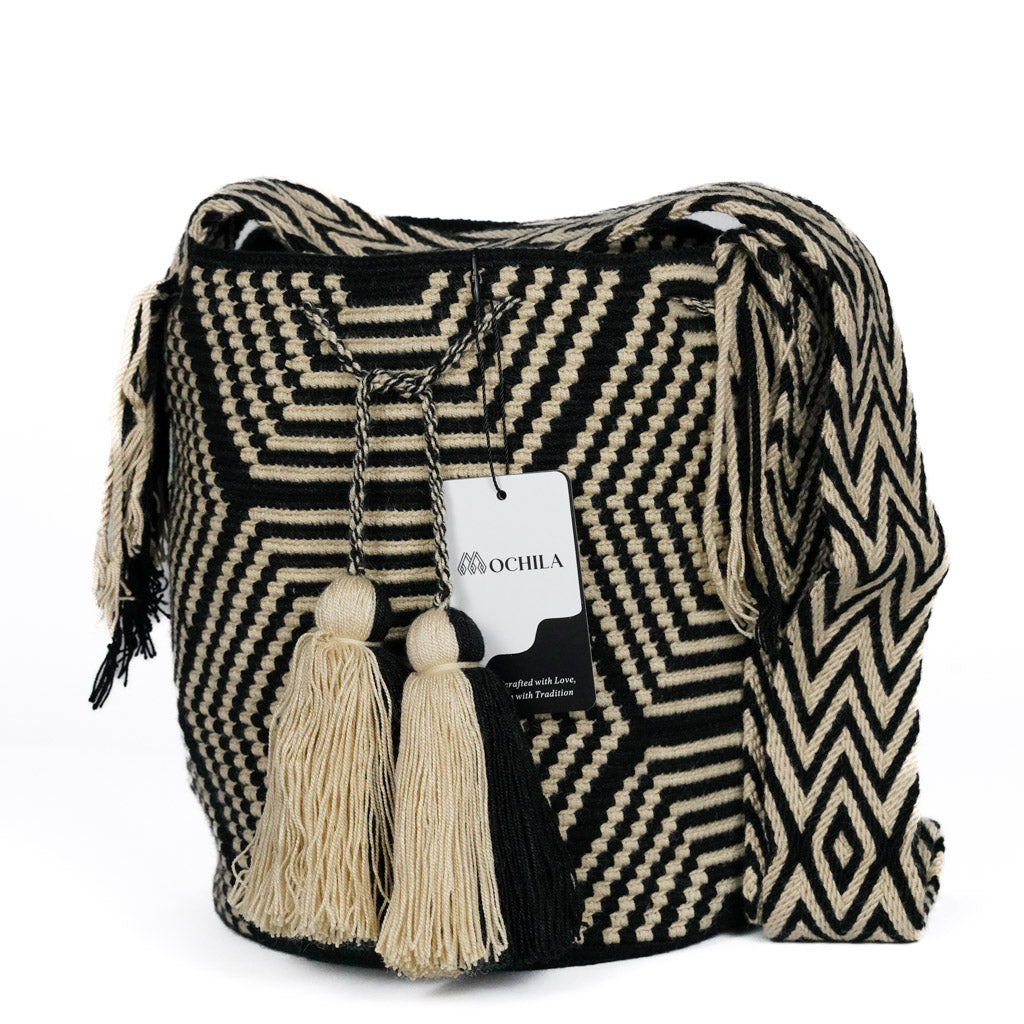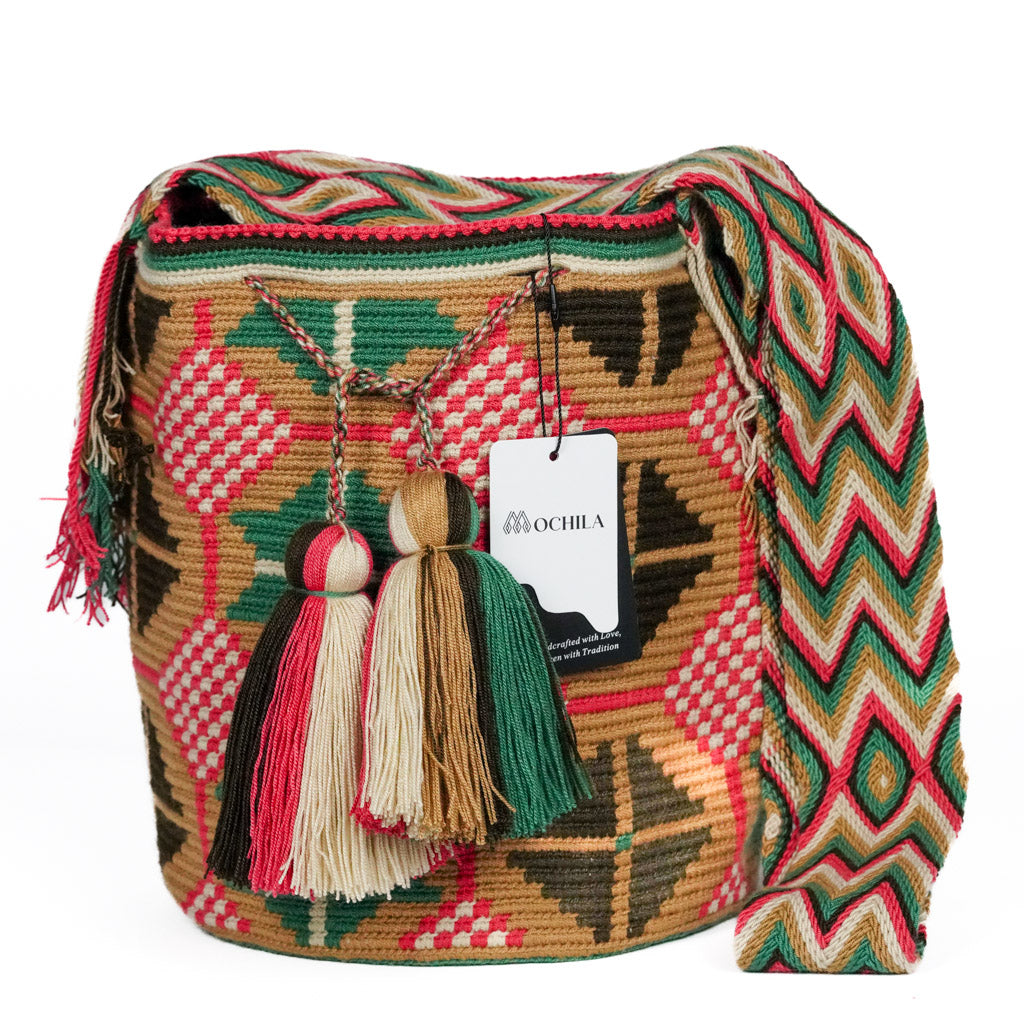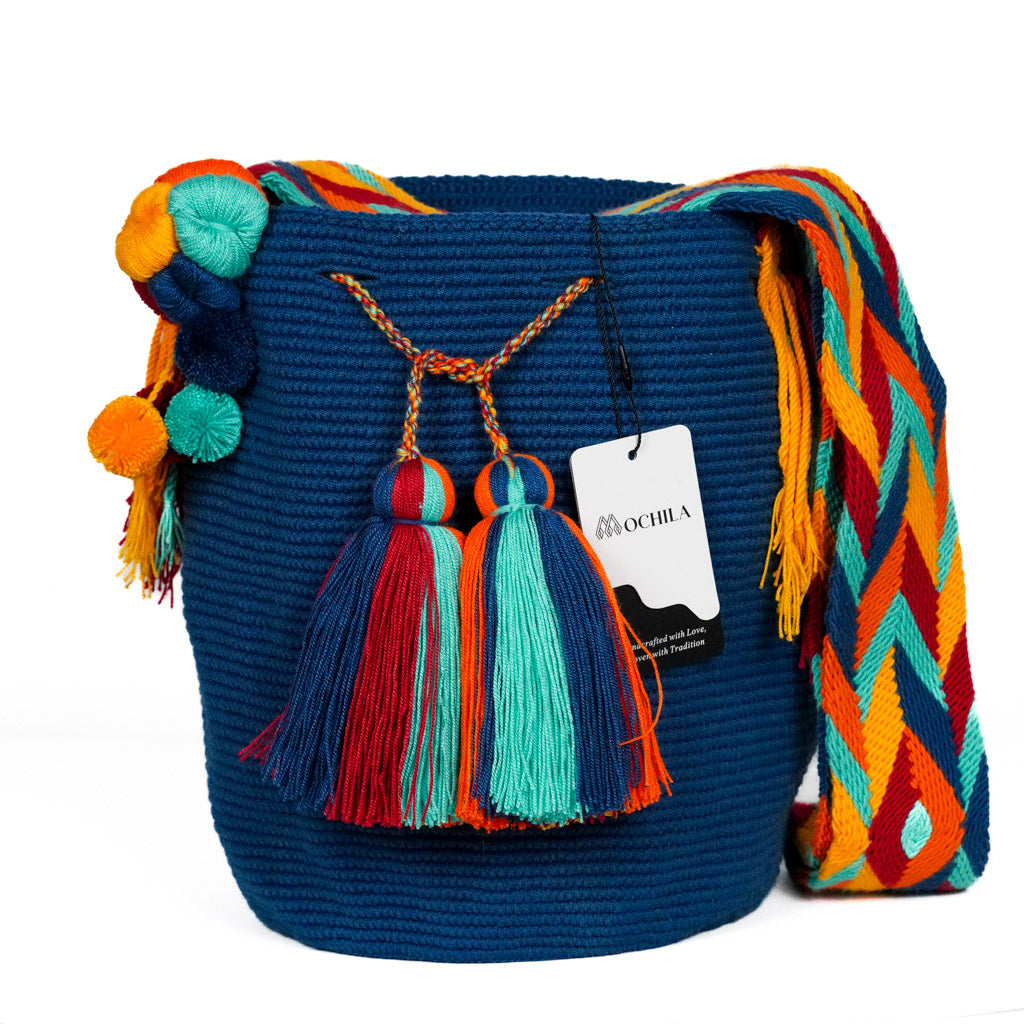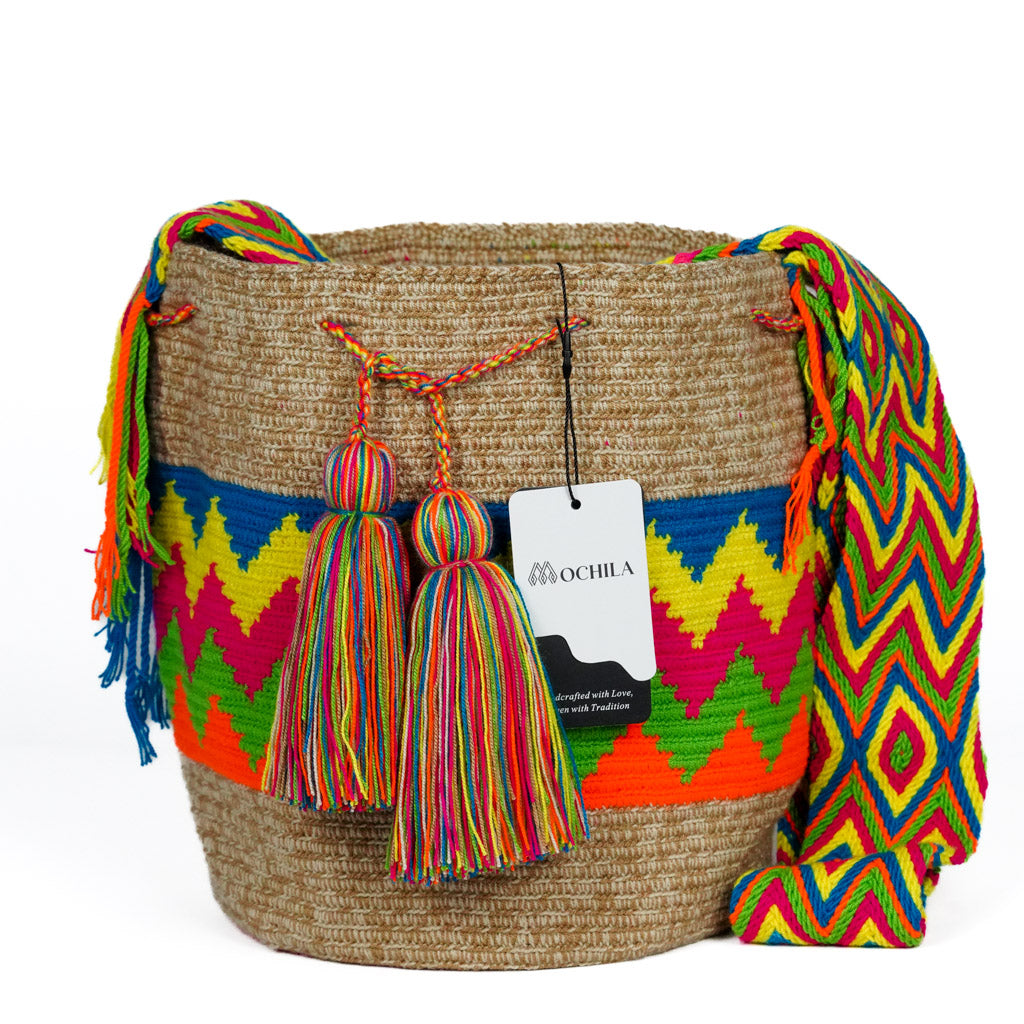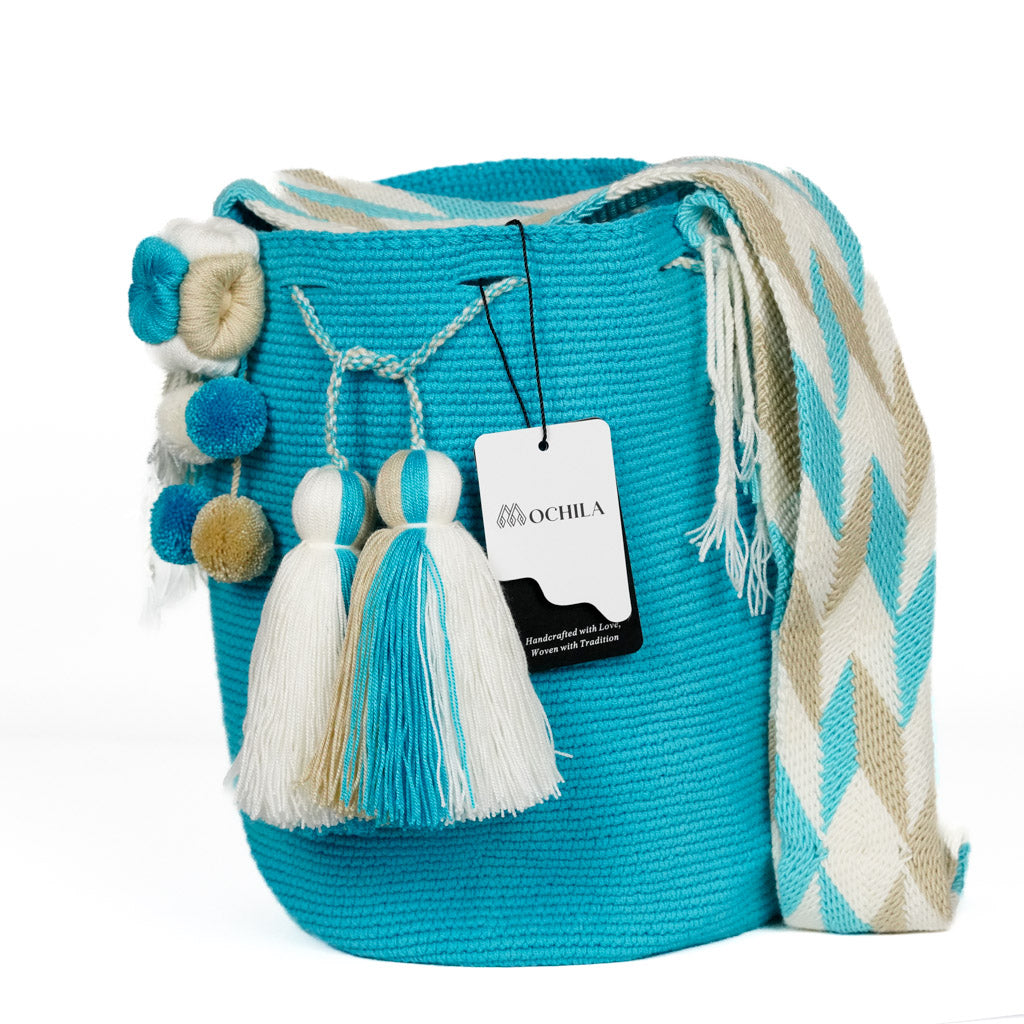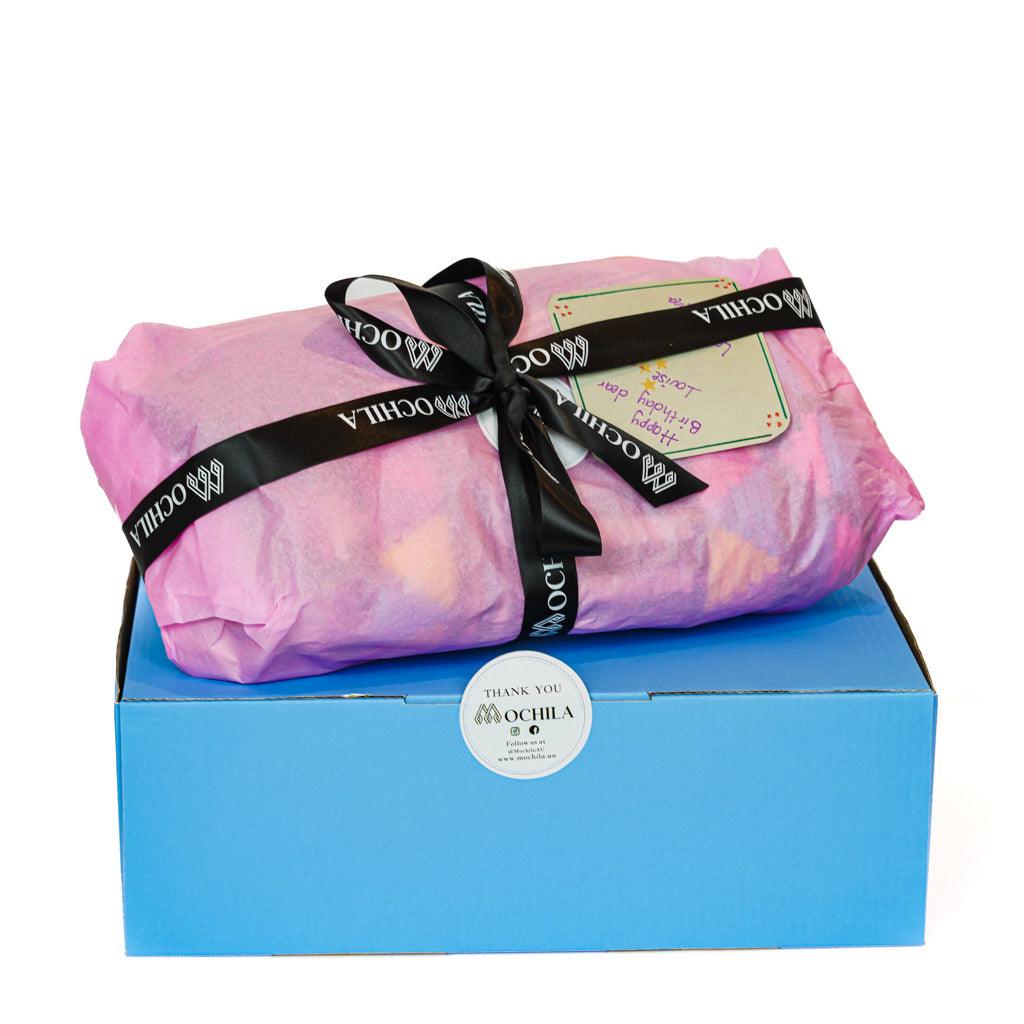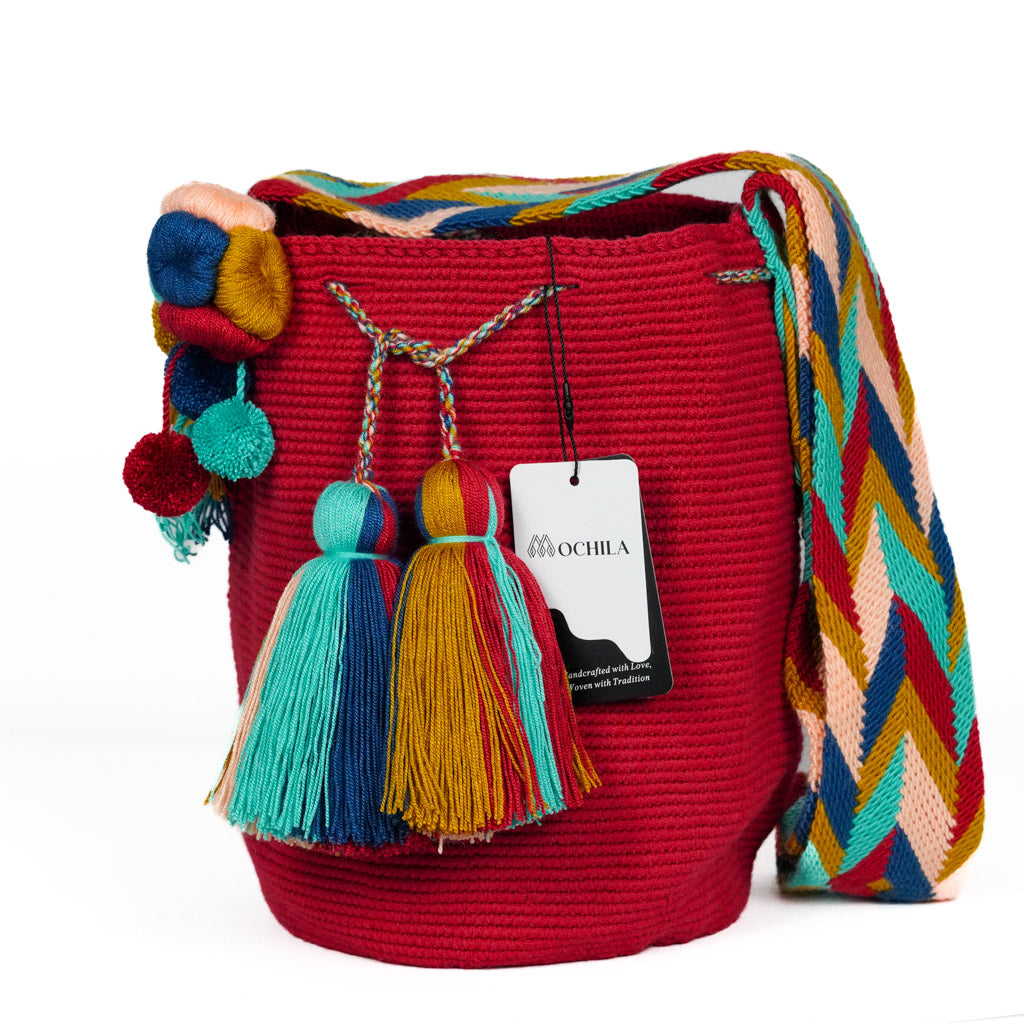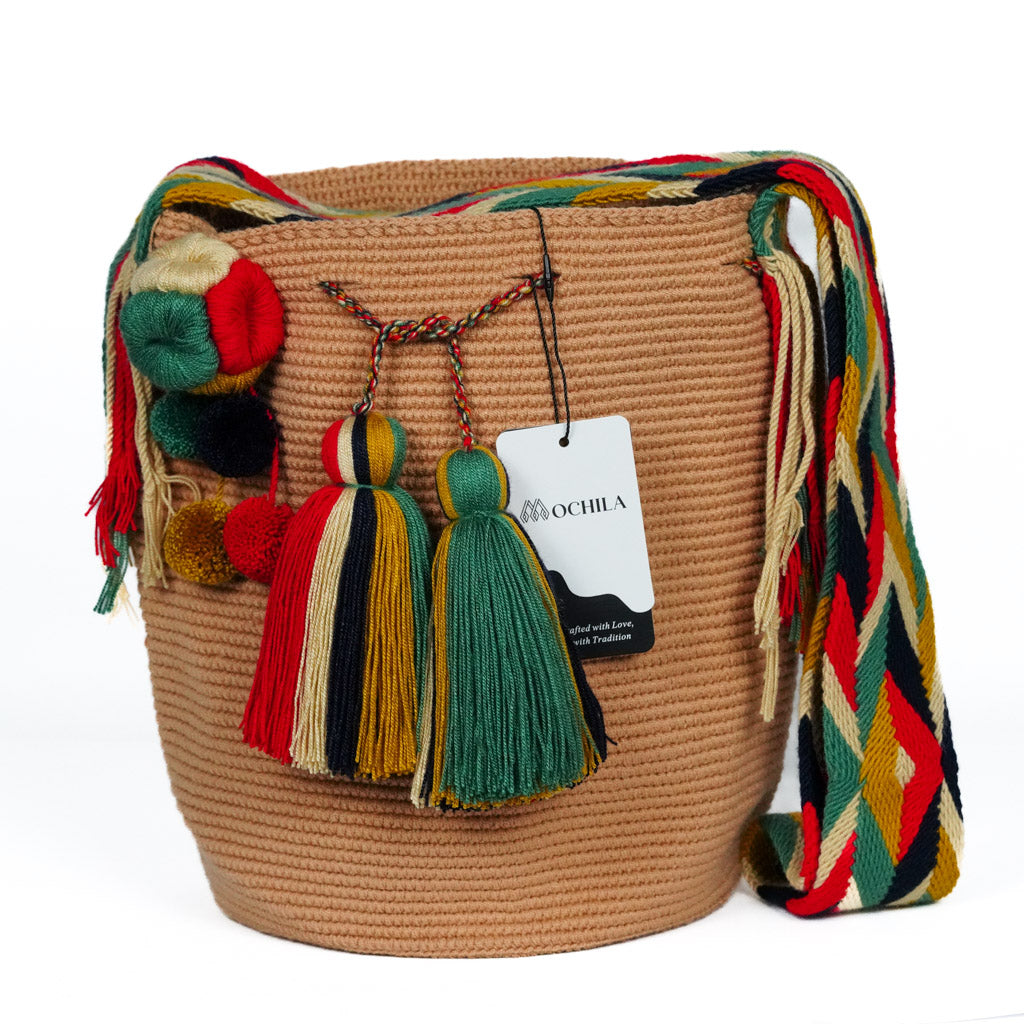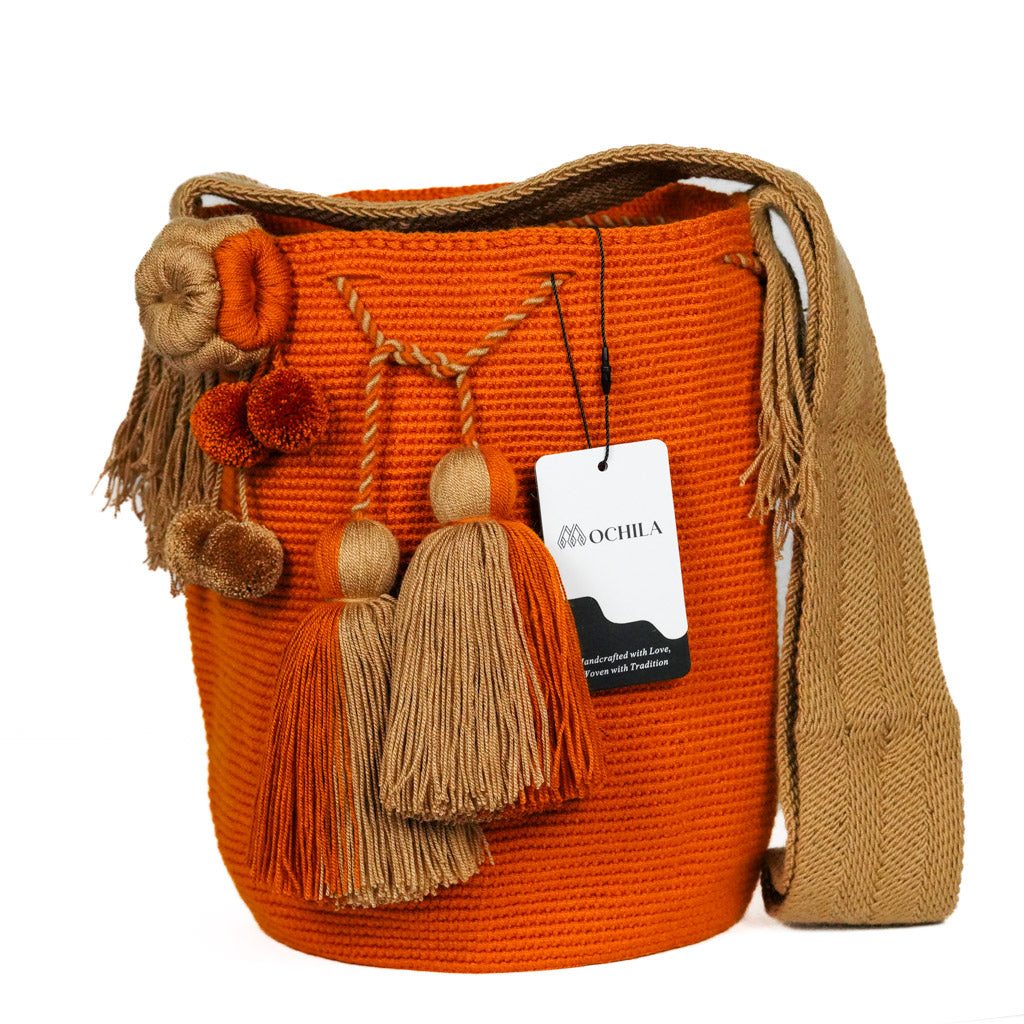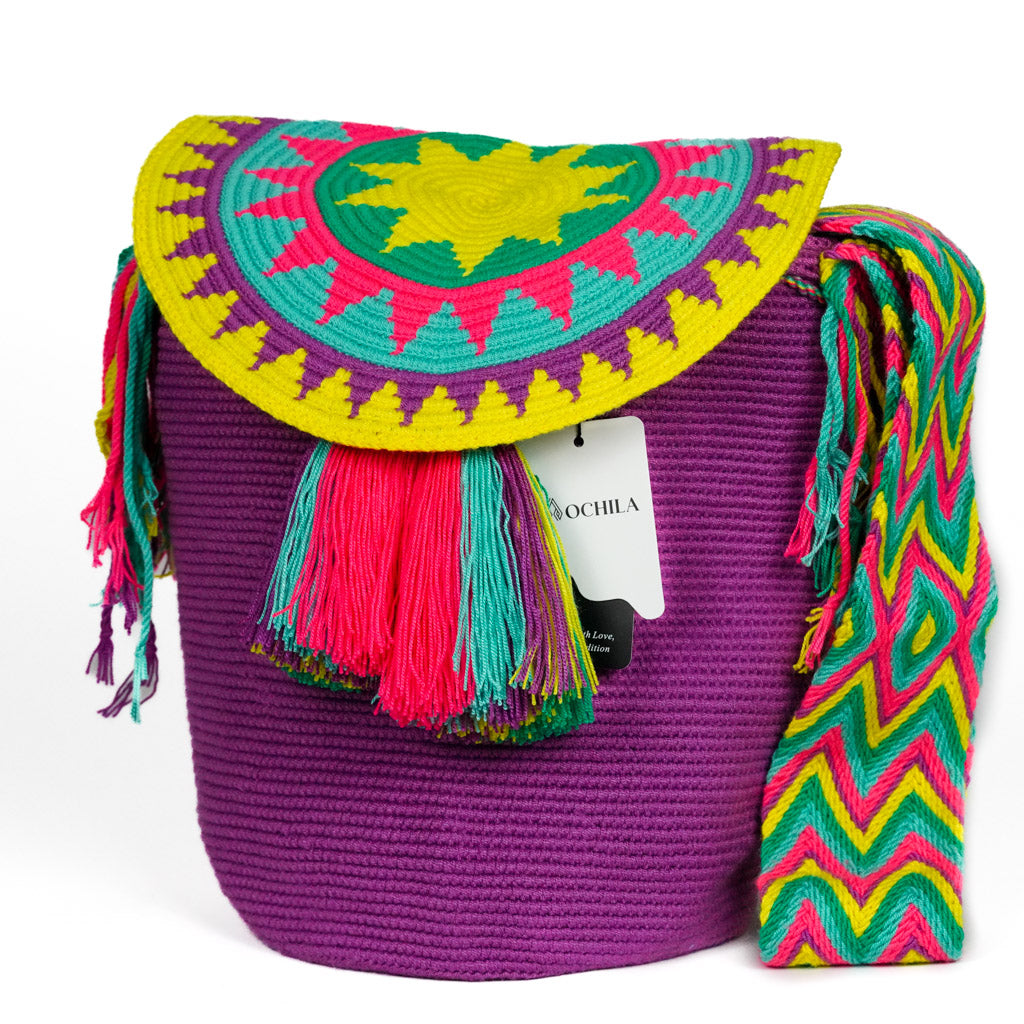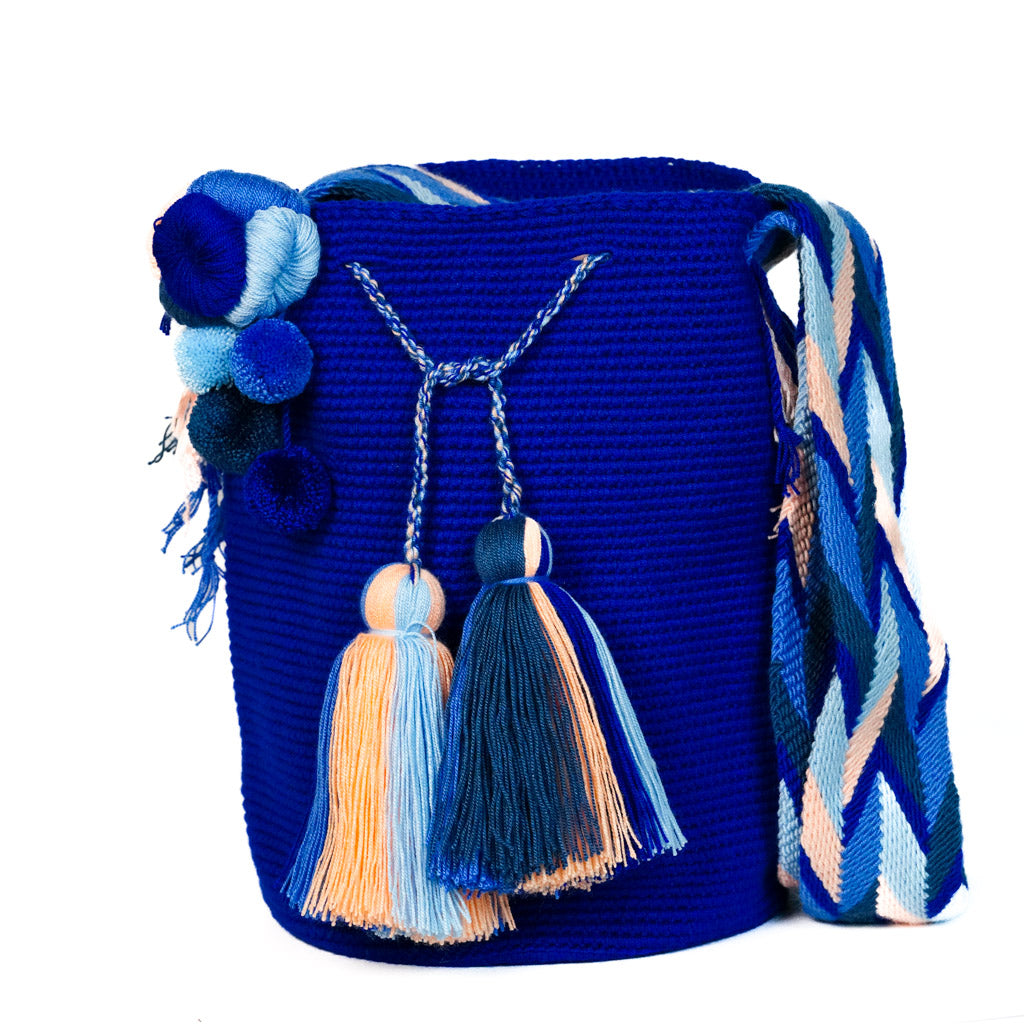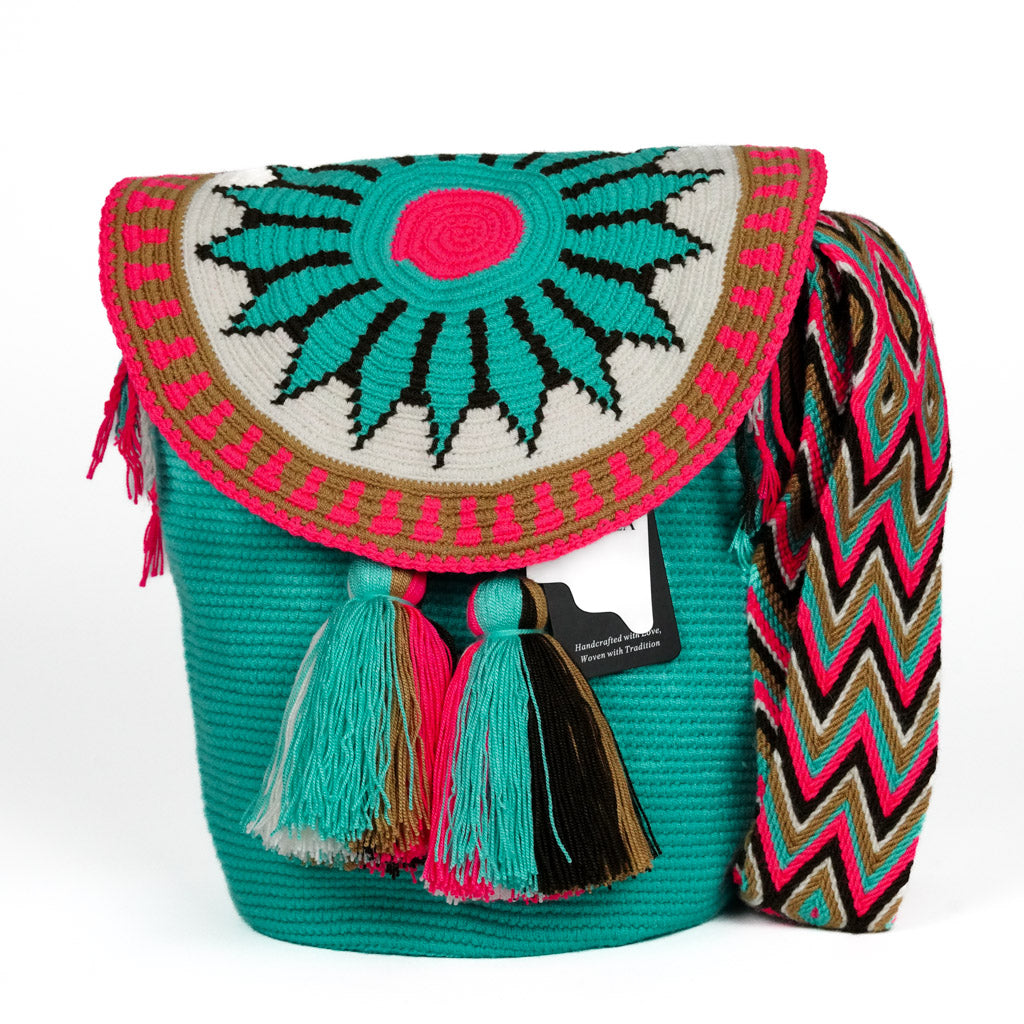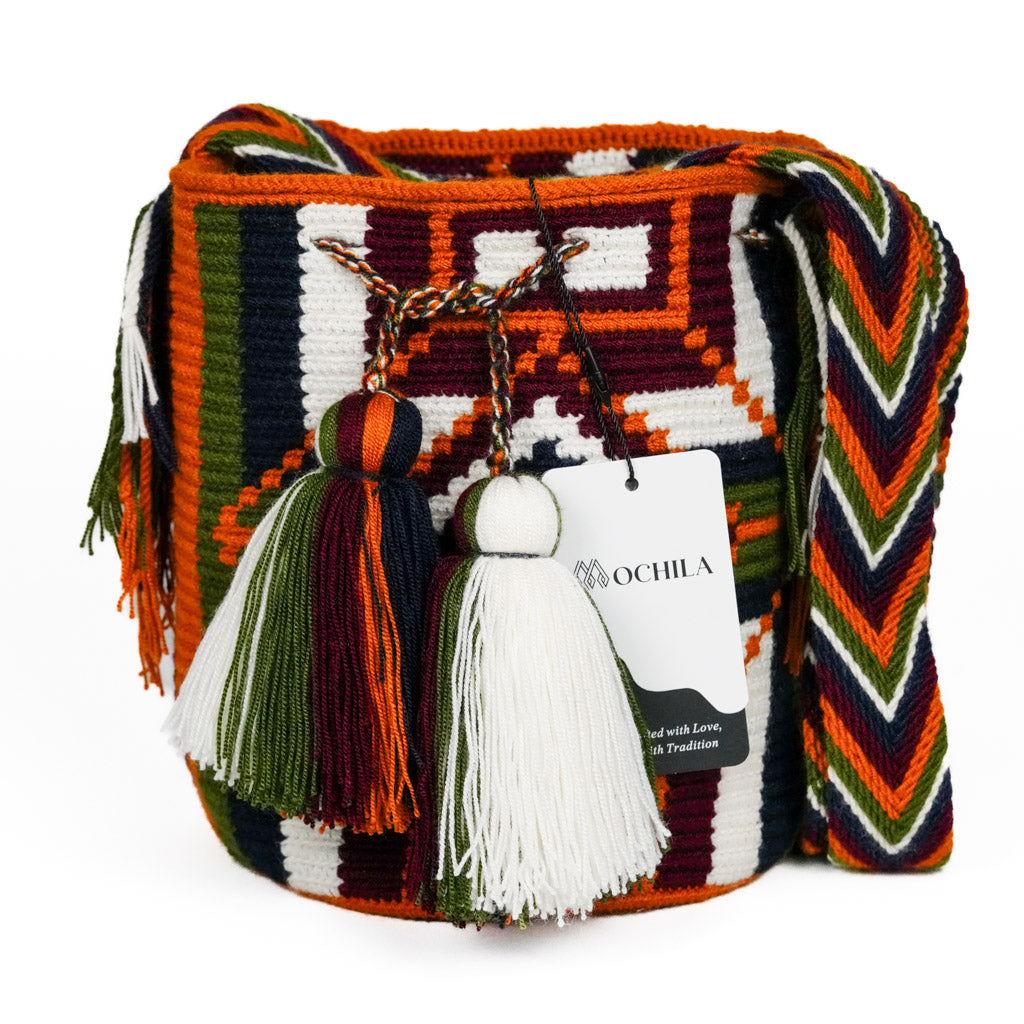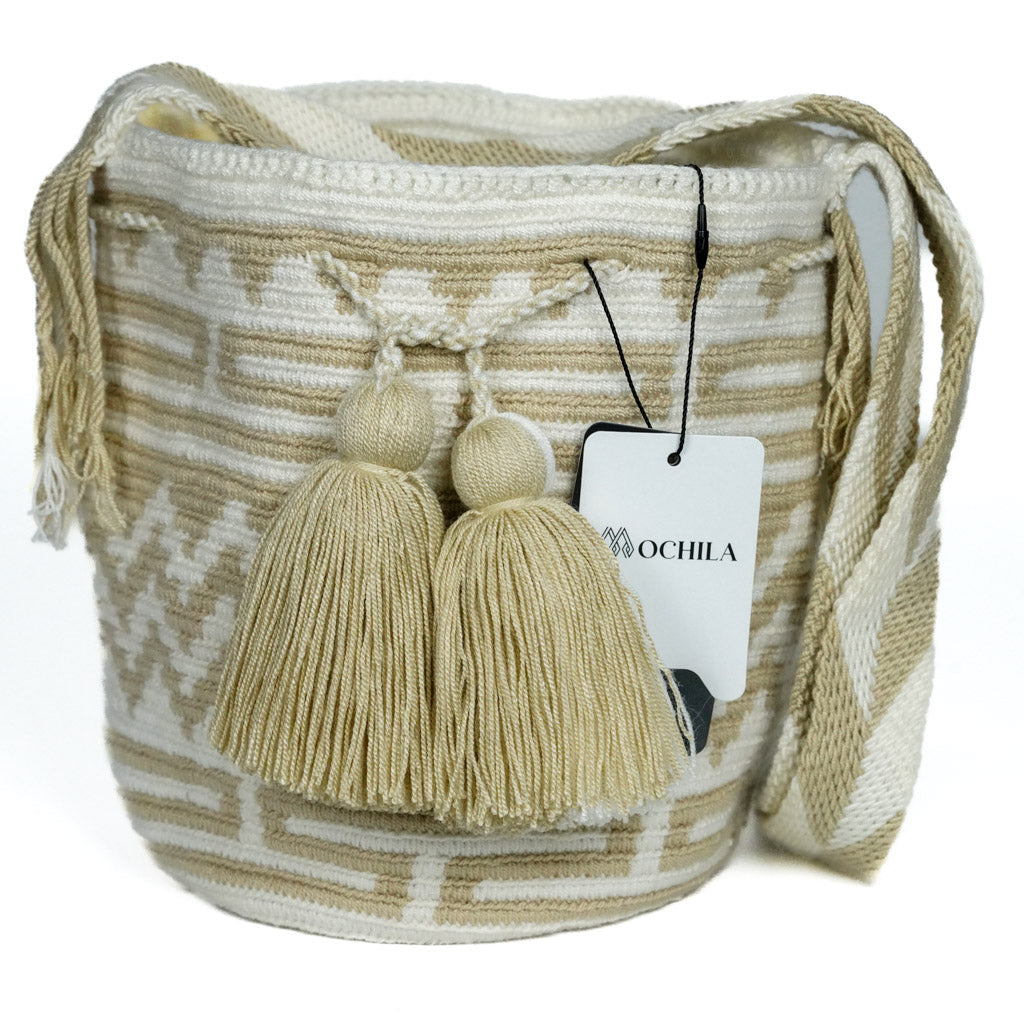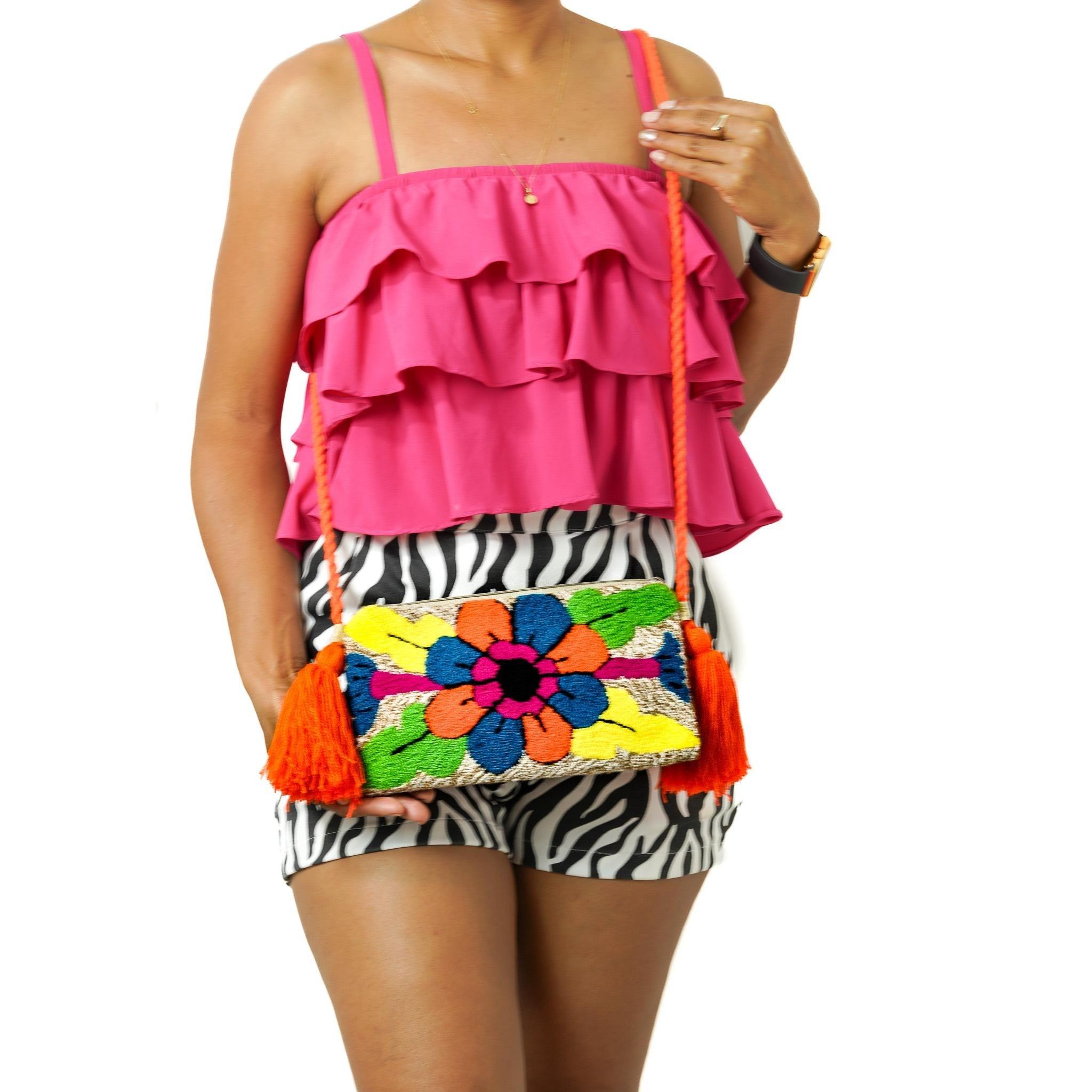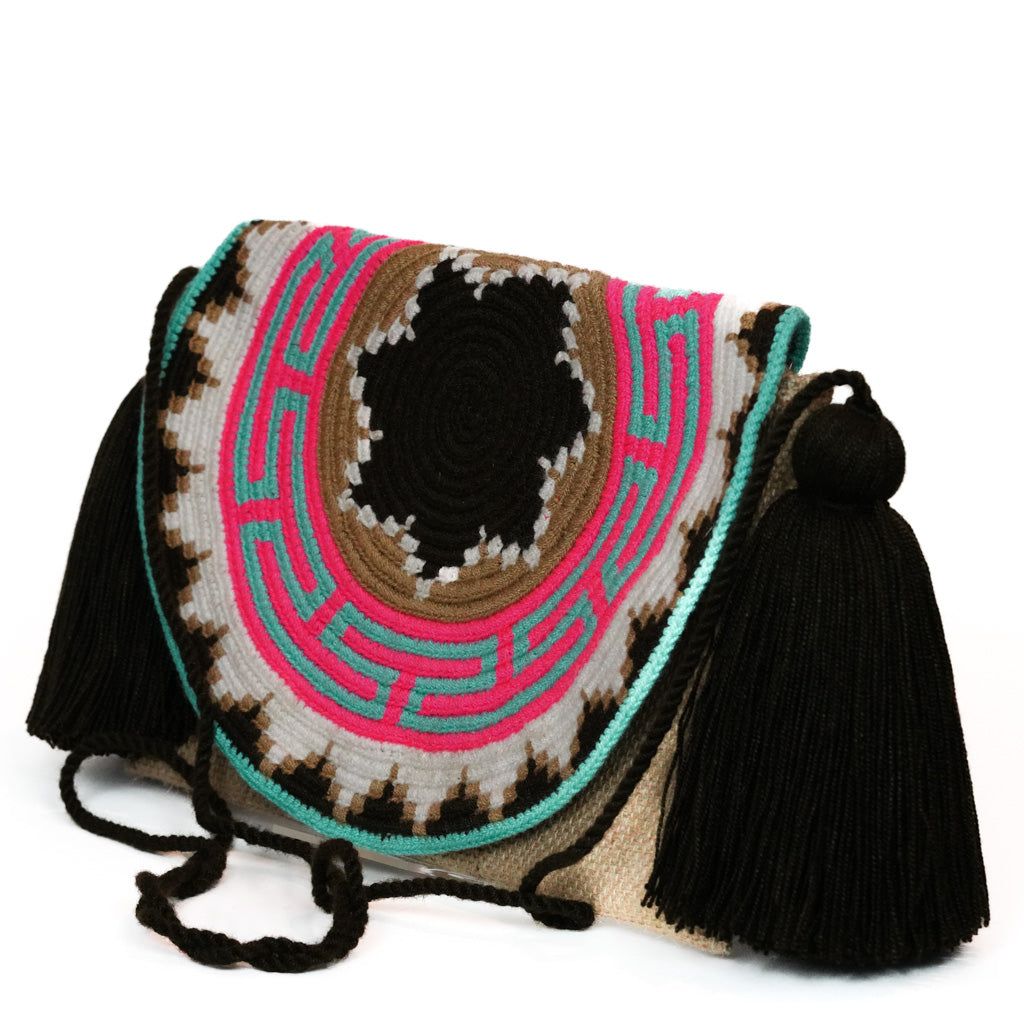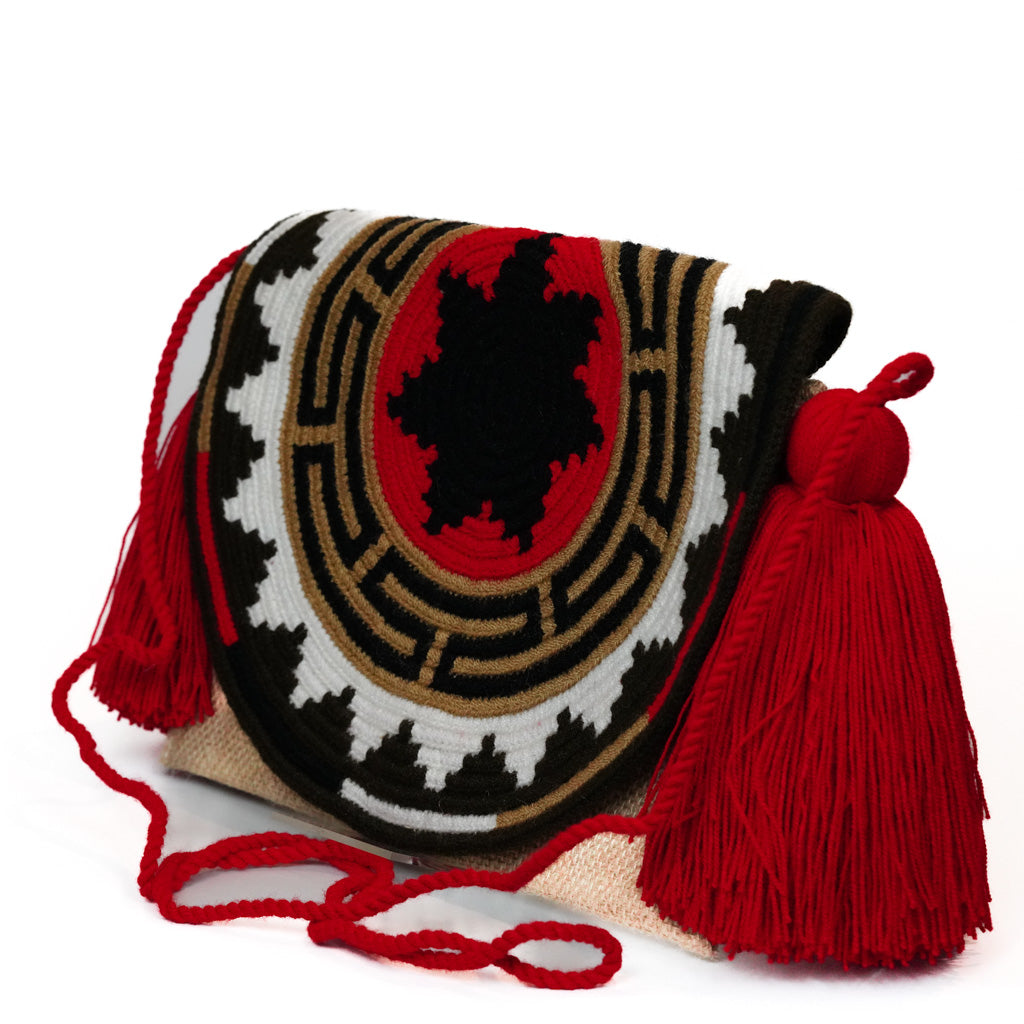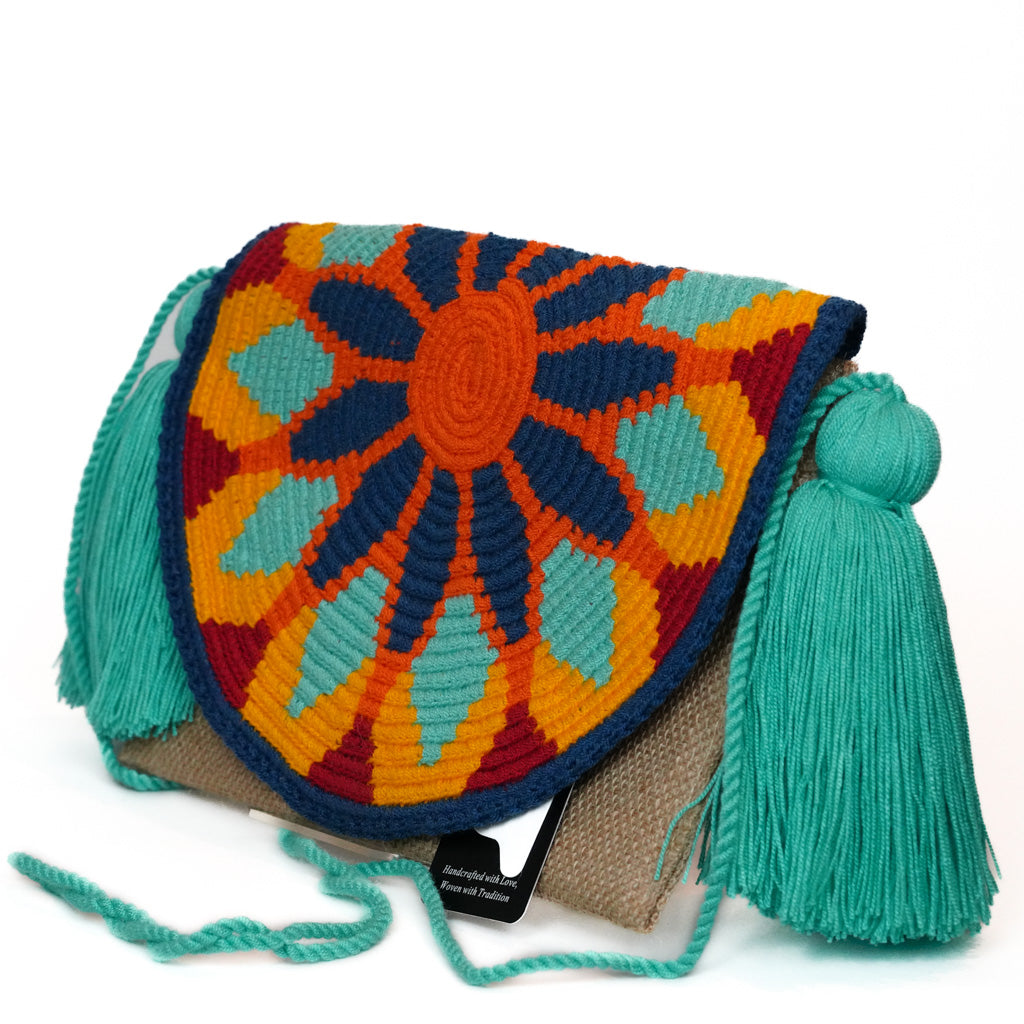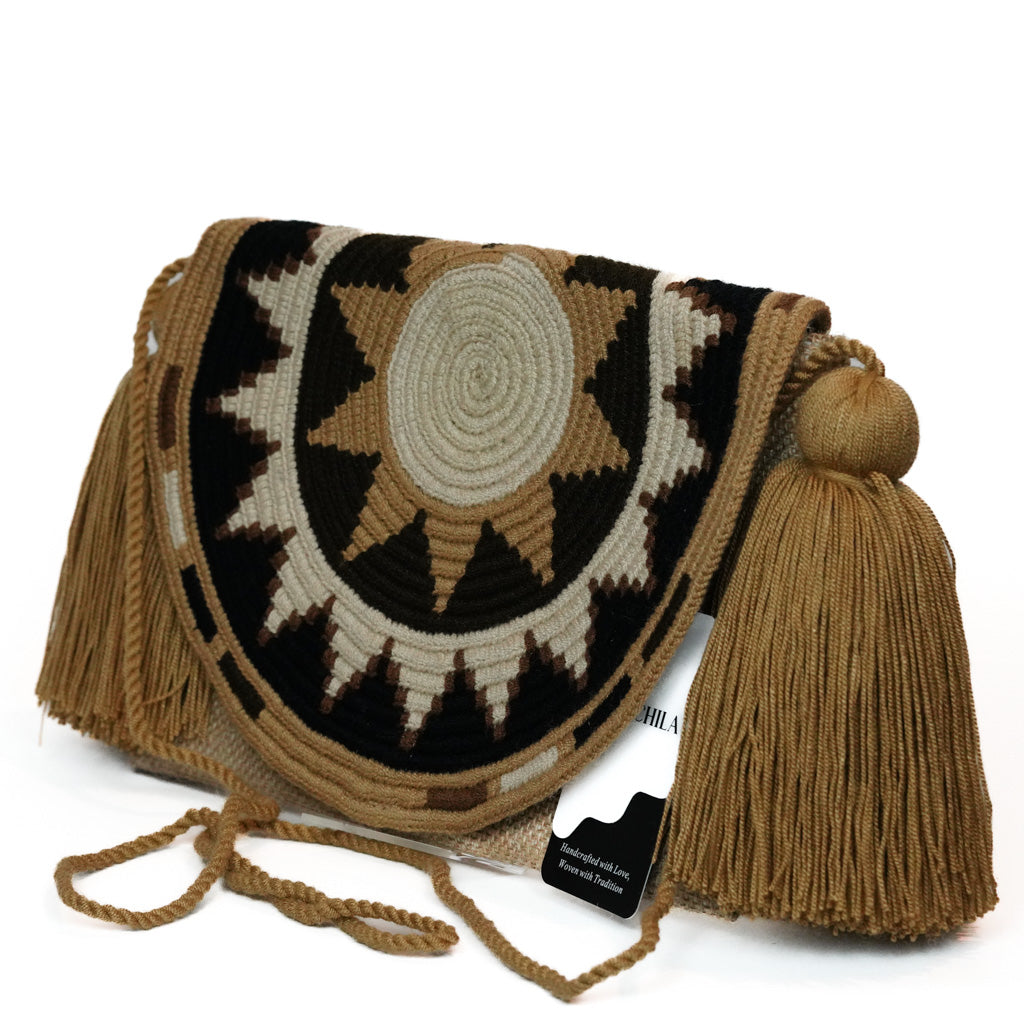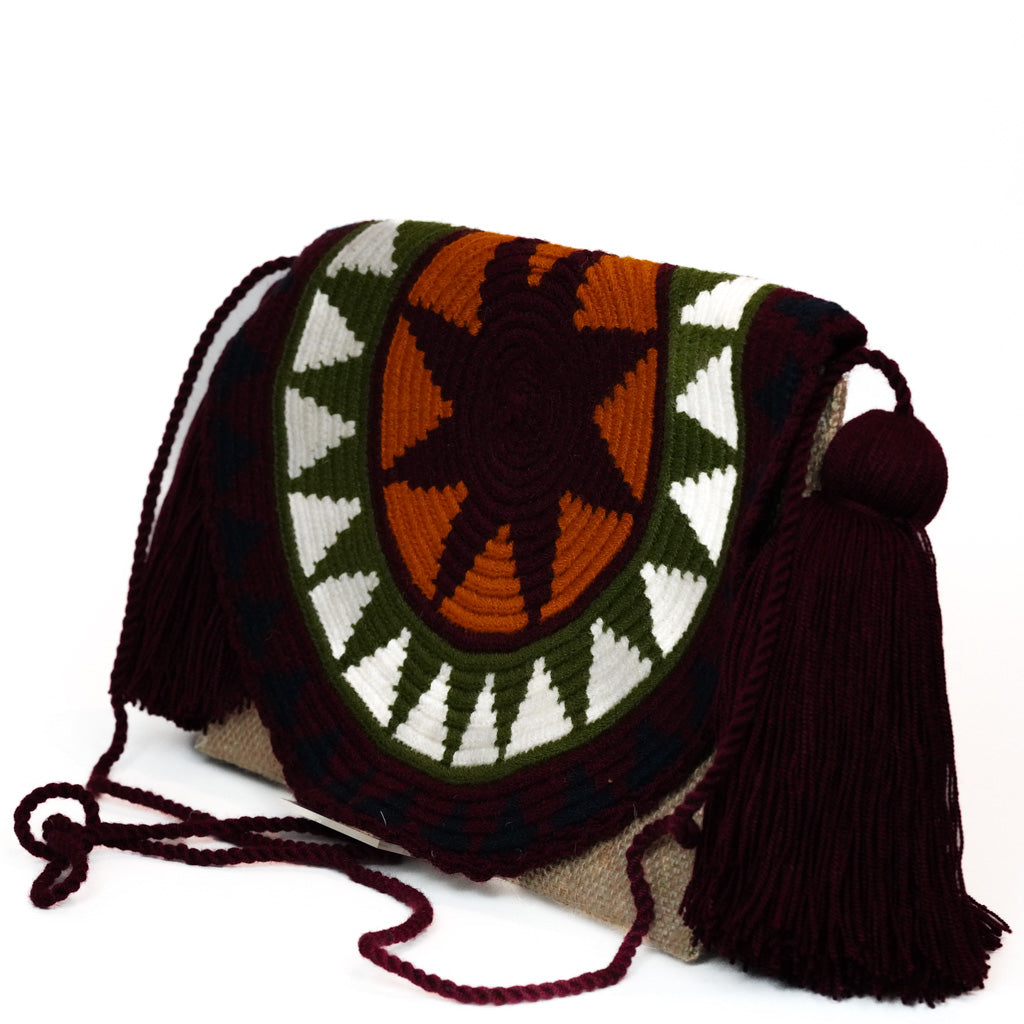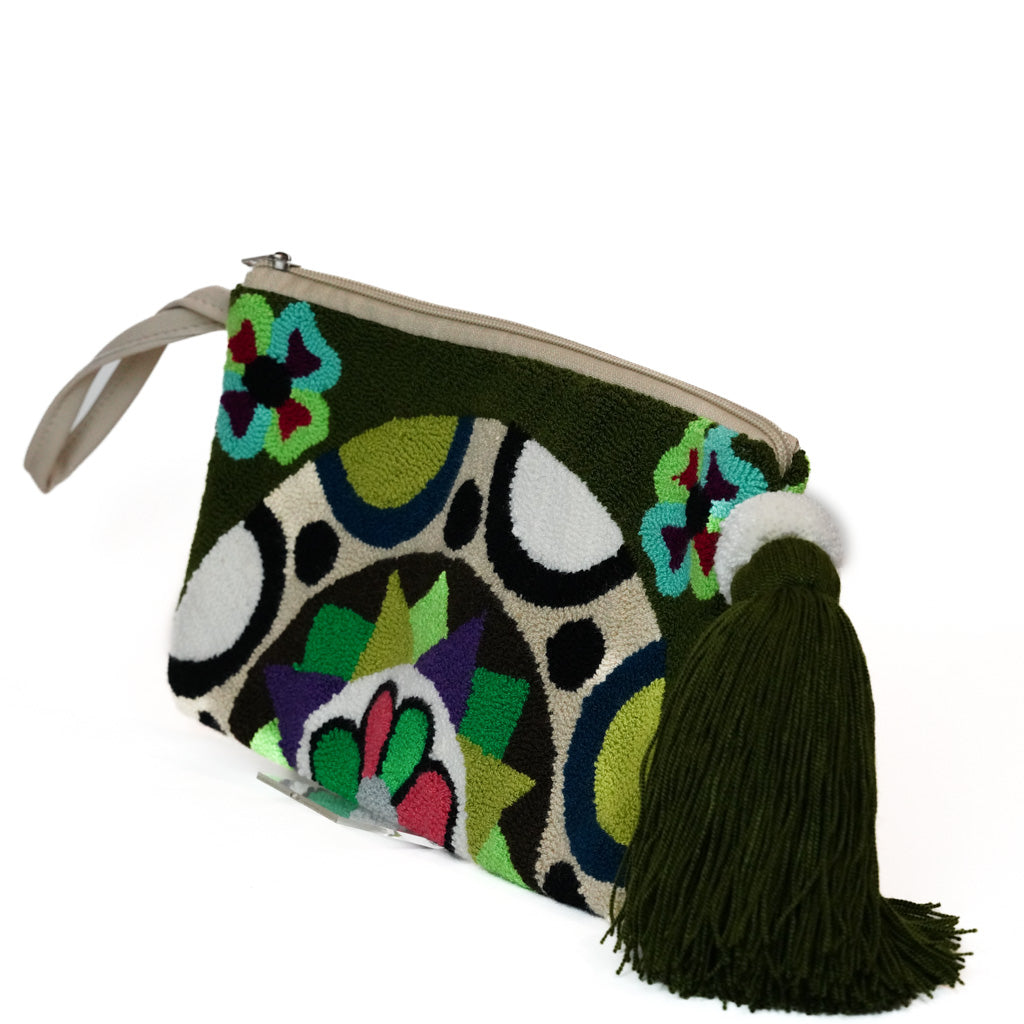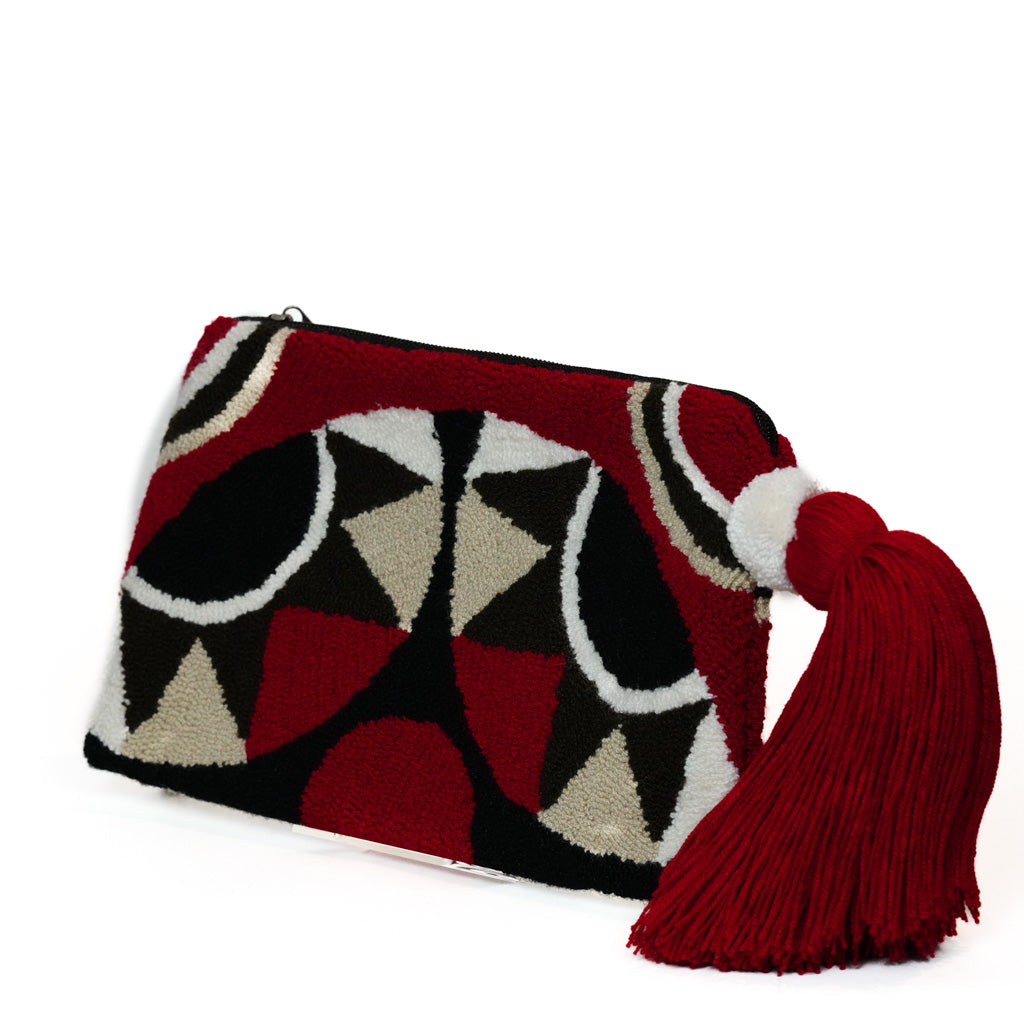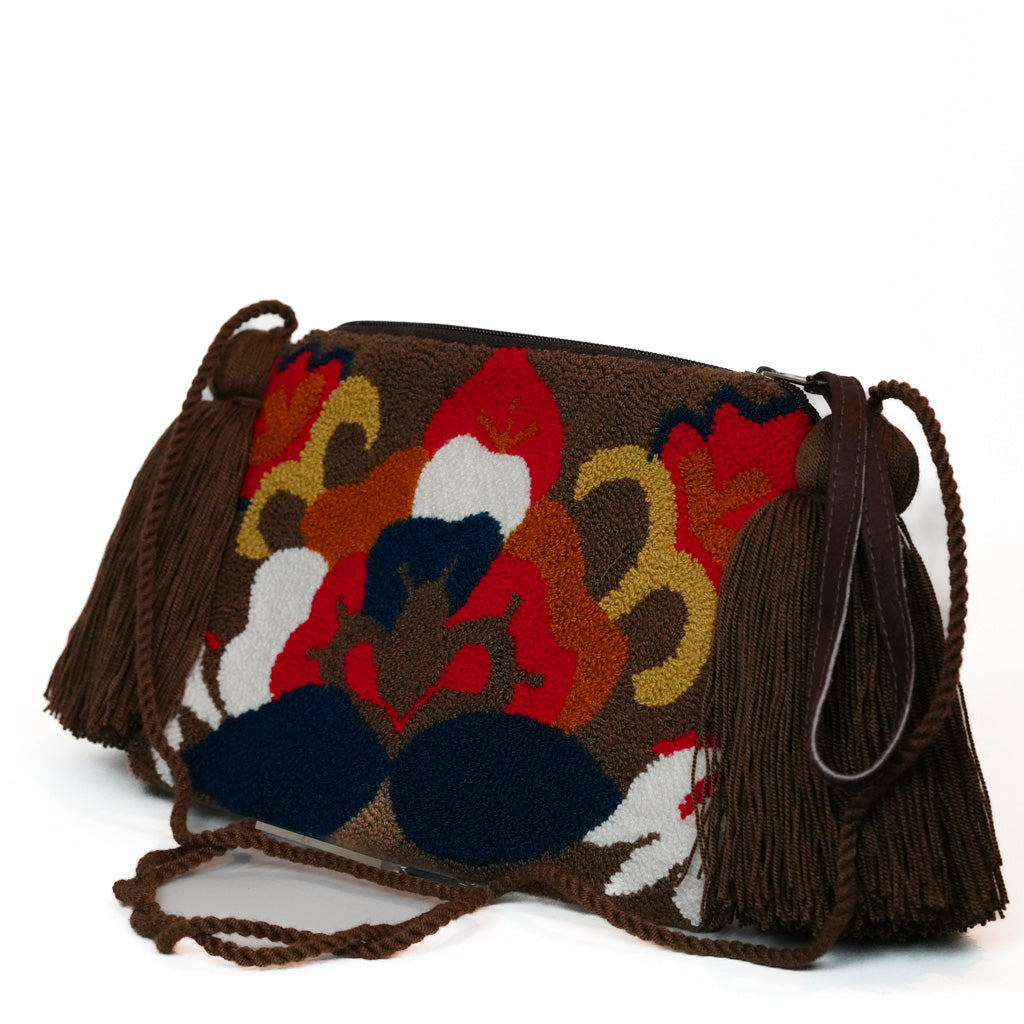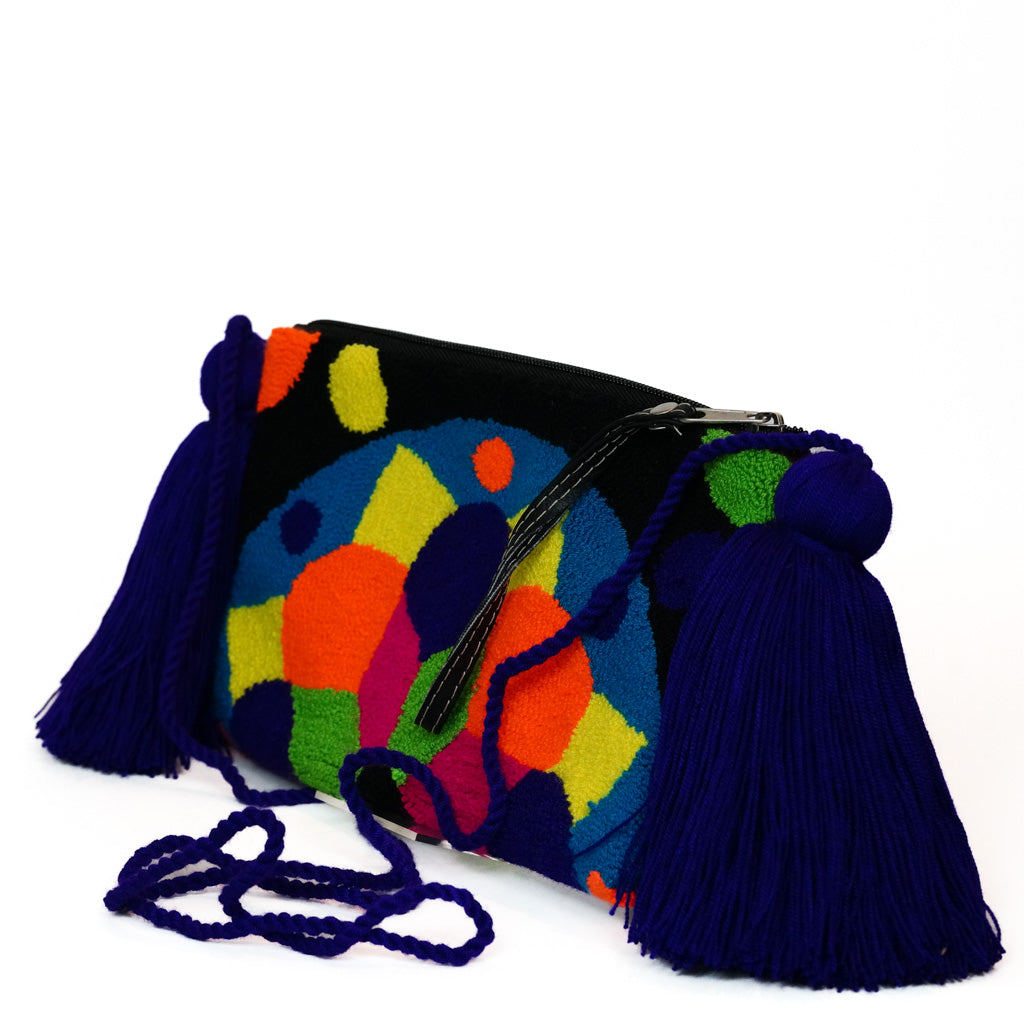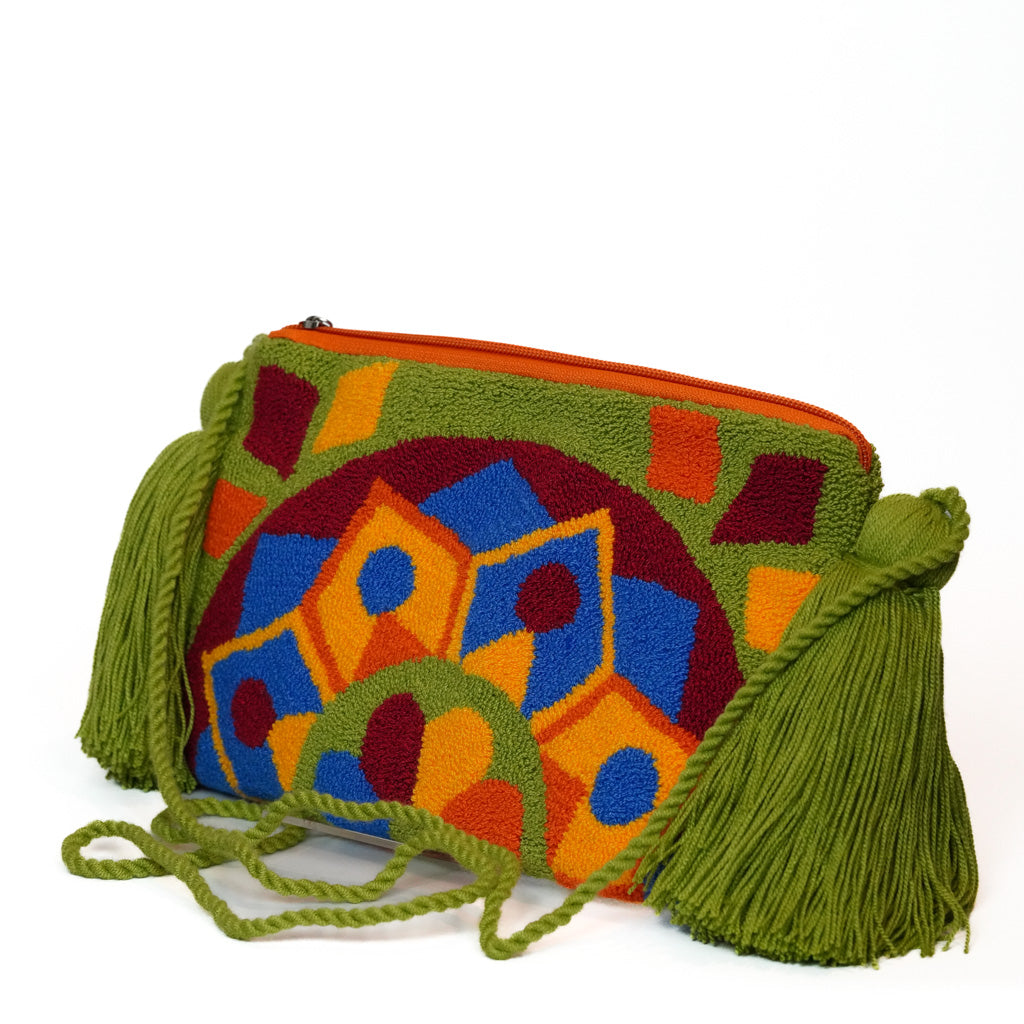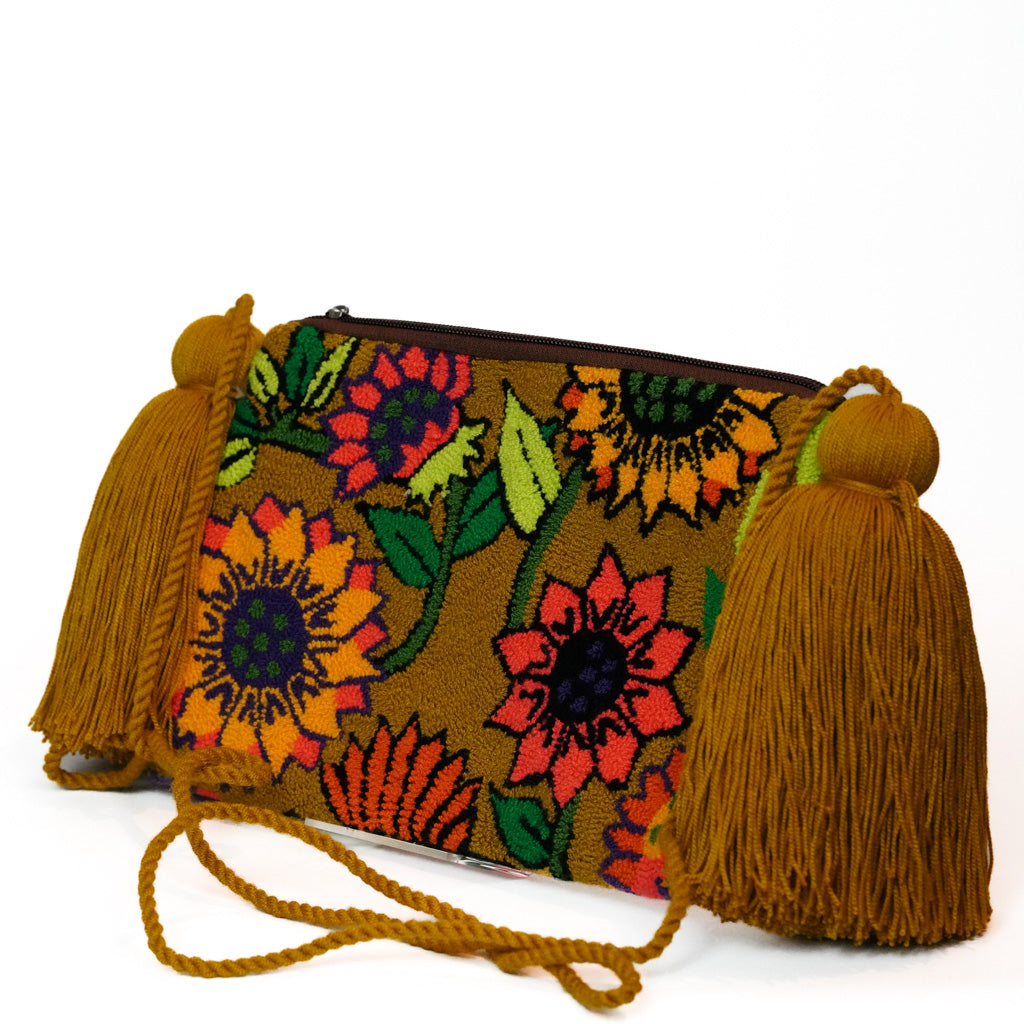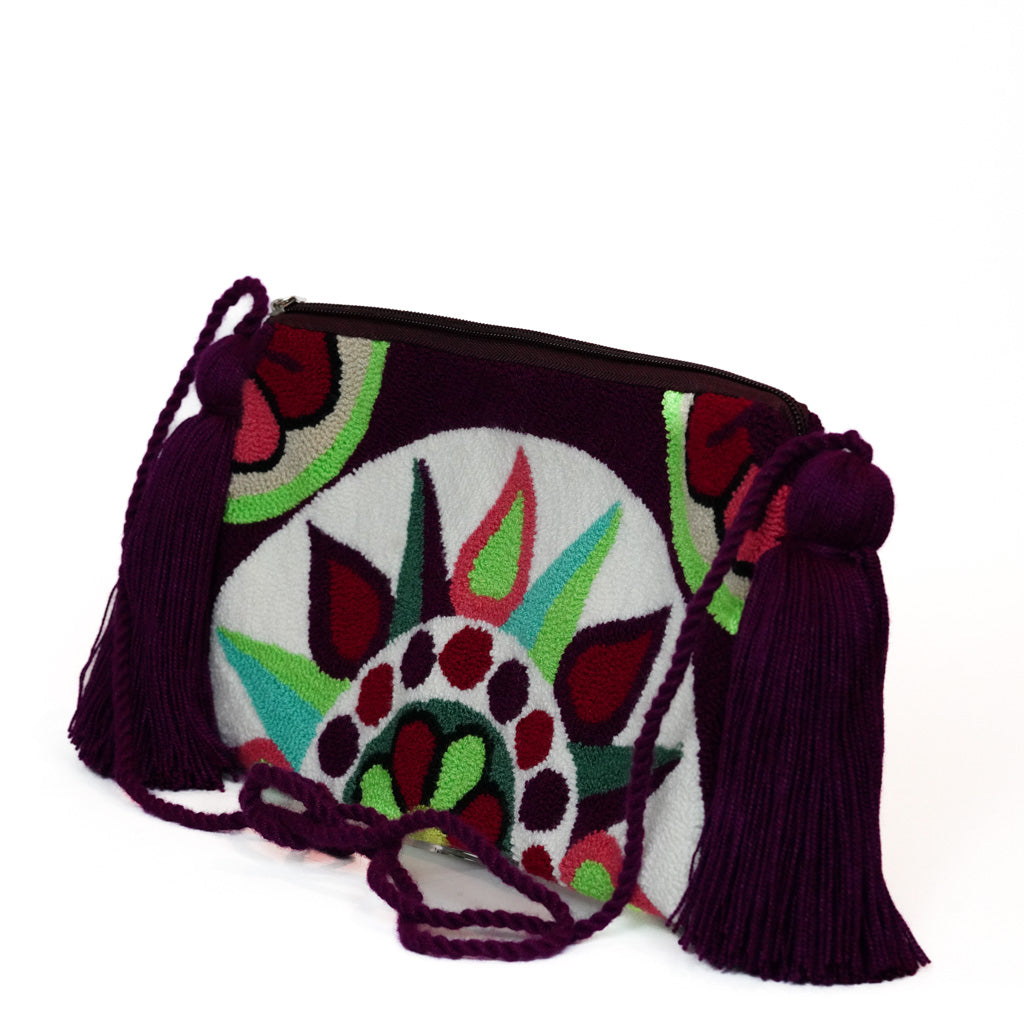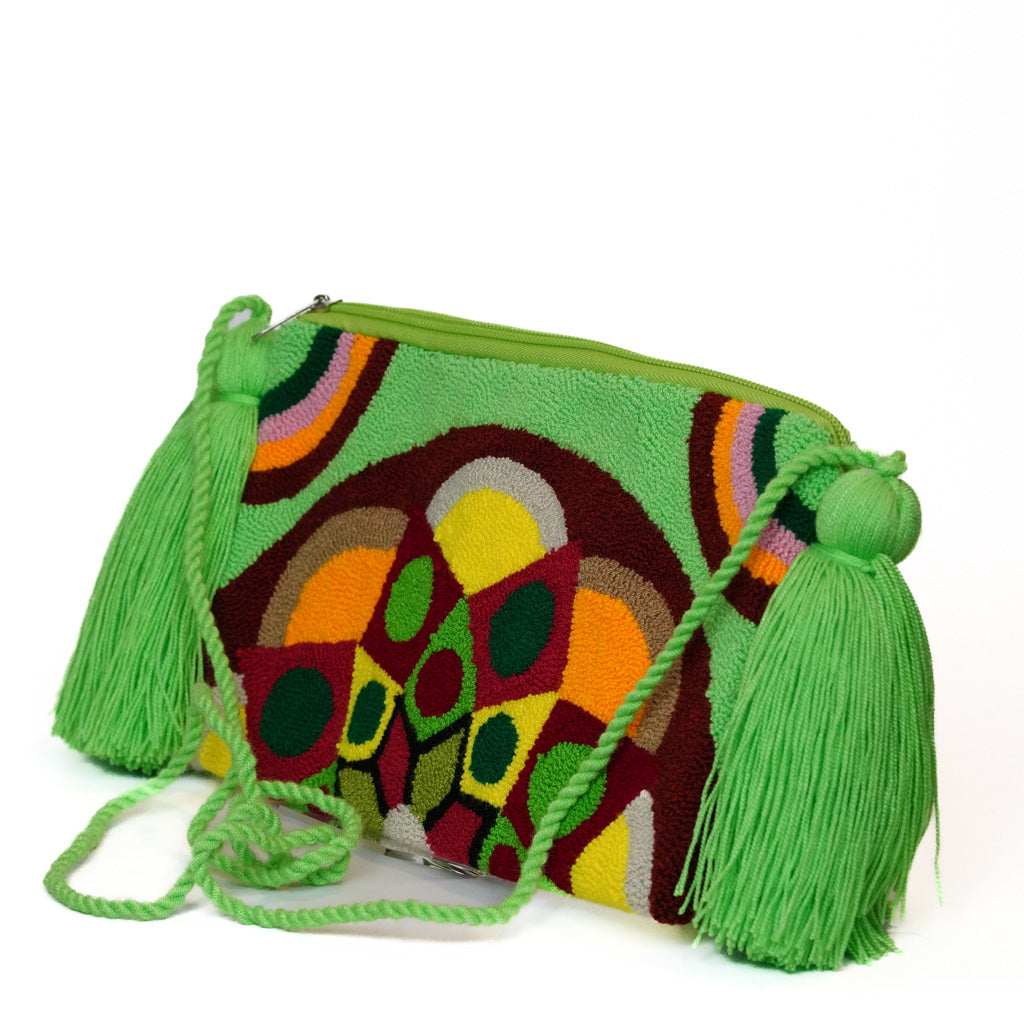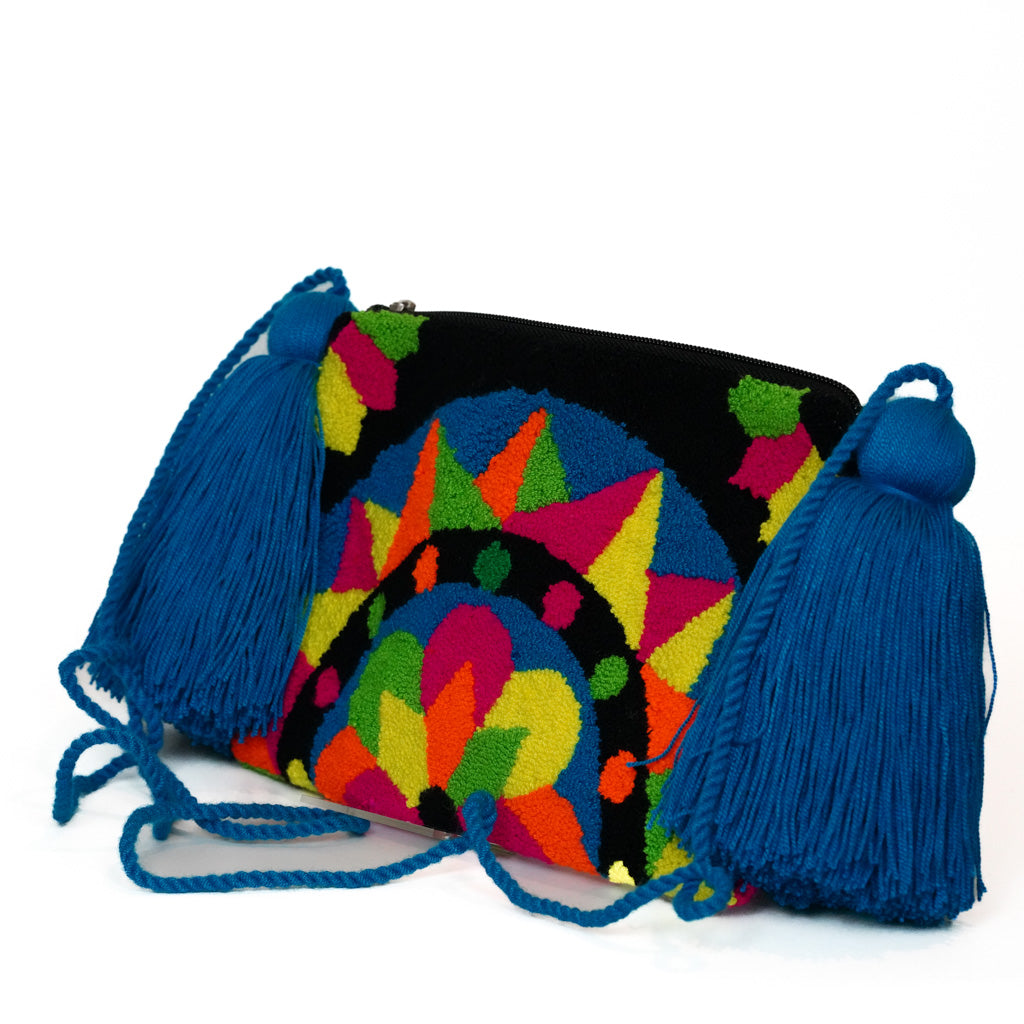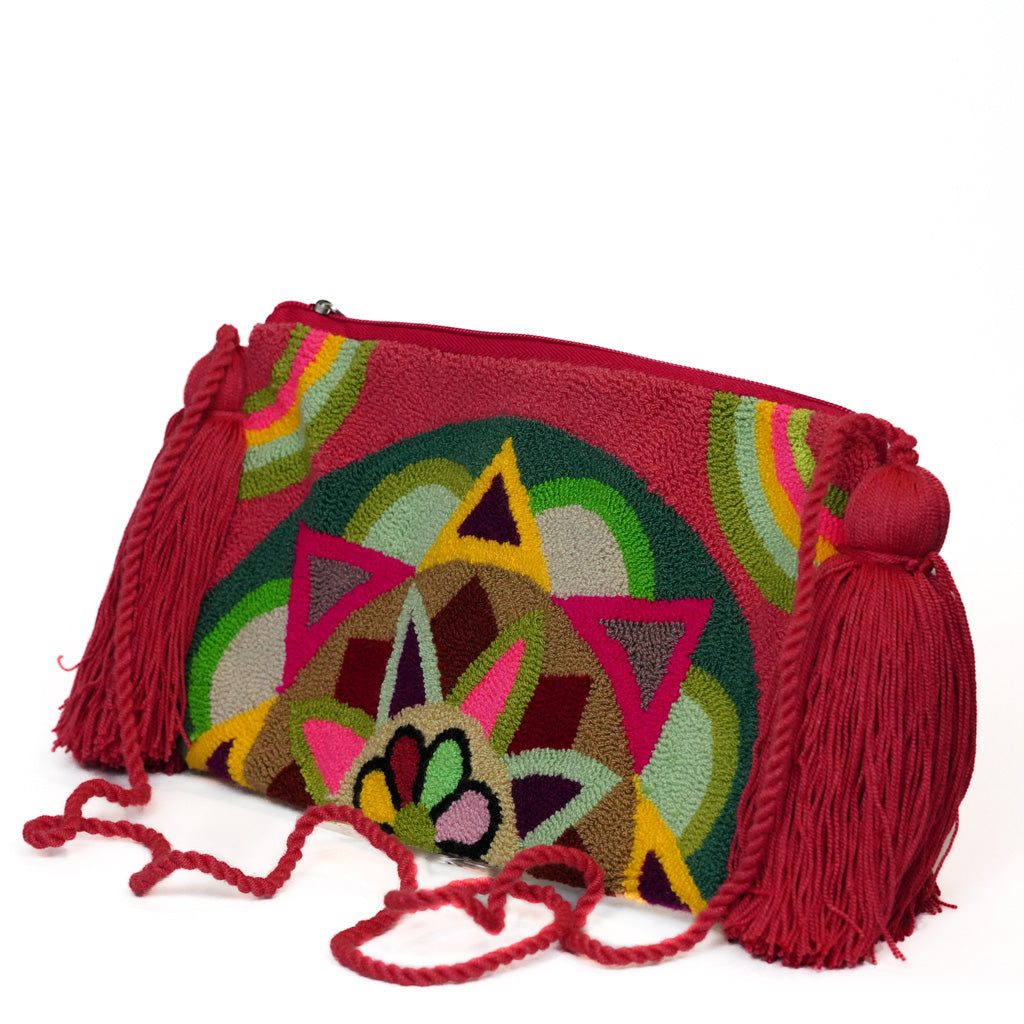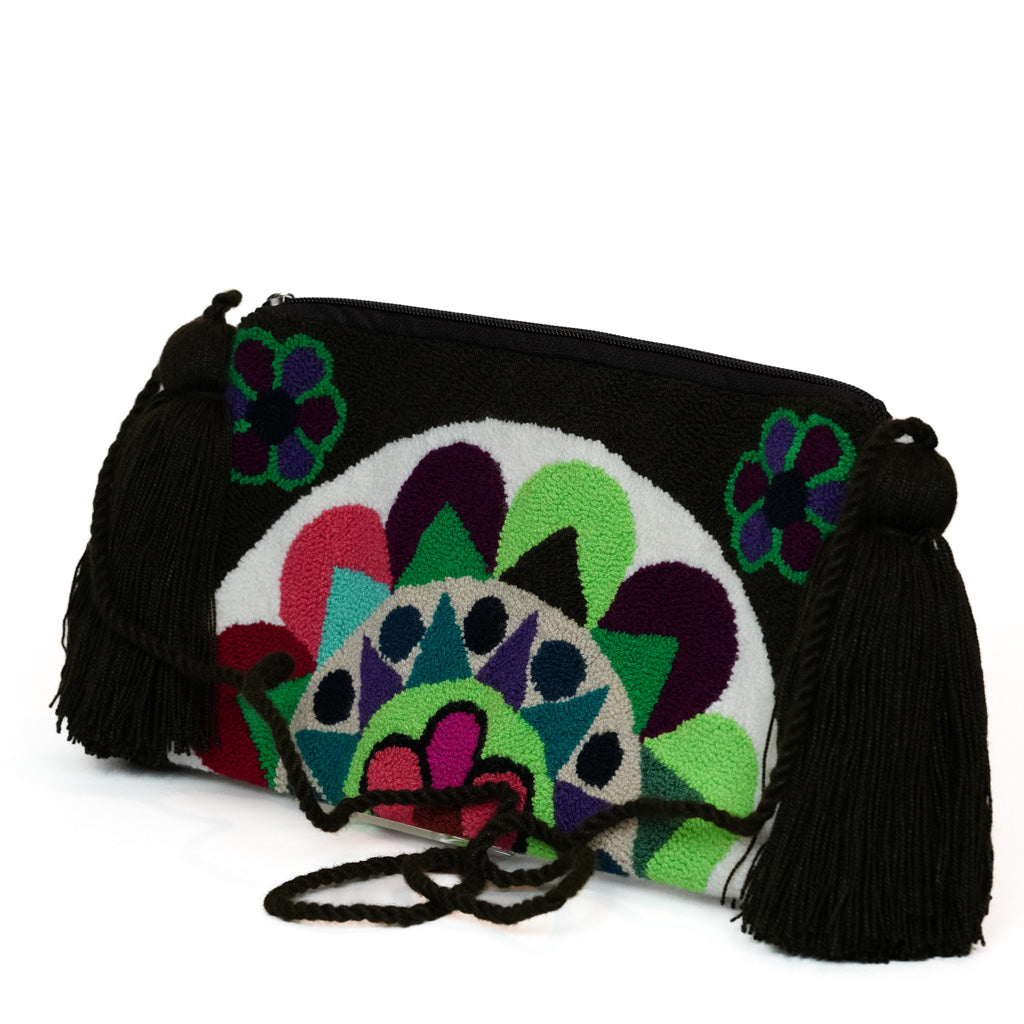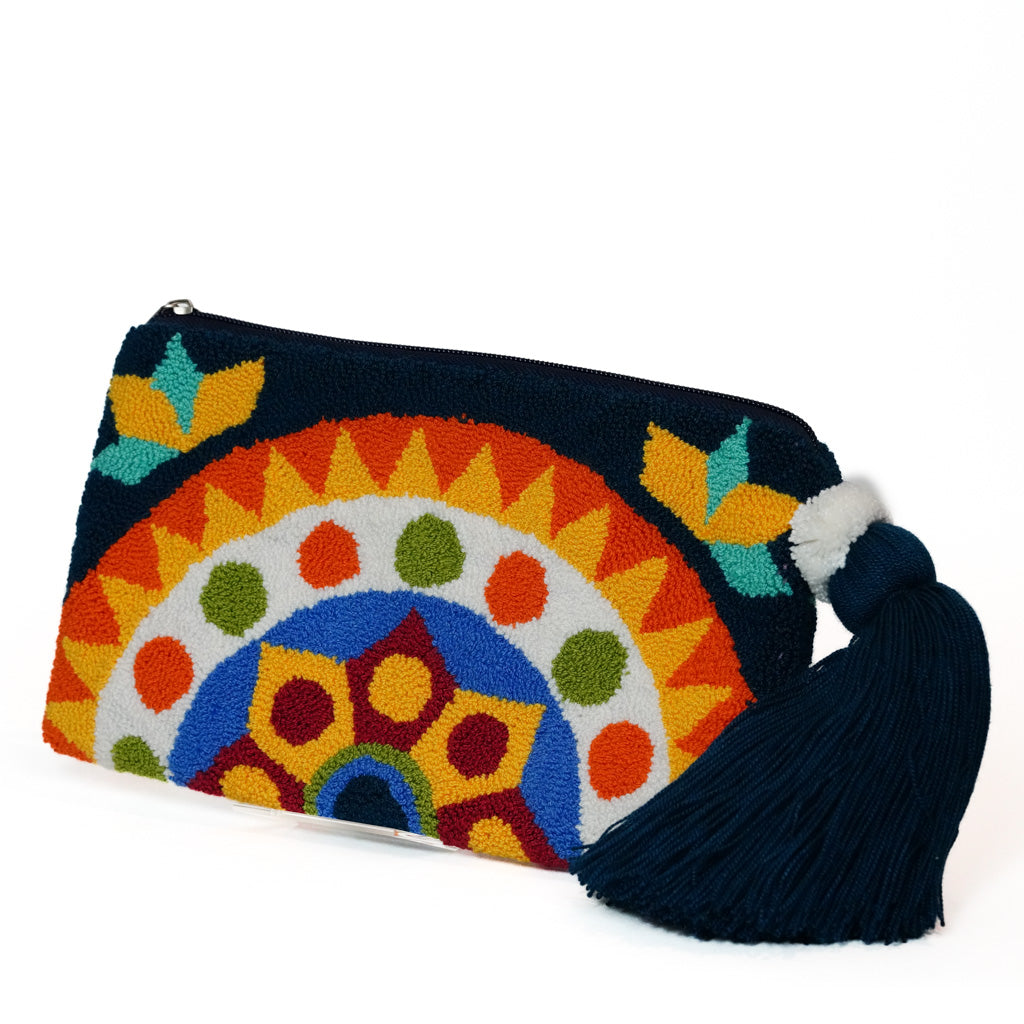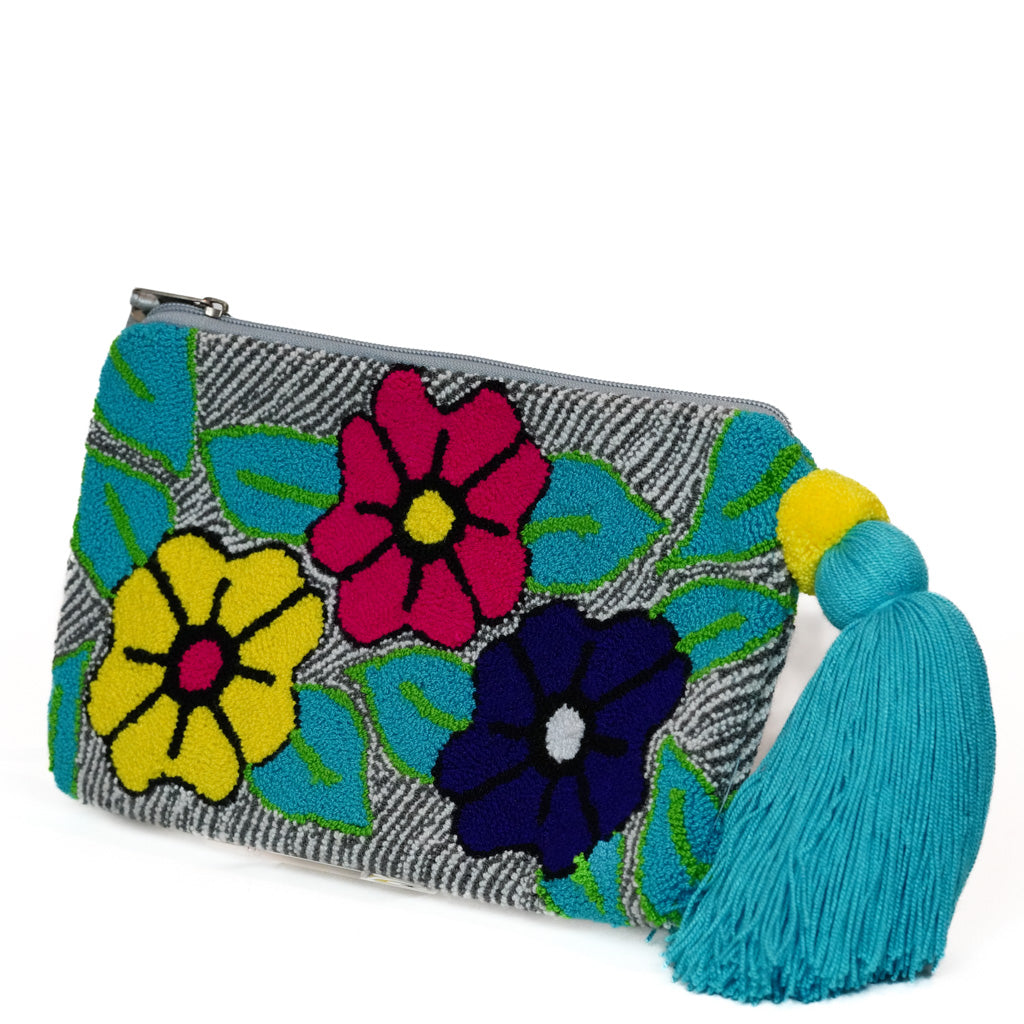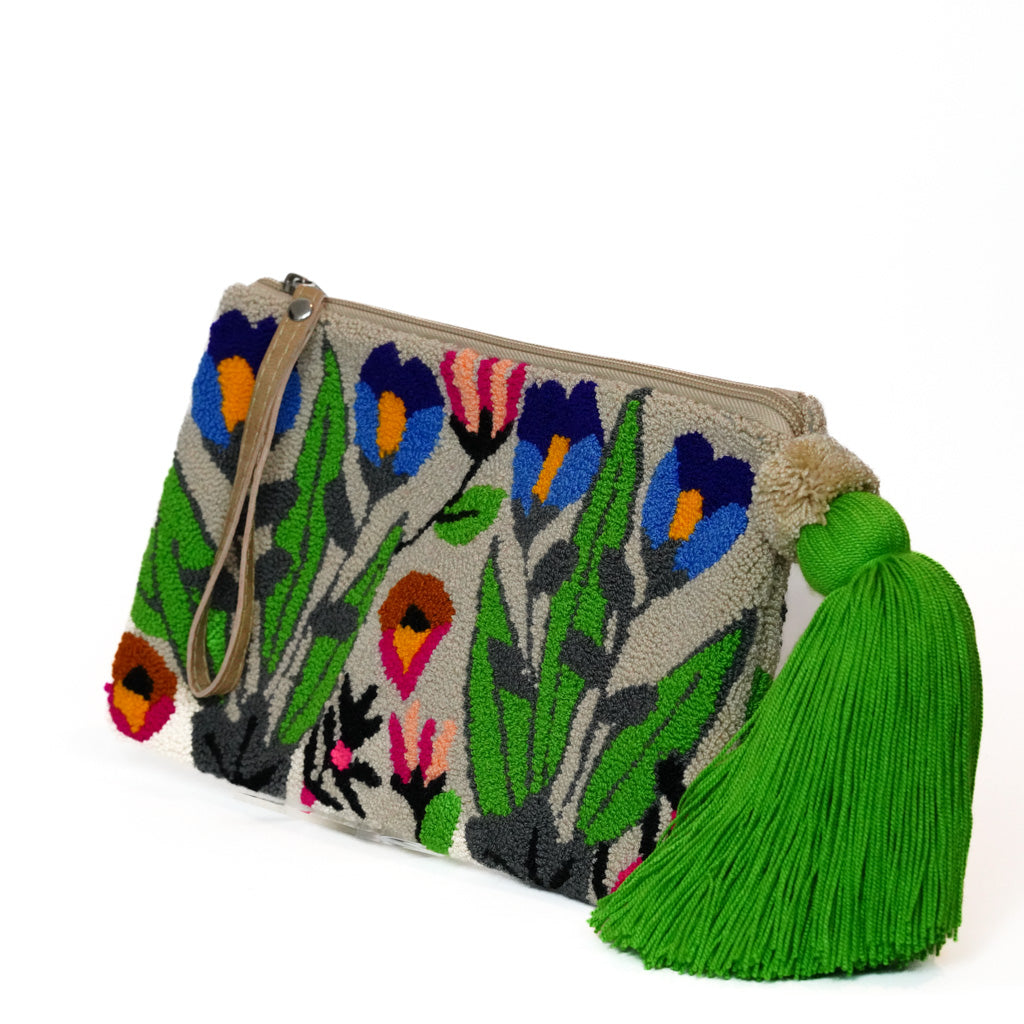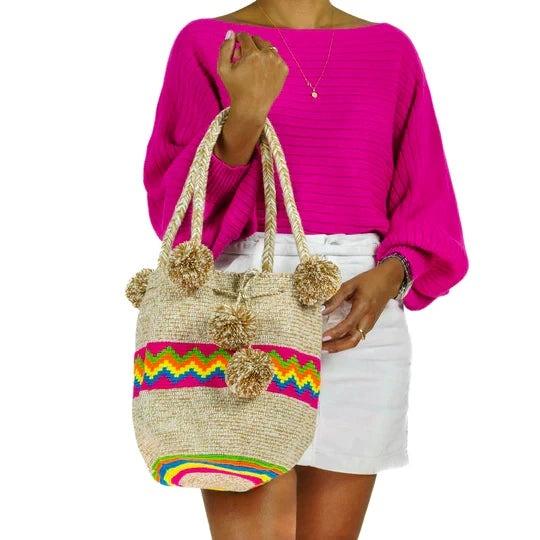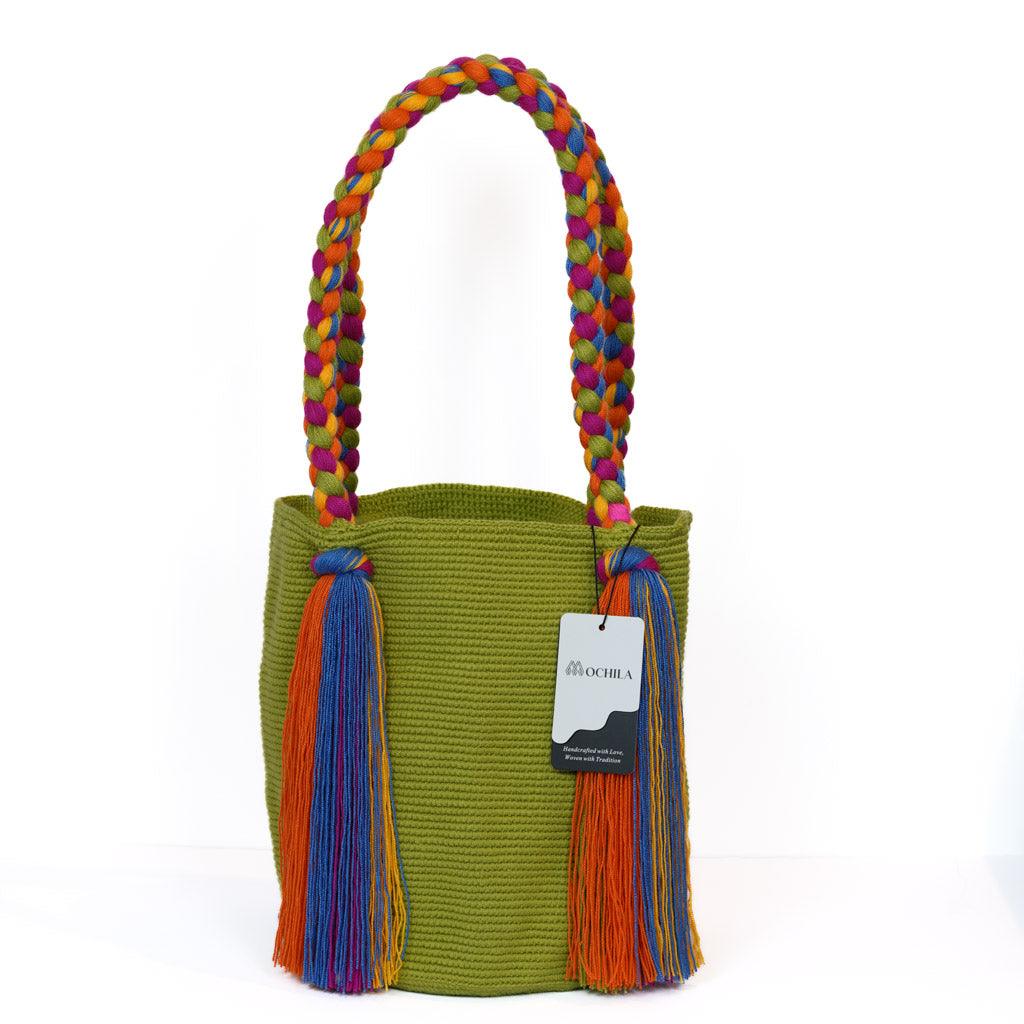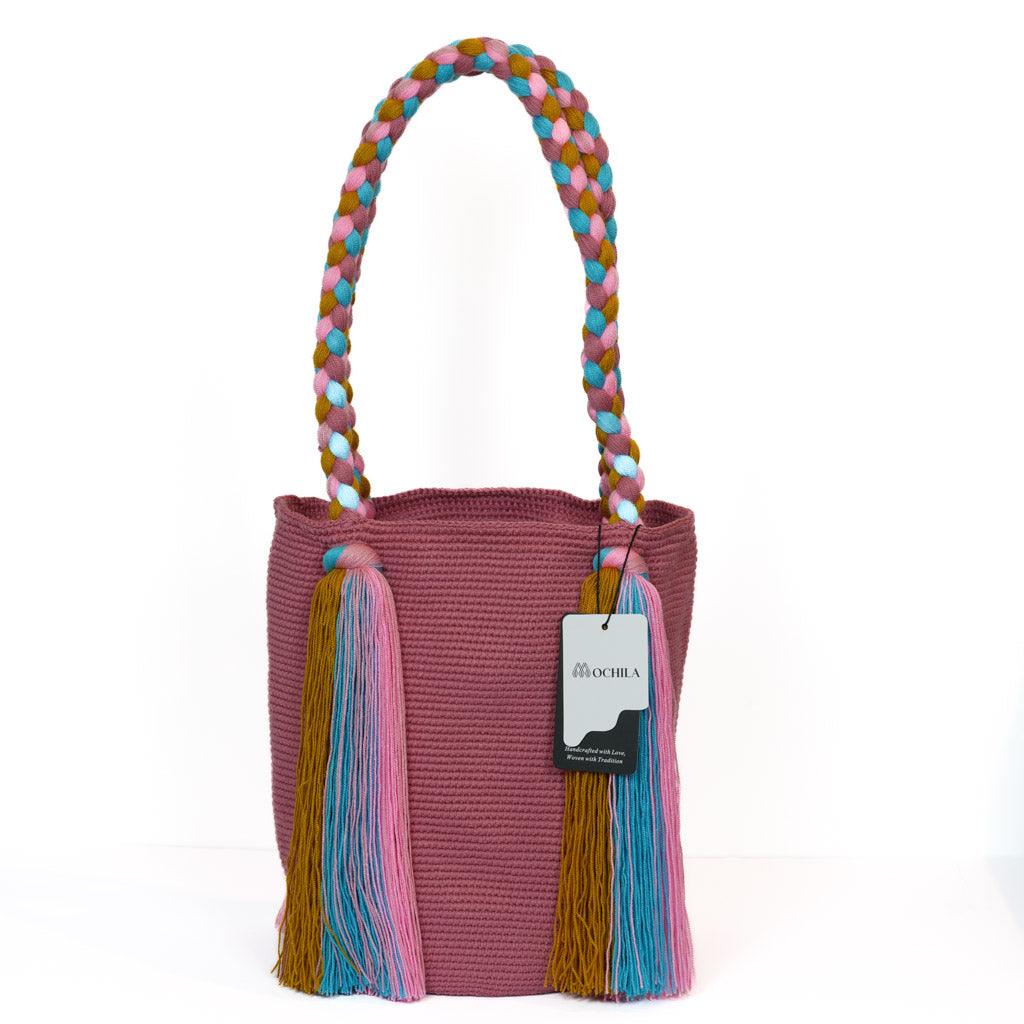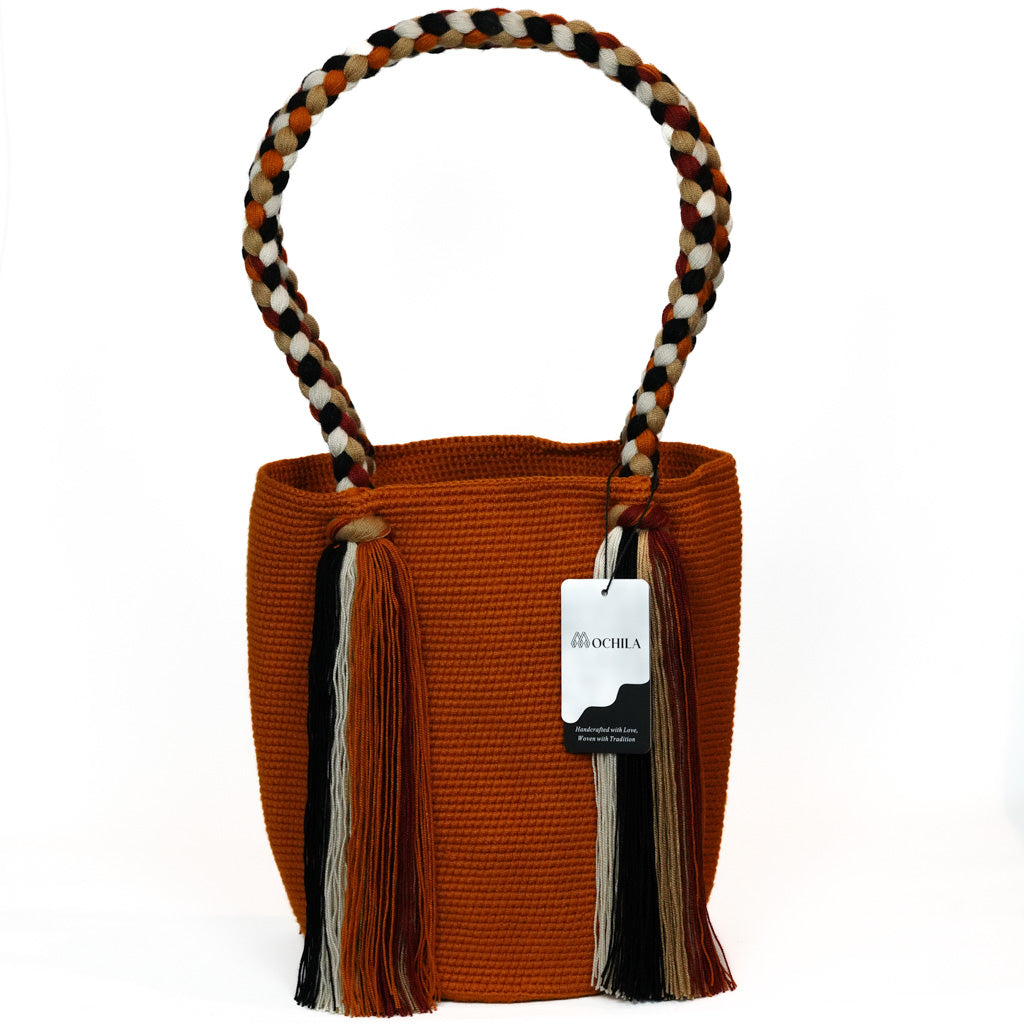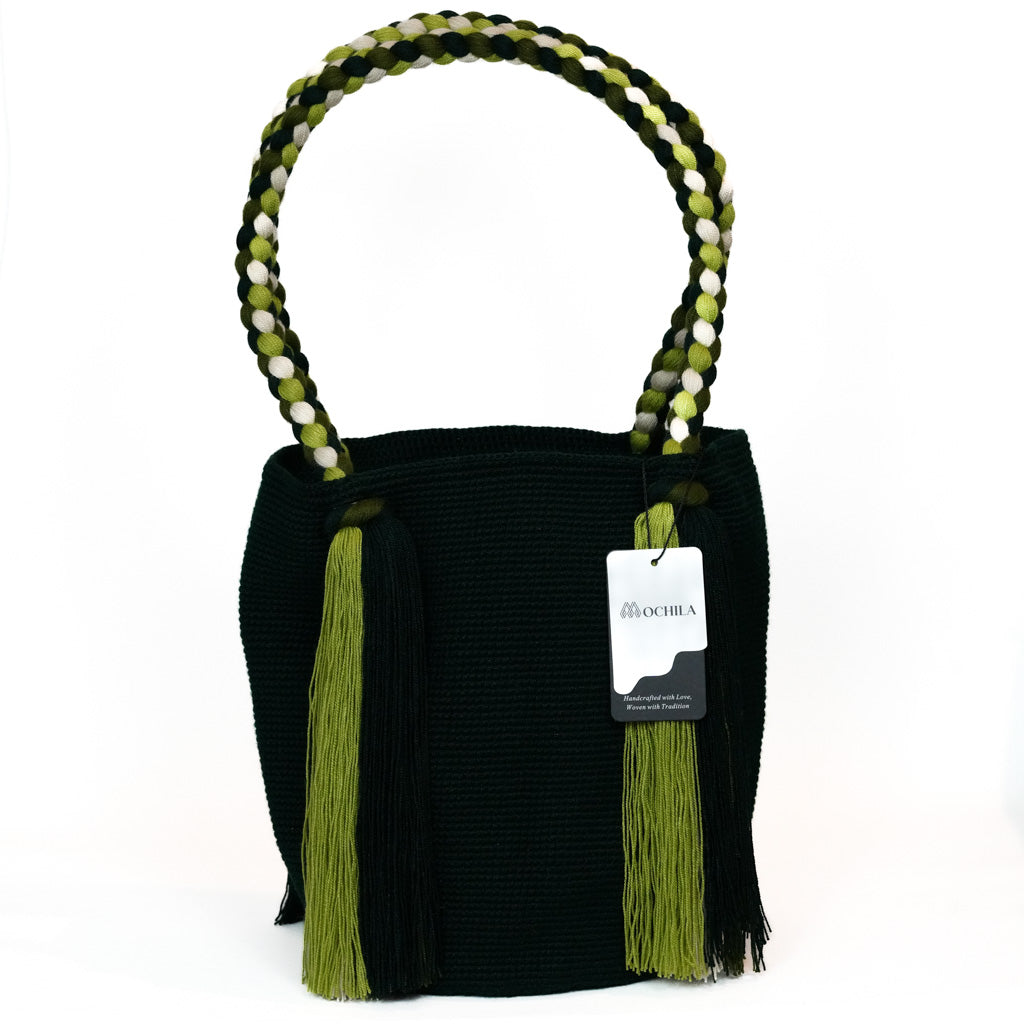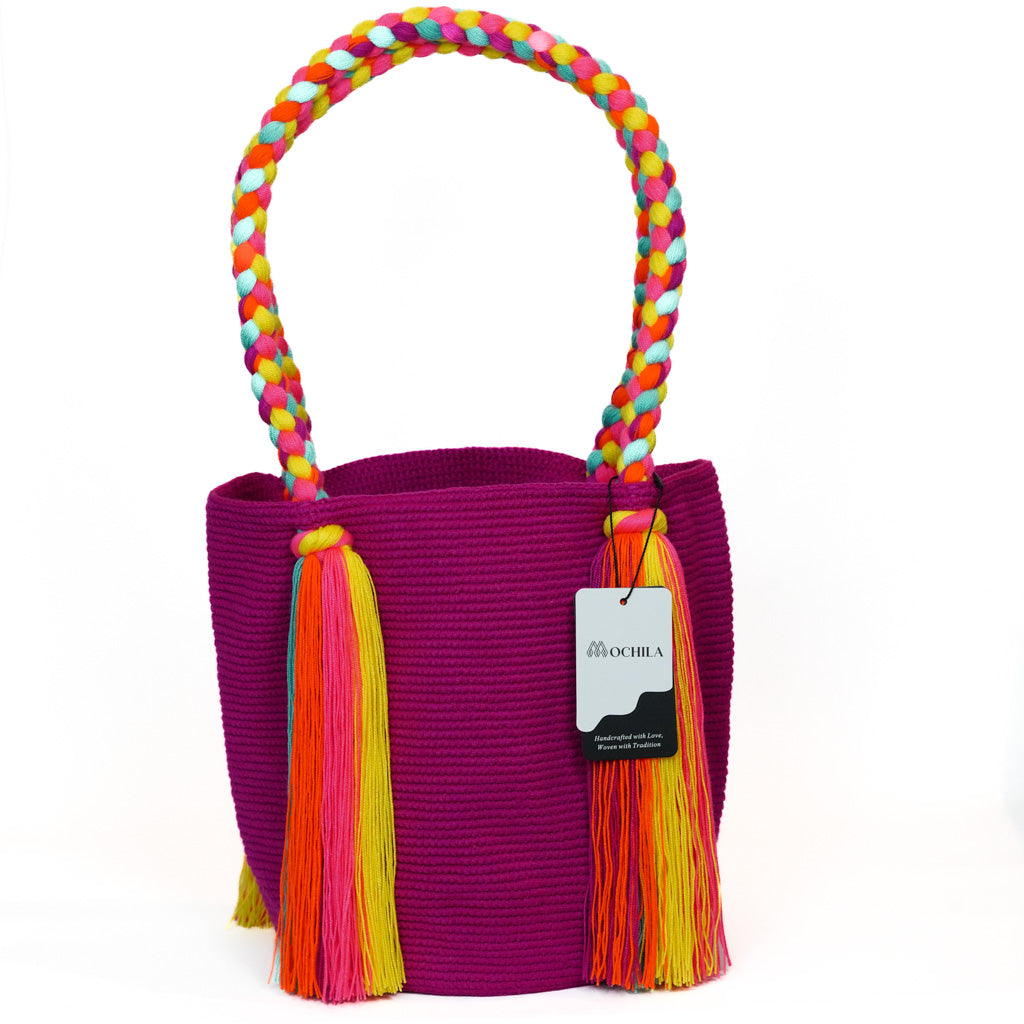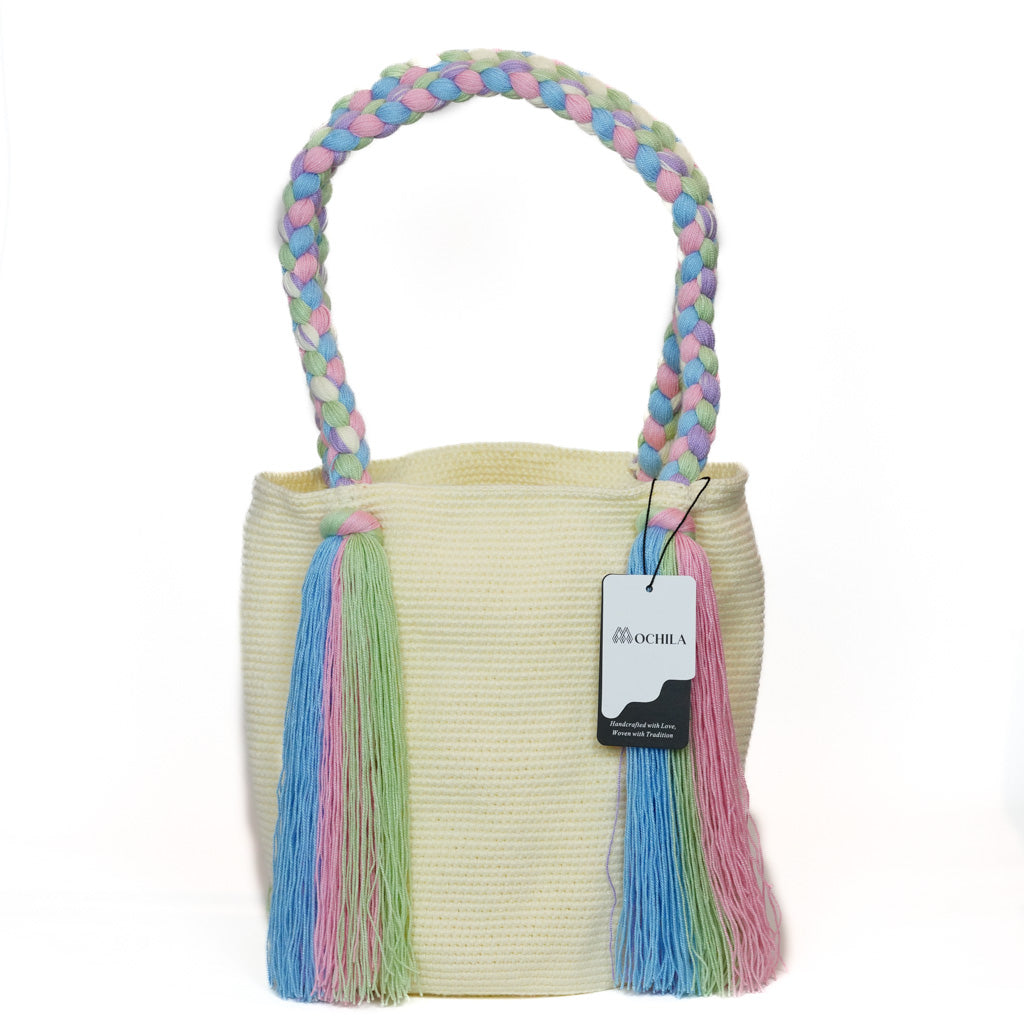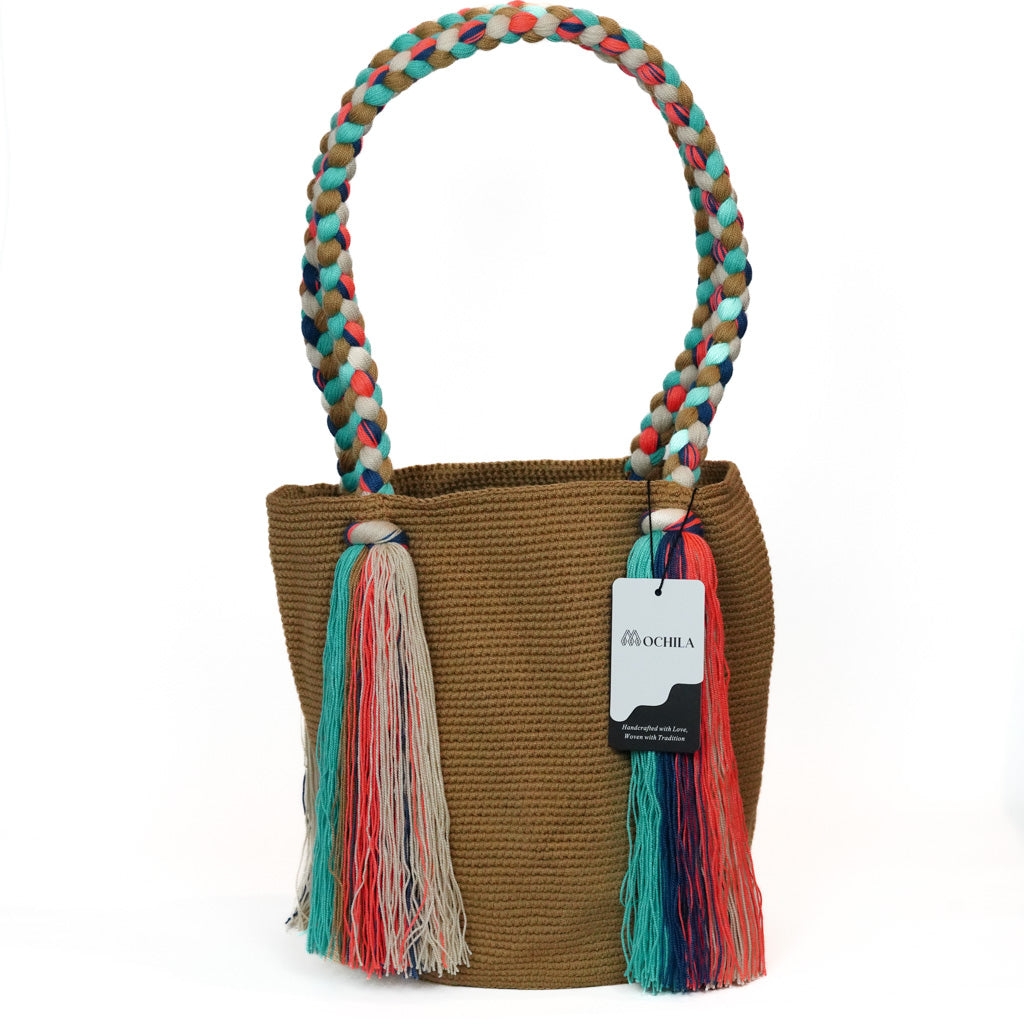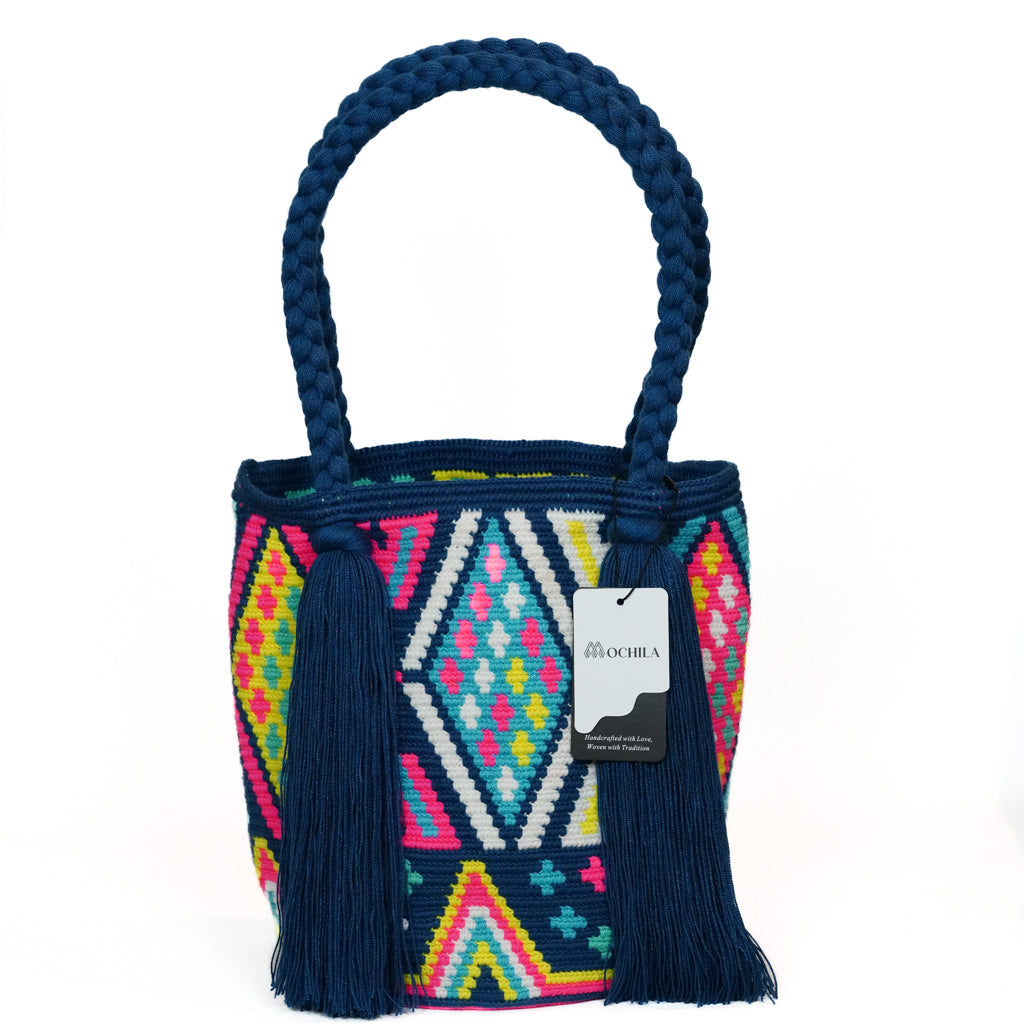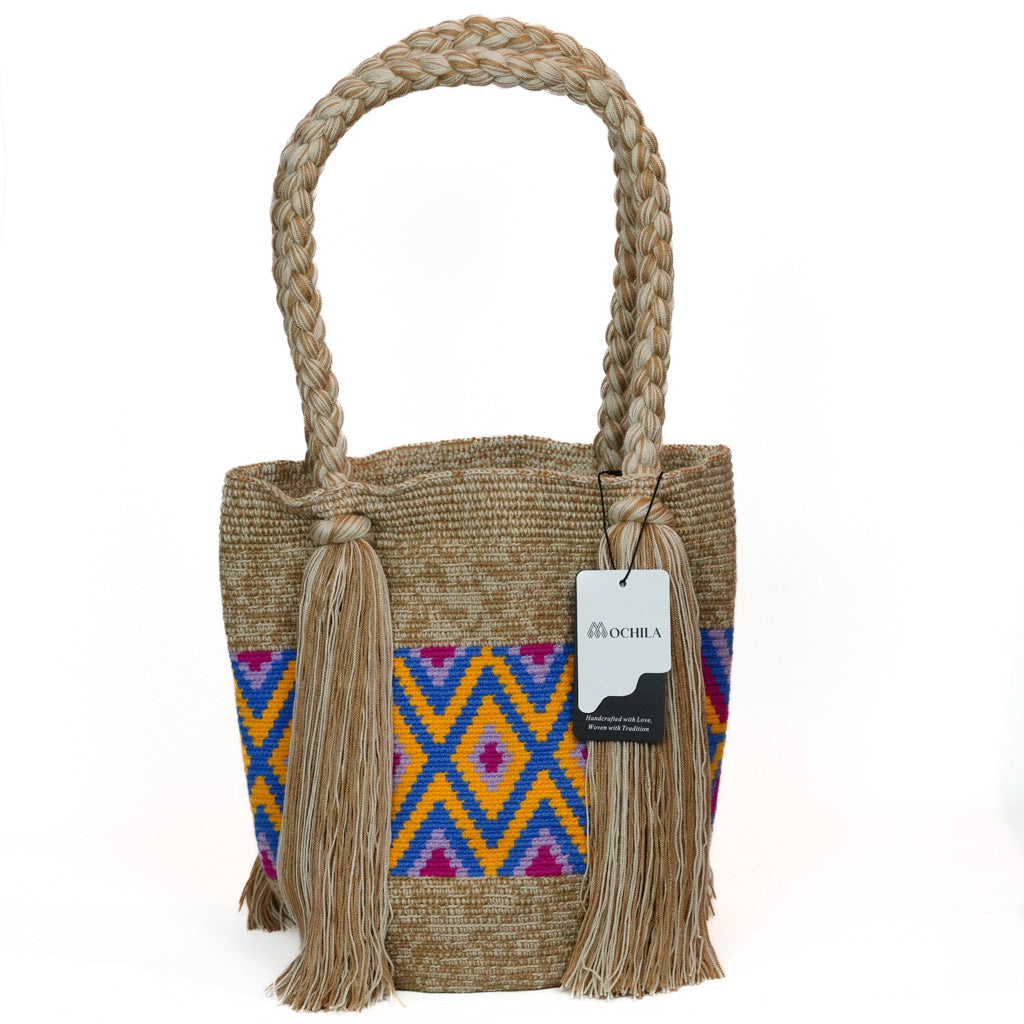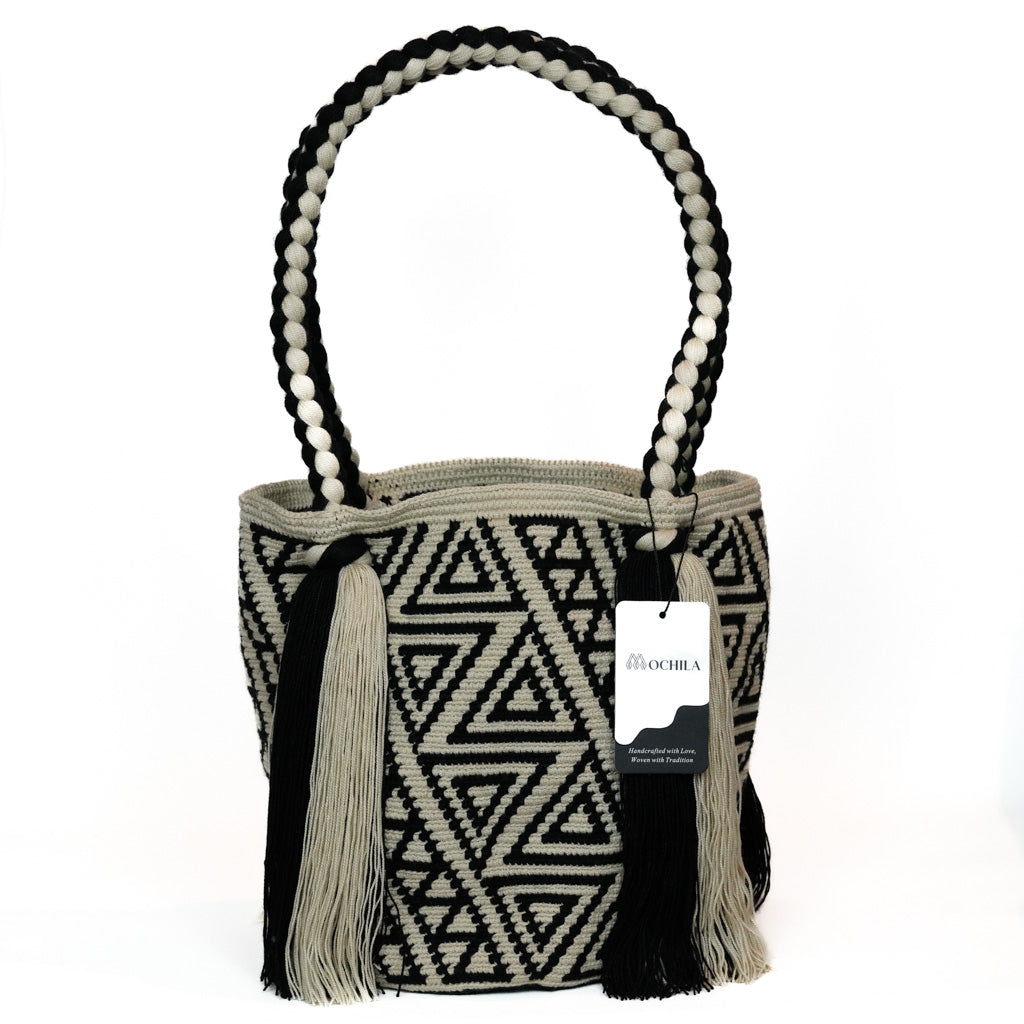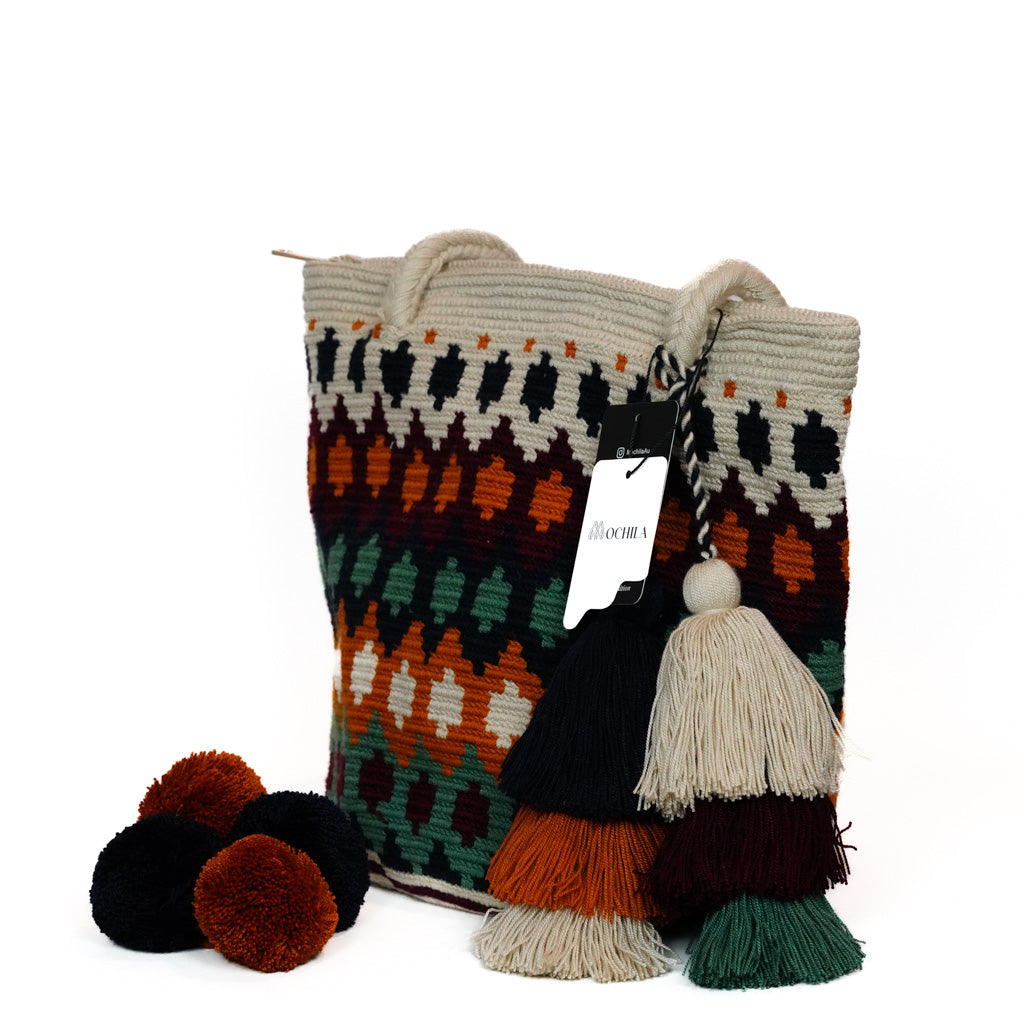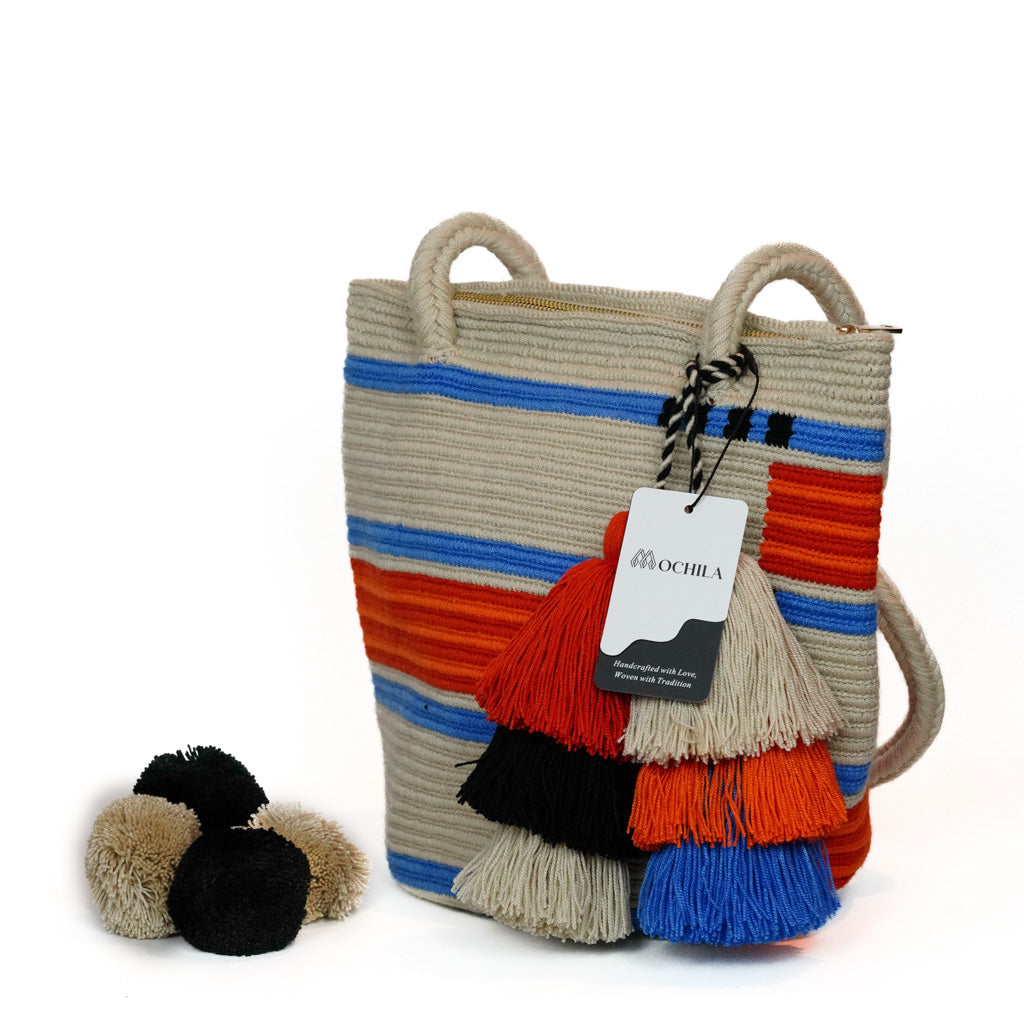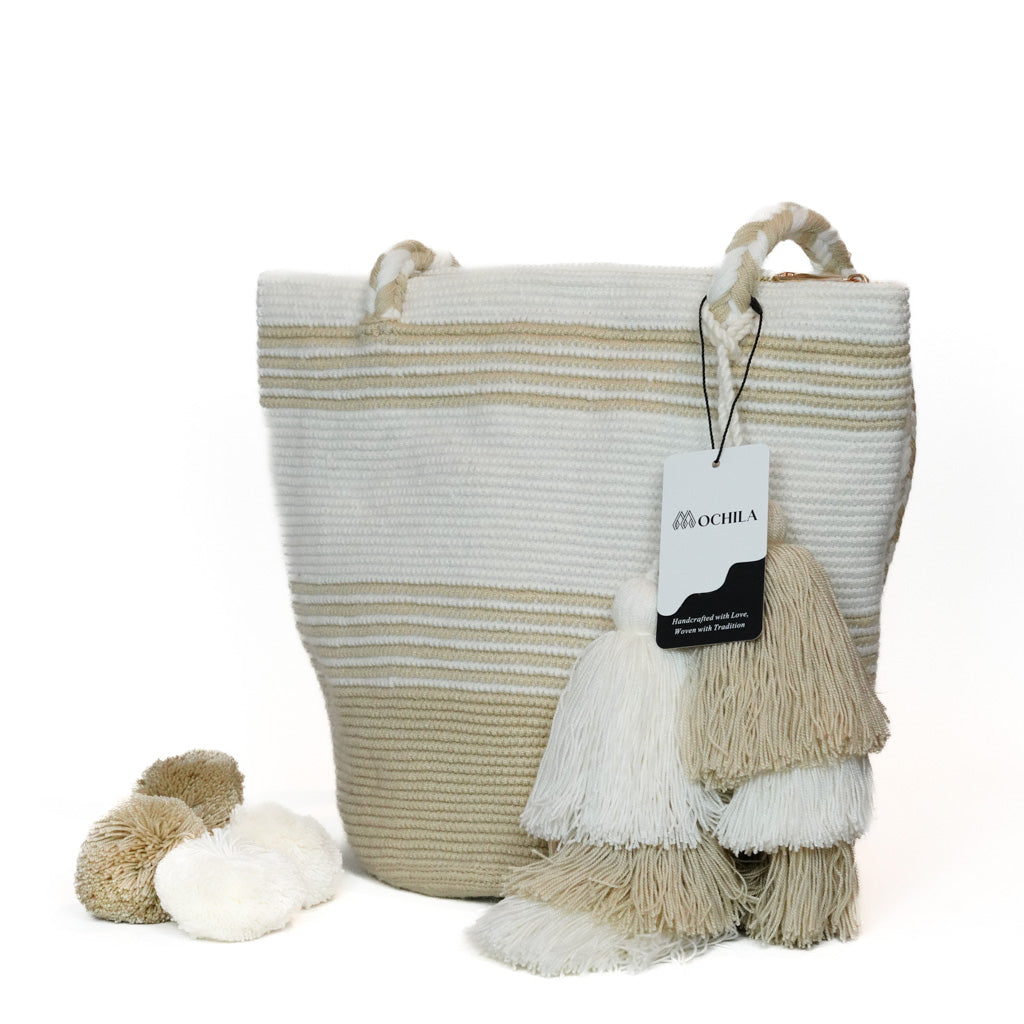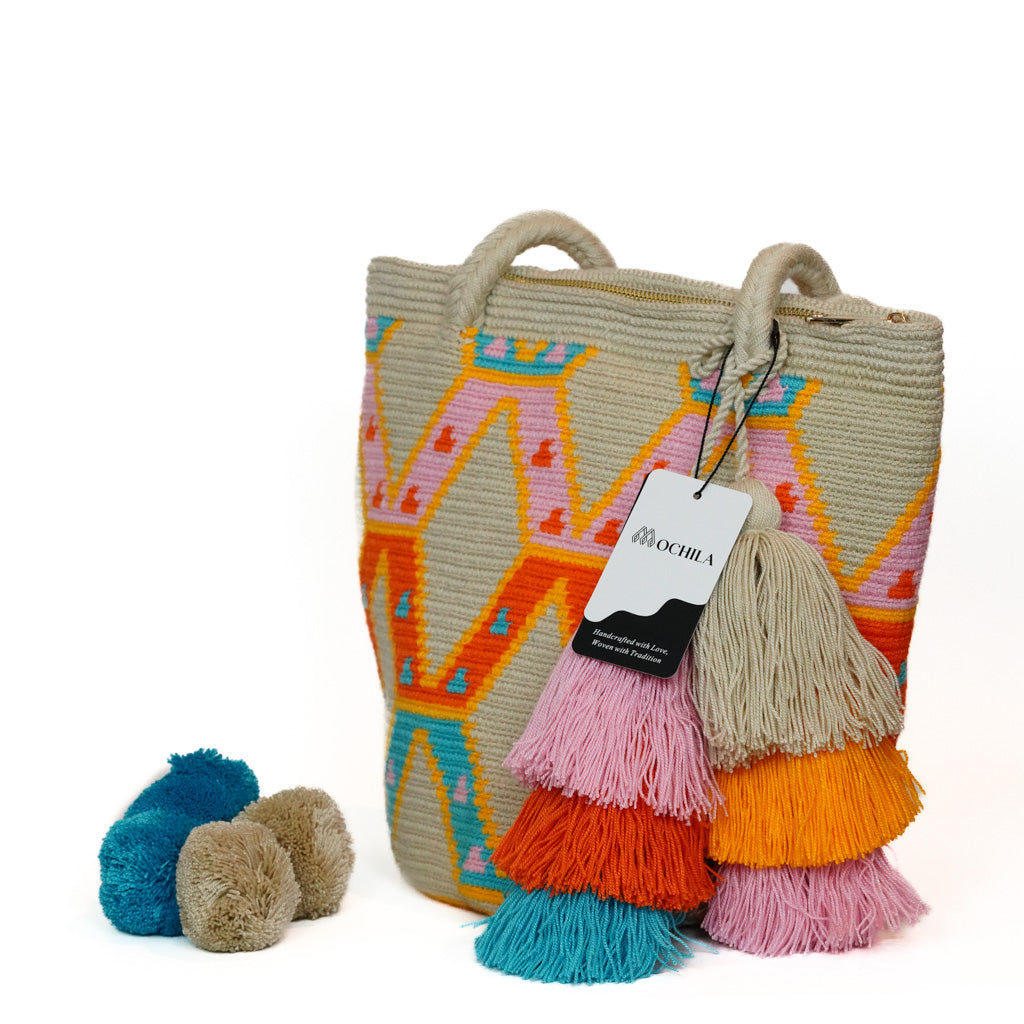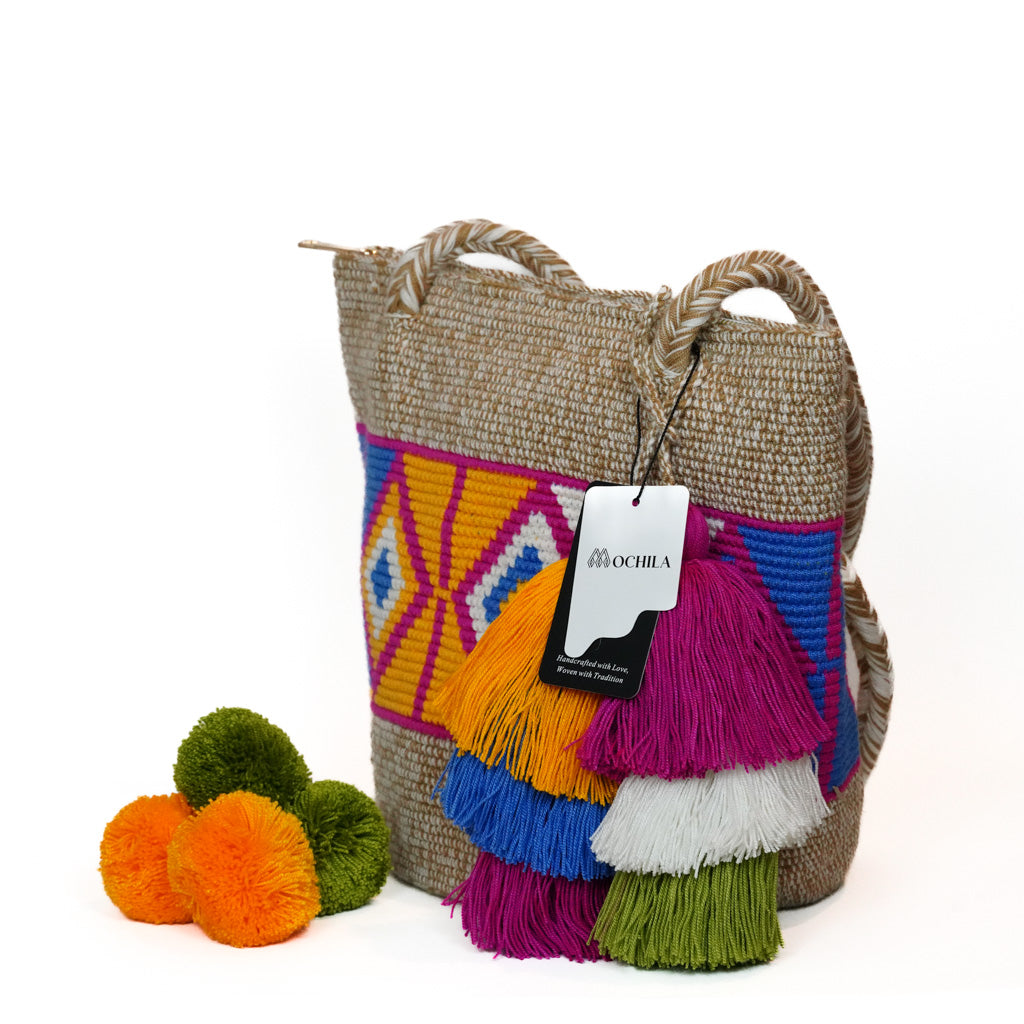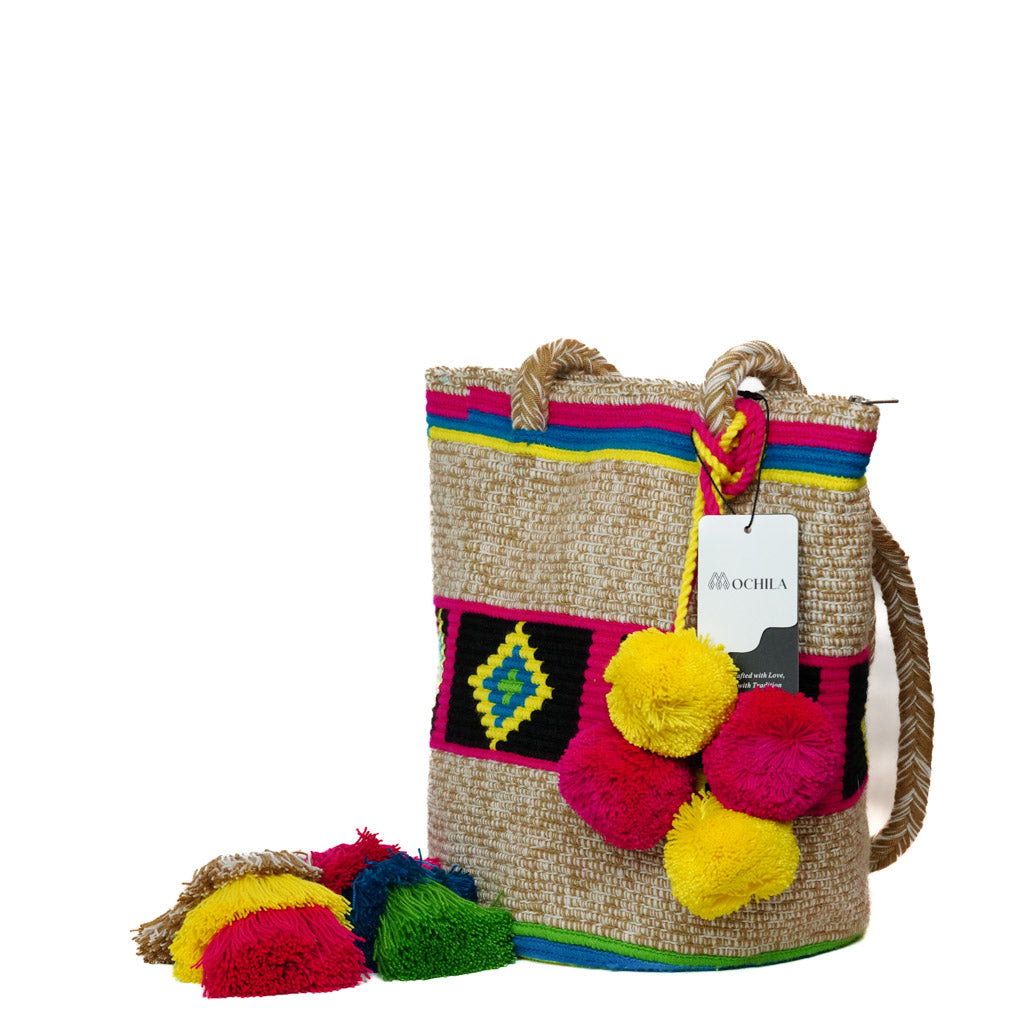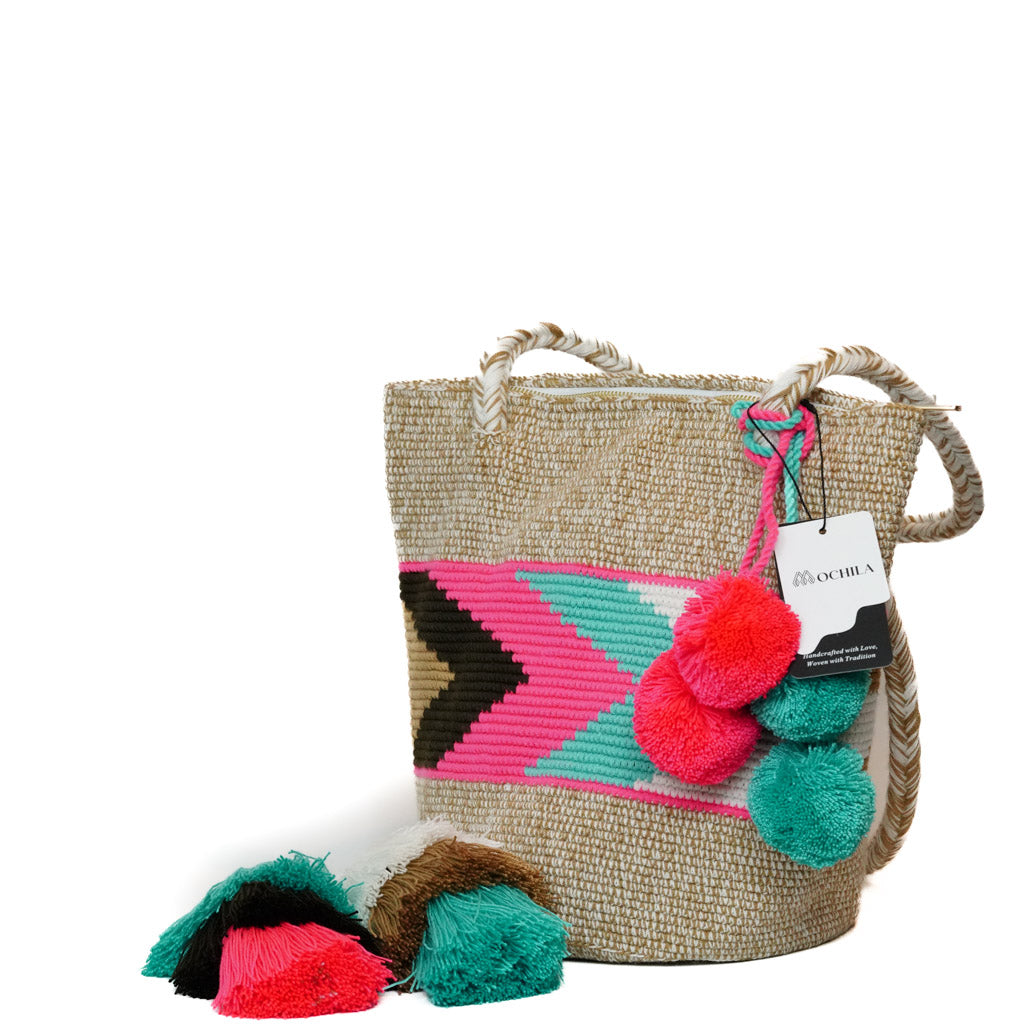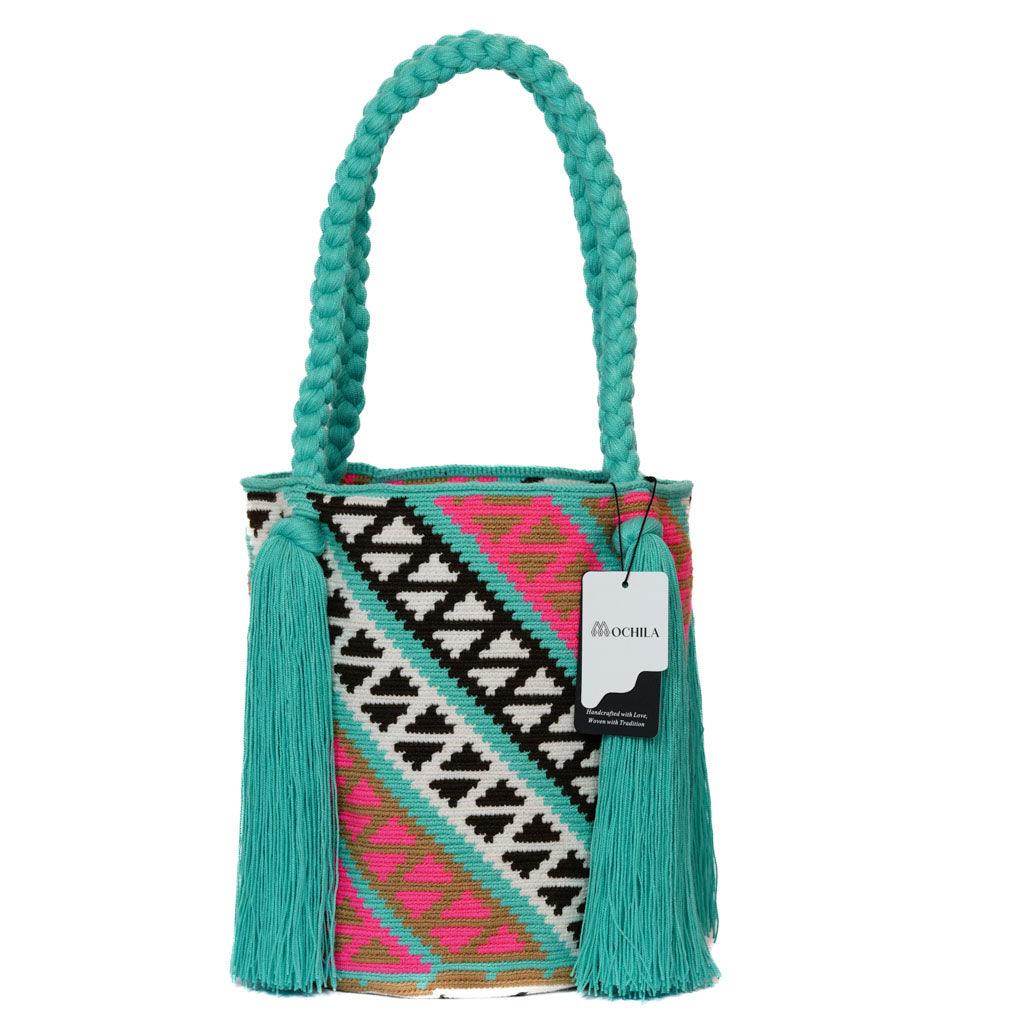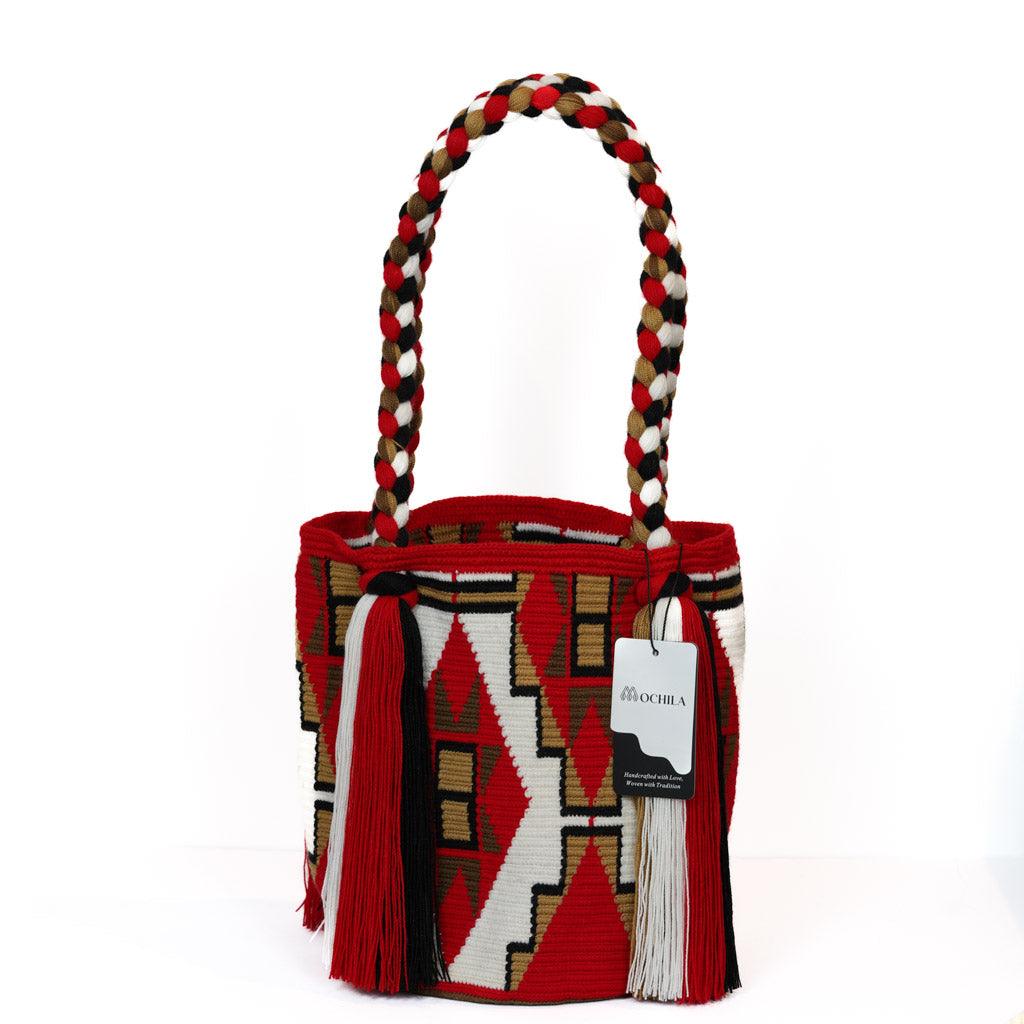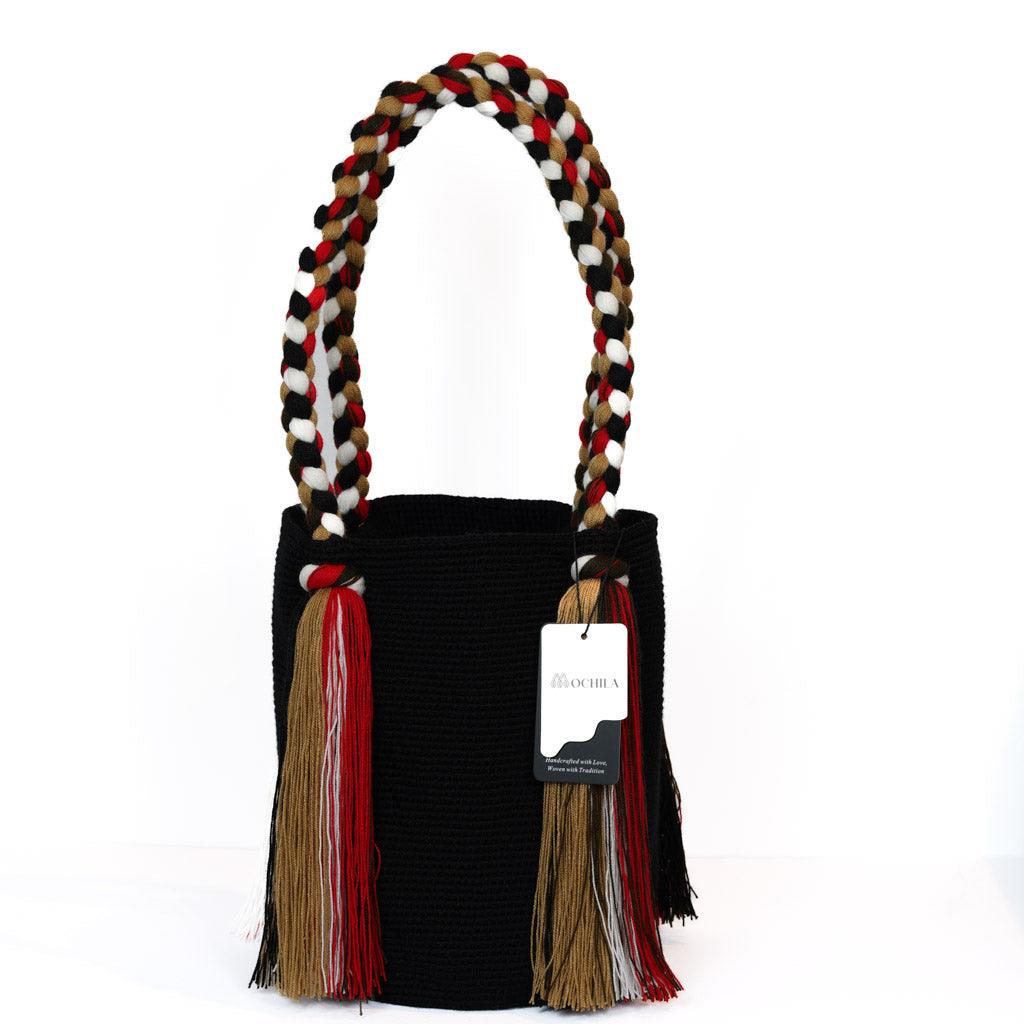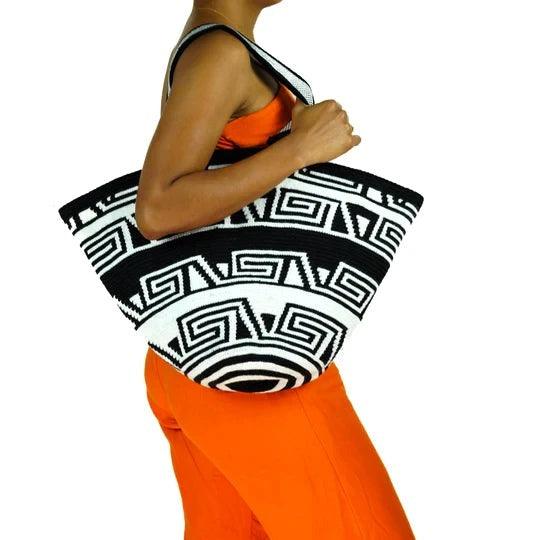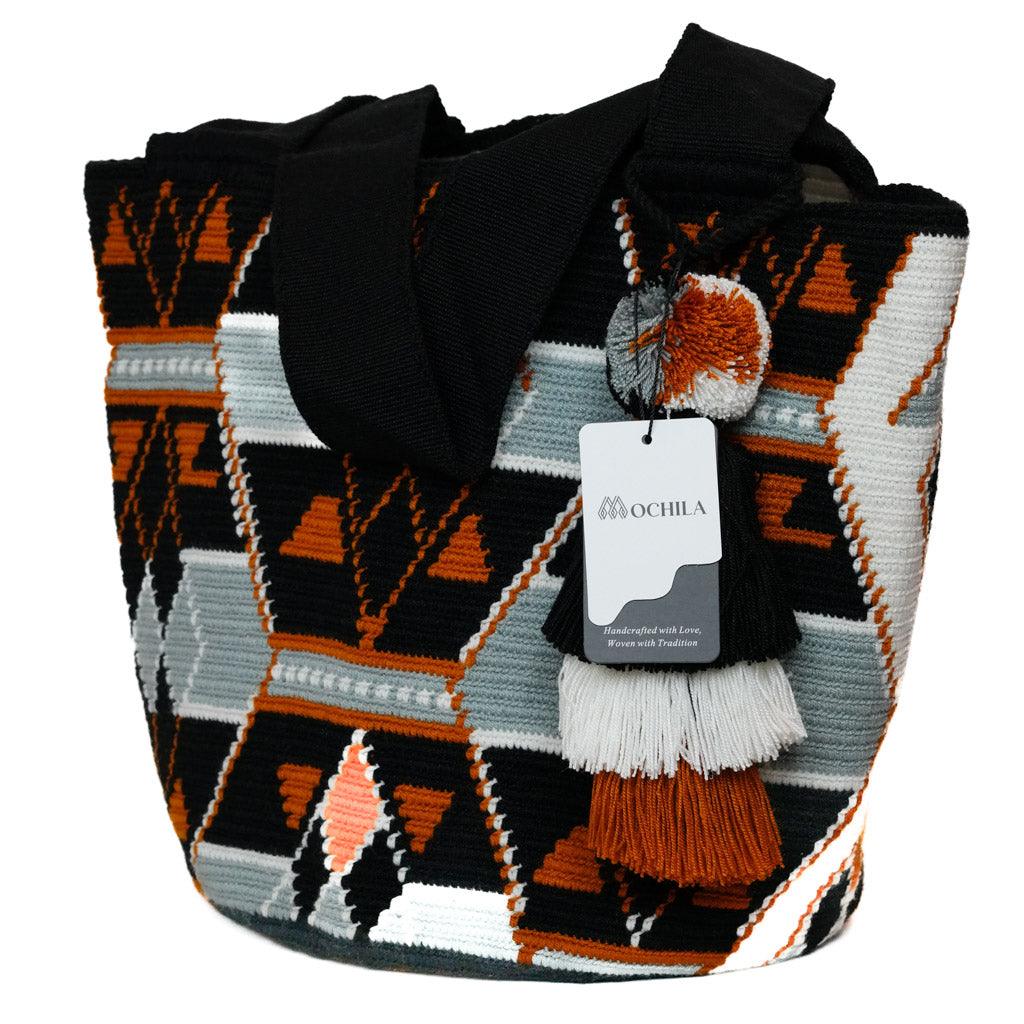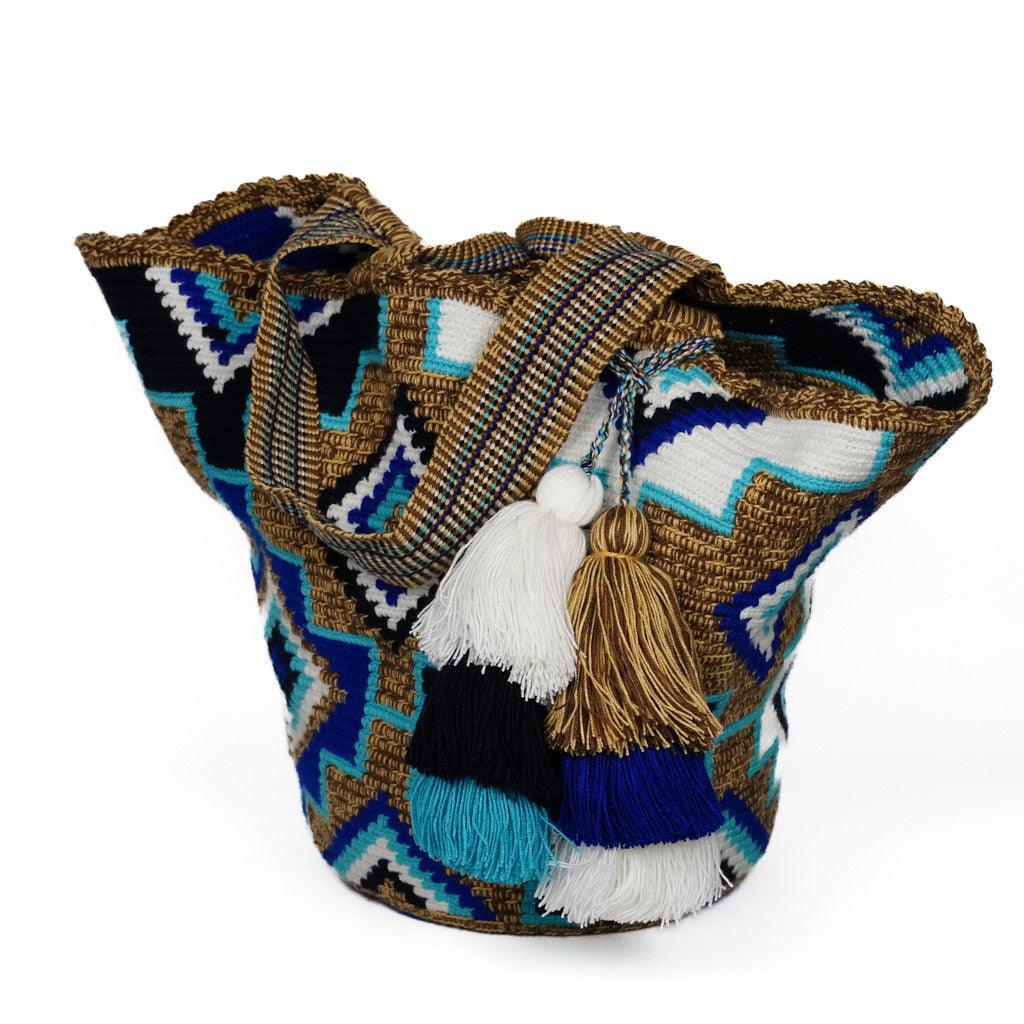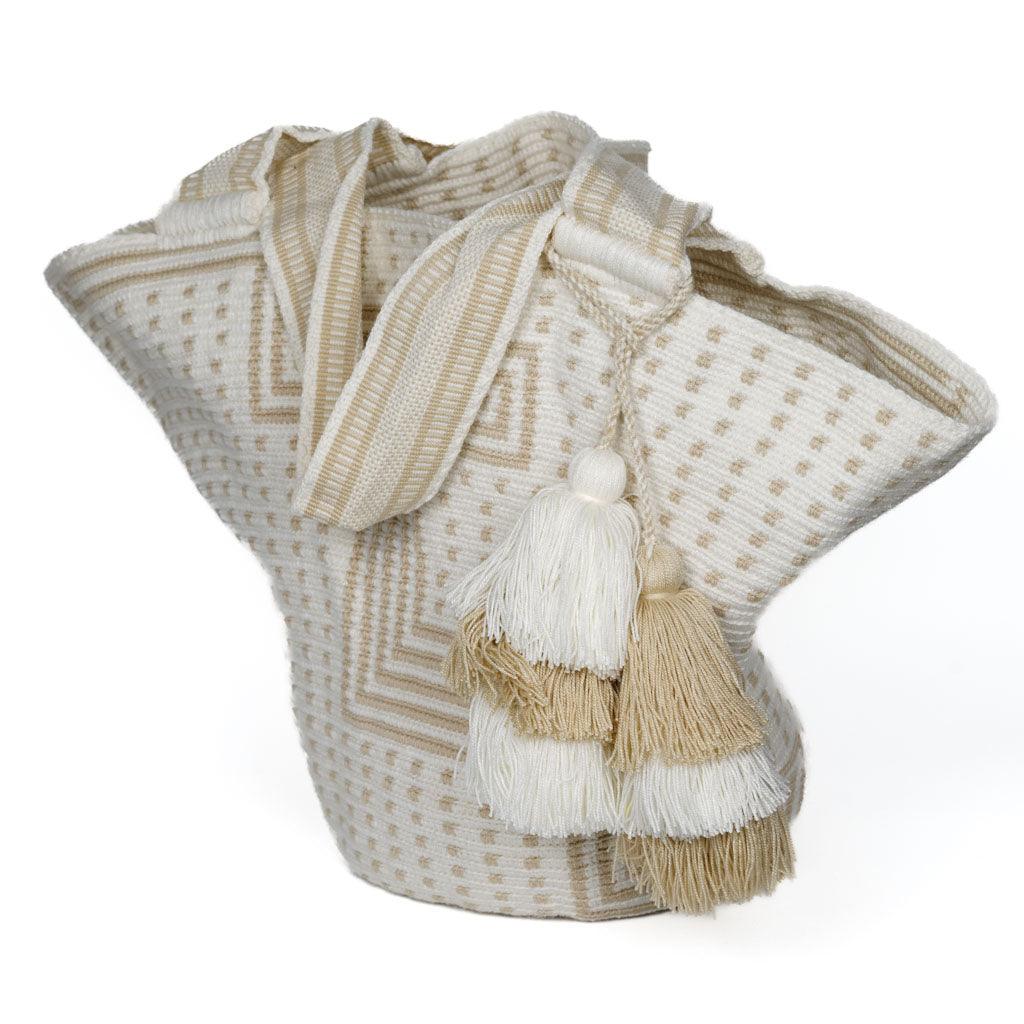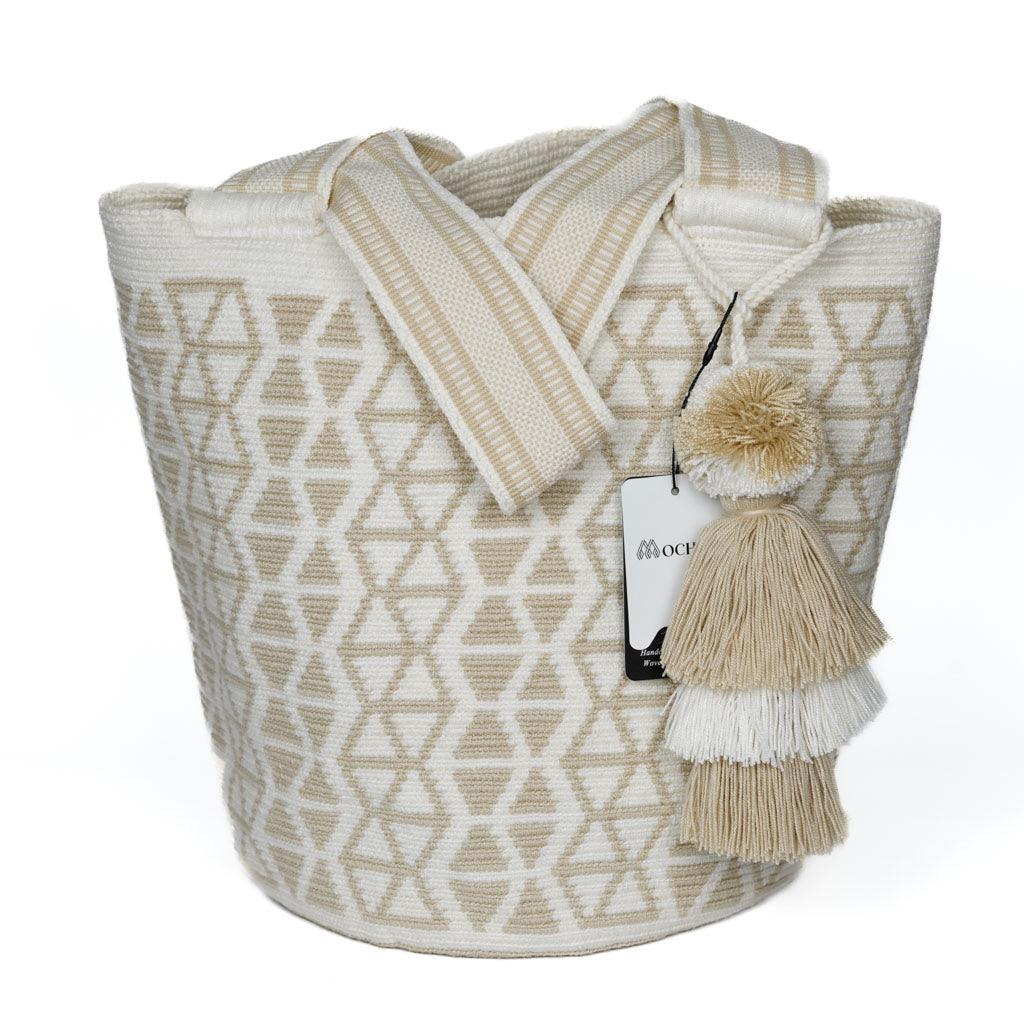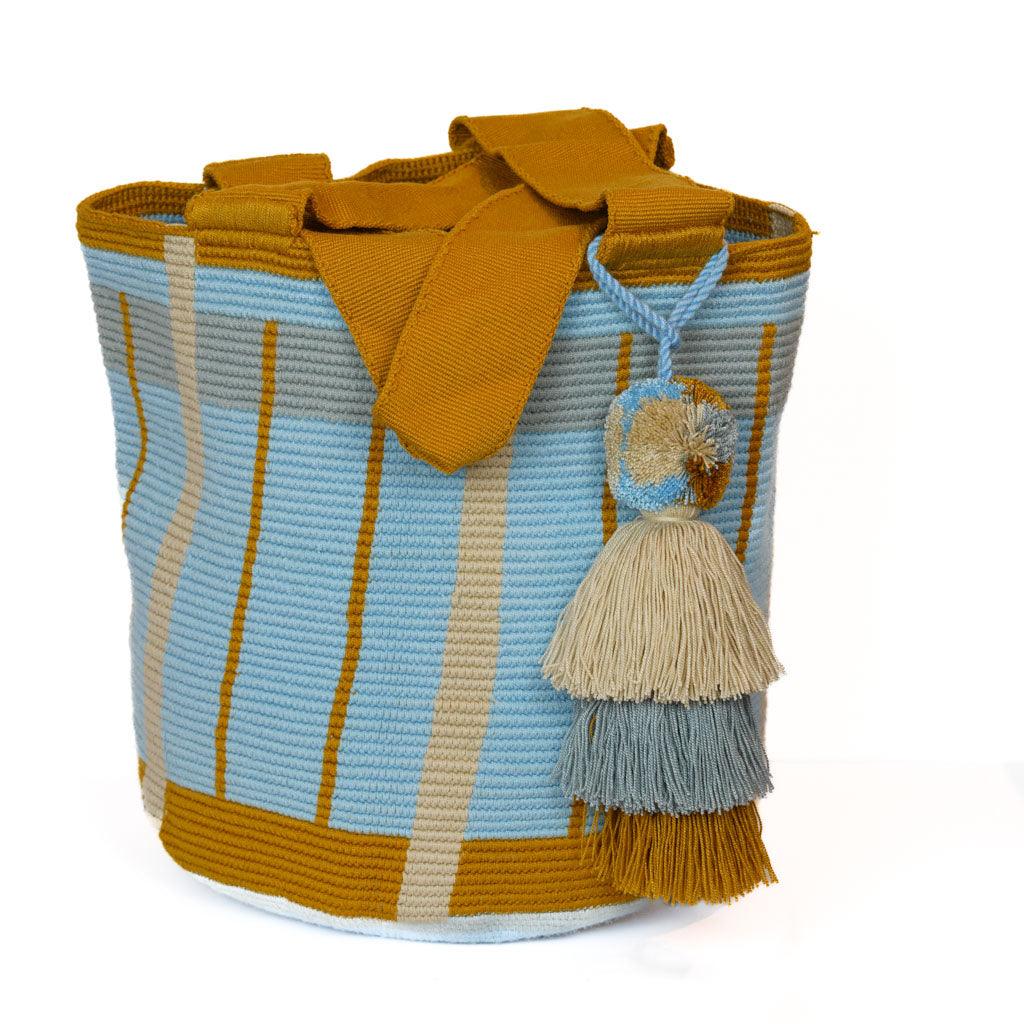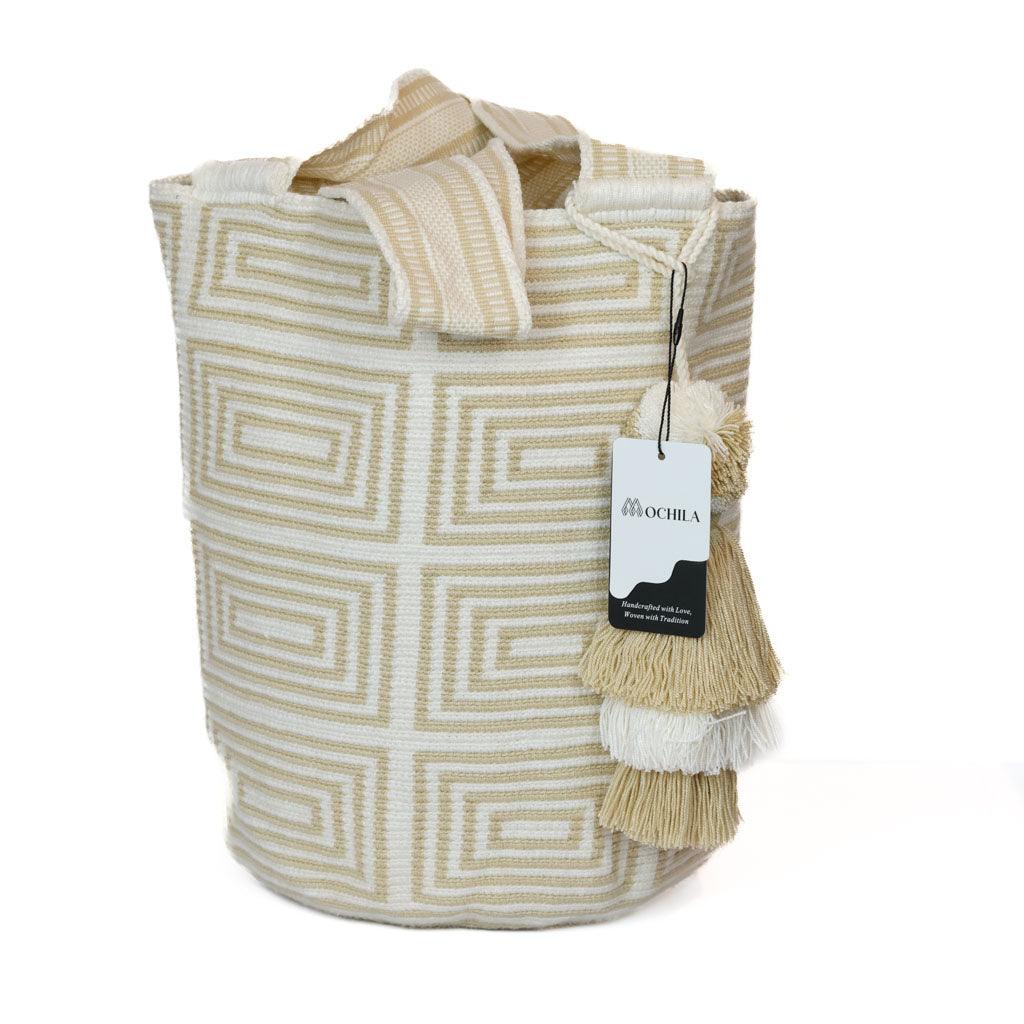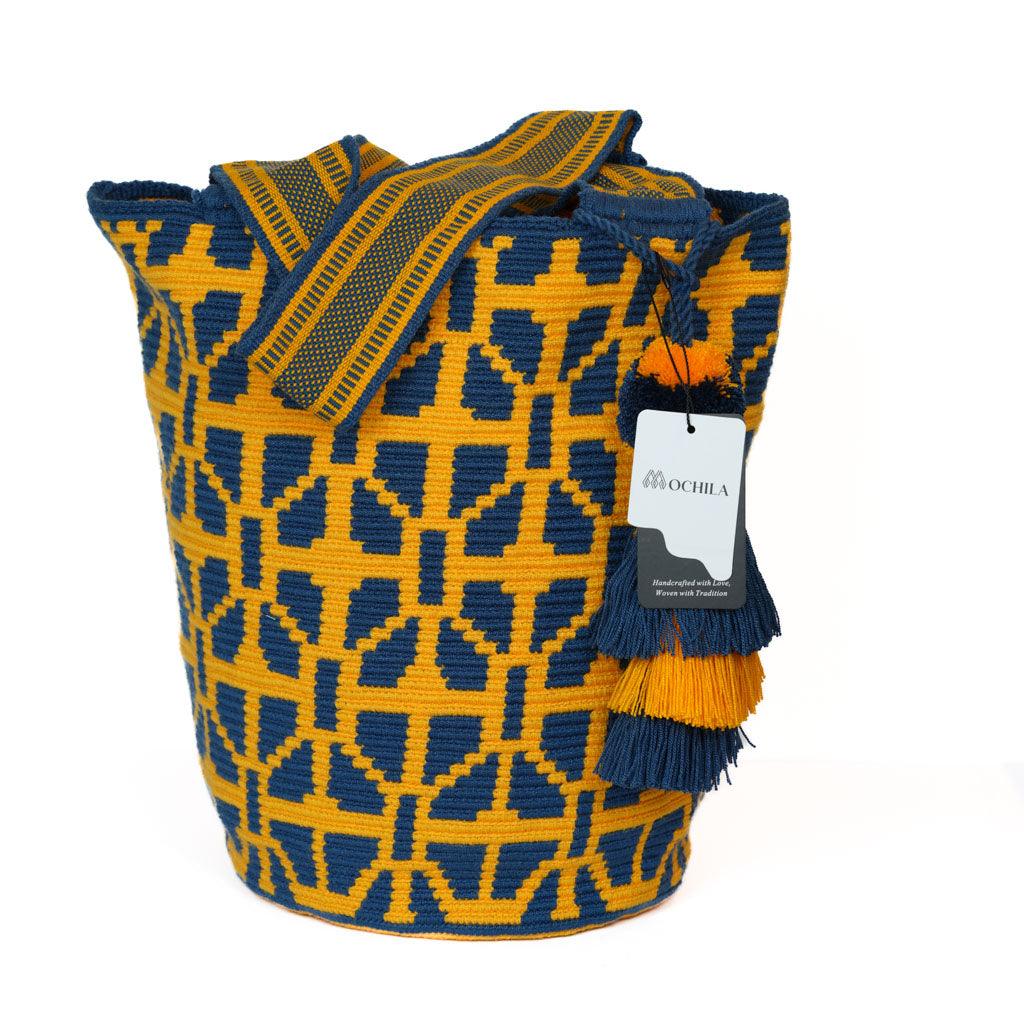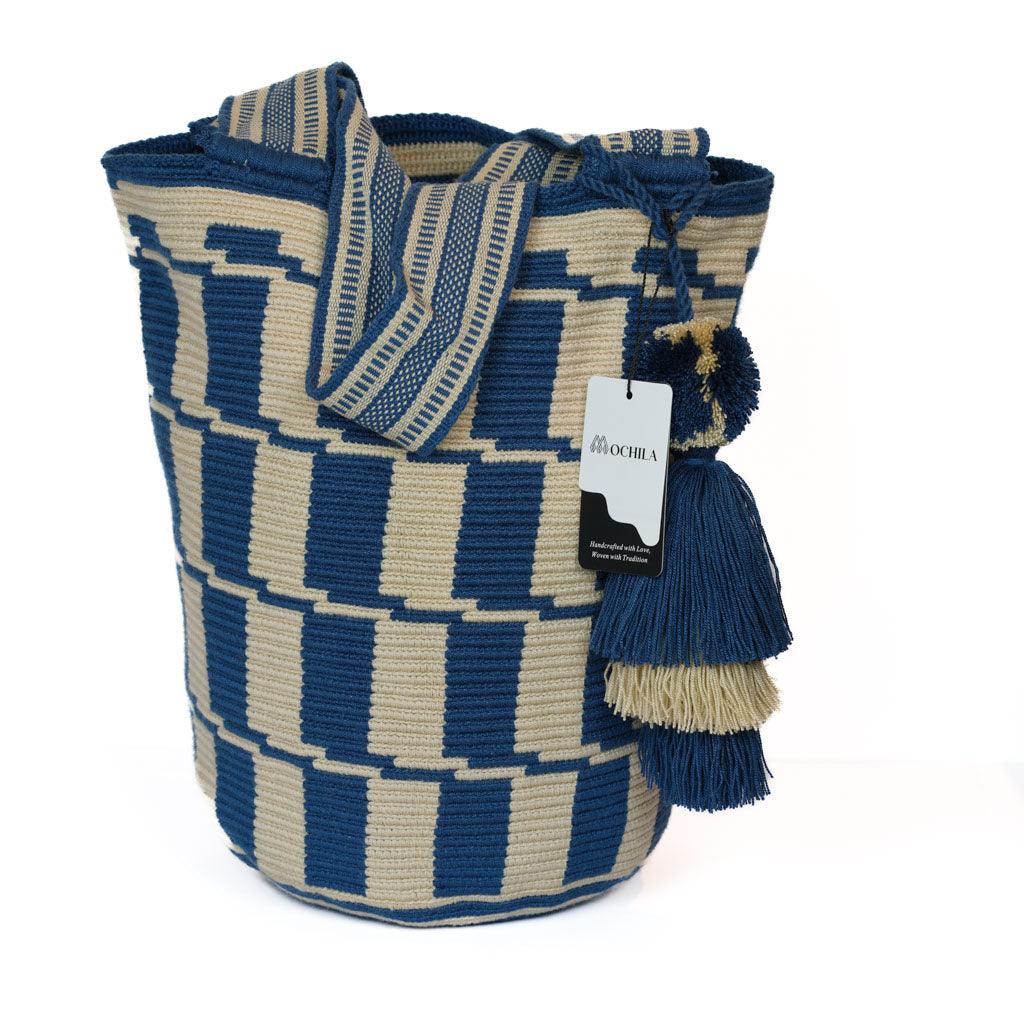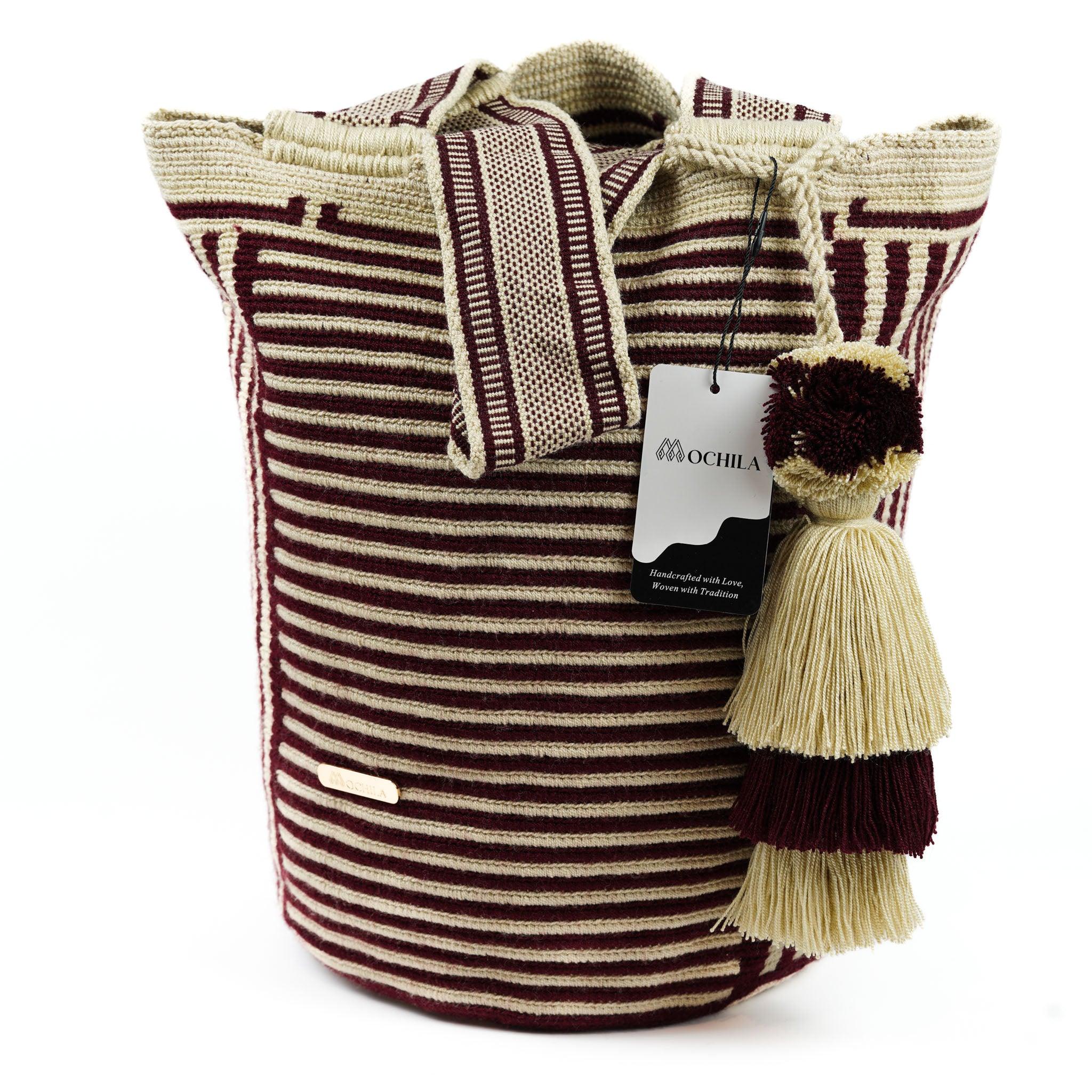Crochet Basics Revisited
Before delving into how to crochet beach cover-ups, it's helpful to revisit some crochet basics. This involves getting familiar with the essential crochet stitches and understanding how crochet patterns work.
Essential Crochet Stitches
Whether you are a seasoned crafter or a beginner, mastering the basic crochet stitches plays a crucial role in your journey toward creating beautiful beach cover-ups. Here are four stitches that you will commonly find in most crochet patterns:
Chain Stitch (ch): The foundation of most crochet projects, the chain stitch creates the starting point for your pattern.
Single Crochet (sc): This is the shortest stitch and forms a tight, dense fabric.
Double Crochet (dc): A taller stitch that creates a looser fabric, perfect for flowy and airy beach cover-ups.
Treble Crochet (tr): This is the tallest of the basic stitches and creates a very loose and open fabric.
Make sure to practice these stitches before starting your project to ensure a smooth crocheting process. For a detailed step-by-step guide on these stitches, you can refer to our article on how to crochet stitches.
Understanding Crochet Patterns
Crochet patterns can seem intimidating at first, especially when they are filled with abbreviations and symbols. However, once you get the hang of it, you'll find that they provide all the information you need to complete your project successfully.
Here are some key components that you'll find in a crochet pattern:
Materials: This section lists the type and amount of yarn you'll need, the size of the crochet hook, and any additional materials like stitch markers or a yarn needle.
Stitch Guide: This part of the pattern provides a list of all the stitches and techniques used in the pattern. Each stitch is usually represented by an abbreviation (e.g., "sc" for single crochet) or a symbol.
Instructions: This is the main part of the pattern. It walks you through each step of the project, often row by row or round by round.
Finishing: This section provides instructions for adding any finishing touches to your project, such as weaving in ends or adding a border.
Understanding these components will help you navigate any crochet pattern with ease. If you're new to reading crochet patterns, check out our beginner's guide on how to crochet for beginners.
Remember, mastering these crochet basics is the first step in your journey to create stunning beach cover-ups. Don't rush this process. Practice these stitches and familiarize yourself with reading patterns, and soon you'll be ready to tackle your beach cover-up project with confidence.
Introduction to Beach Cover-Ups
Beach cover-ups are a staple in summer wardrobes, offering a stylish and practical way to transition from the water to other activities.
What Makes a Good Beach Cover-Up
The best beach cover-ups are both functional and fashionable. They should provide adequate coverage while also being easy to put on and take off. The material should be lightweight and breathable, suited for warm weather and able to dry quickly if it gets wet. It's also beneficial if the cover-up is easy to pack without taking up too much space or wrinkling.
From a design perspective, good beach cover-ups often feature bright colors or patterns, aligning with the cheerful vibe of beach and summer activities. They may come in a variety of styles, from dresses and tunics to kaftans and sarongs, allowing one to choose a design that best suits their personal style and comfort preferences.
Why Crochet a Beach Cover-Up
Learning how to crochet beach cover-ups offers several advantages. Firstly, it allows for complete customization in terms of size, style, color, and pattern. This means you can create a unique piece that showcases your personal style and fits you perfectly.
Secondly, crocheting is a cost-effective way to add to your wardrobe. With some yarn, a crochet hook, and a bit of time, you can create a beautiful beach cover-up without the high price tag often associated with ready-made items in stores.
Finally, crocheting is a rewarding and therapeutic hobby. It offers a sense of achievement as you see your creation taking shape, and the repetitive nature of the stitches can be relaxing and meditative.
Whether you're new to crocheting or looking to take on a new project, crocheting a beach cover-up is a fun and practical project. Check out our articles on how to crochet and how to crochet for beginners to get started.
Five Steps to Crochet Beach Cover-Ups
Creating a beach cover-up using crochet techniques can be a rewarding project. With the right steps, it's possible to create a unique piece that's not only functional but also showcases your personal style. Here are five steps on how to crochet beach cover-ups.
Step 1: Choosing the Right Yarn and Hook
For beach cover-ups, it's crucial to choose a yarn that's lightweight, breathable, and dries quickly. Cotton is a popular choice due to its absorbency and durability. As for the hook, the size will depend on the yarn's weight and the desired tightness of your stitches. If you're unsure about which hook to use, refer to our guide on how to determine crochet hook sizes.
Step 2: Selecting a Pattern
Choosing a pattern is the next step in creating your beach cover-up. There are countless patterns available online, ranging from simple designs for beginners to more complex ones for experienced crocheters. When selecting a pattern, consider your skill level and the style of the cover-up you desire.
Step 3: Practicing the Required Stitches
Once you've chosen a pattern, identify the stitches it requires and practice them. Common stitches used in crochet cover-ups include the chain stitch, single crochet, and double crochet. If you're unfamiliar with any of these stitches, our step-by-step guide on how to crochet stitches can help you master them.
Step 4: Starting Your Crochet Project
With your yarn, hook, pattern, and stitches ready, it's time to start crocheting. Begin by making a foundation chain of the required length, then follow your pattern row by row. Make sure to count your stitches carefully to ensure your work stays even.
Step 5: Finishing Touches
After you've completed the main part of your cover-up, you may want to add some finishing touches. This could include creating a border, adding tassels, or weaving in loose ends. Depending on your pattern, you might also need to seam parts of your cover-up together.
Following these steps will help you create a beautiful beach cover-up. Remember, crochet is a skill that improves with practice. So don't be discouraged if your first attempt isn't perfect. With patience and persistence, you'll be able to proudly wear your handmade cover-up on your next beach outing.
Tips for Crocheting Beach Cover-Ups
As you work on mastering how to crochet beach cover-ups, there are certain tips and tricks that can make your project more successful and rewarding. These include choosing the right size, adding personal touches, and caring for your crochet cover-up once it's finished.
Choosing the Right Size
One of the most important aspects of crocheting a beach cover-up is ensuring the right fit. This requires measuring yourself accurately and following the pattern's sizing guide closely. Your cover-up should be comfortable and loose, allowing for easy movement.
As you crochet, try the cover-up on periodically to check the fit. Remember that crochet fabric has some stretch, so it's better to err on the side of making your cover-up slightly smaller rather than larger.
Adding Personal Touches
Personal touches can transform your crochet beach cover-up from an ordinary piece into a unique creation that reflects your style. Consider experimenting with different stitches or color combinations. You might add a fringe or tassels to the hem, or incorporate beadwork into your design.
Remember, the goal is to create a cover-up that you'll love wearing, so don't be afraid to deviate from the pattern and make it your own. For more inspiration on personalizing your crochet projects, check out our article on how to crochet festival accessories.
Care and Maintenance of Your Crochet Cover-Up
After putting in the time and effort to crochet a beautiful beach cover-up, you'll want to ensure it stays in great shape. Proper care and maintenance are key to preserving your crochet work.
First, always check the care instructions for your yarn. Some yarns are machine washable, while others need to be hand-washed. Avoid wringing or twisting your cover-up as this can stretch or distort the stitches. Instead, gently squeeze out excess water and lay it flat to dry.
Secondly, store your cover-up carefully when it's not in use. Keep it in a cool, dry place away from direct sunlight, which can cause colors to fade.
Lastly, consider using a fabric softener or conditioner specifically designed for hand-knits. This can help to keep your cover-up soft and flexible, and may also reduce the likelihood of the yarn pilling over time.
By following these tips, you can create a gorgeous crochet beach cover-up that fits well, reflects your personal style, and lasts for many seasons to come. Now that you've mastered how to crochet beach cover-ups, why not learn how to crochet summer tops or how to crochet tote bags? Happy crocheting!
Common Troubleshooting
As you embark on your journey to crochet beach cover-ups, you might encounter some common crochet issues that could disrupt your progress. It's crucial to learn how to address these so that your project runs smoothly. This section will delve into dealing with common crochet errors, adjusting your pattern, and fixing misshapen stitches.
Dealing with Common Crochet Errors
Crocheting involves a lot of intricate handiwork, and it's not uncommon to make errors, especially for beginners. Some of the most common crochet errors include adding or skipping stitches, uneven tension, and difficulties in understanding patterns.
If you're adding or skipping stitches, it's usually an issue of counting. Ensure to count your stitches after every row to keep track. Uneven tension often results from how tightly or loosely you hold the yarn. With practice, you'll be able to find a consistent tension that works best for you.
Difficulties in understanding patterns can be addressed by taking time to familiarize yourself with crochet abbreviations and symbols. There are many resources online, including our article on how to crochet, which can help you better understand different crochet patterns.
Adjusting Your Pattern
Adjusting a pattern can be a bit tricky, especially if you're new to crocheting. However, it's often necessary to modify a pattern to suit your preferences or body measurements.
To adjust a pattern, you'll need to understand how the pattern repeats and how altering certain aspects will affect the final product. For instance, if you want to make a larger or smaller beach cover-up, you might need to add or reduce the number of pattern repeats.
Remember that any changes you make should be balanced to maintain the design's symmetry. If you're unsure about adjusting patterns, our article on how to crochet for beginners includes helpful tips on pattern modifications.
Fixing Misshapen Stitches
Misshapen stitches can result from uneven tension, improper hook size, or incorrect stitch placement. To correct misshapen stitches, first identify the cause of the problem.
If it's a tension issue, practice adjusting your grip on the yarn and hook. For problems with hook size, ensure you're using the recommended hook size for your yarn weight. Our article on how to determine crochet hook sizes can guide you in selecting the appropriate hook.
If the misshapen stitches are due to incorrect stitch placement, revisit the stitch instructions to ensure you're working into the correct part of each stitch.
Remember, crocheting is a skill that improves with practice. Don't be discouraged by these common issues. Instead, view them as learning opportunities on your journey to mastering how to crochet beach cover-ups.

